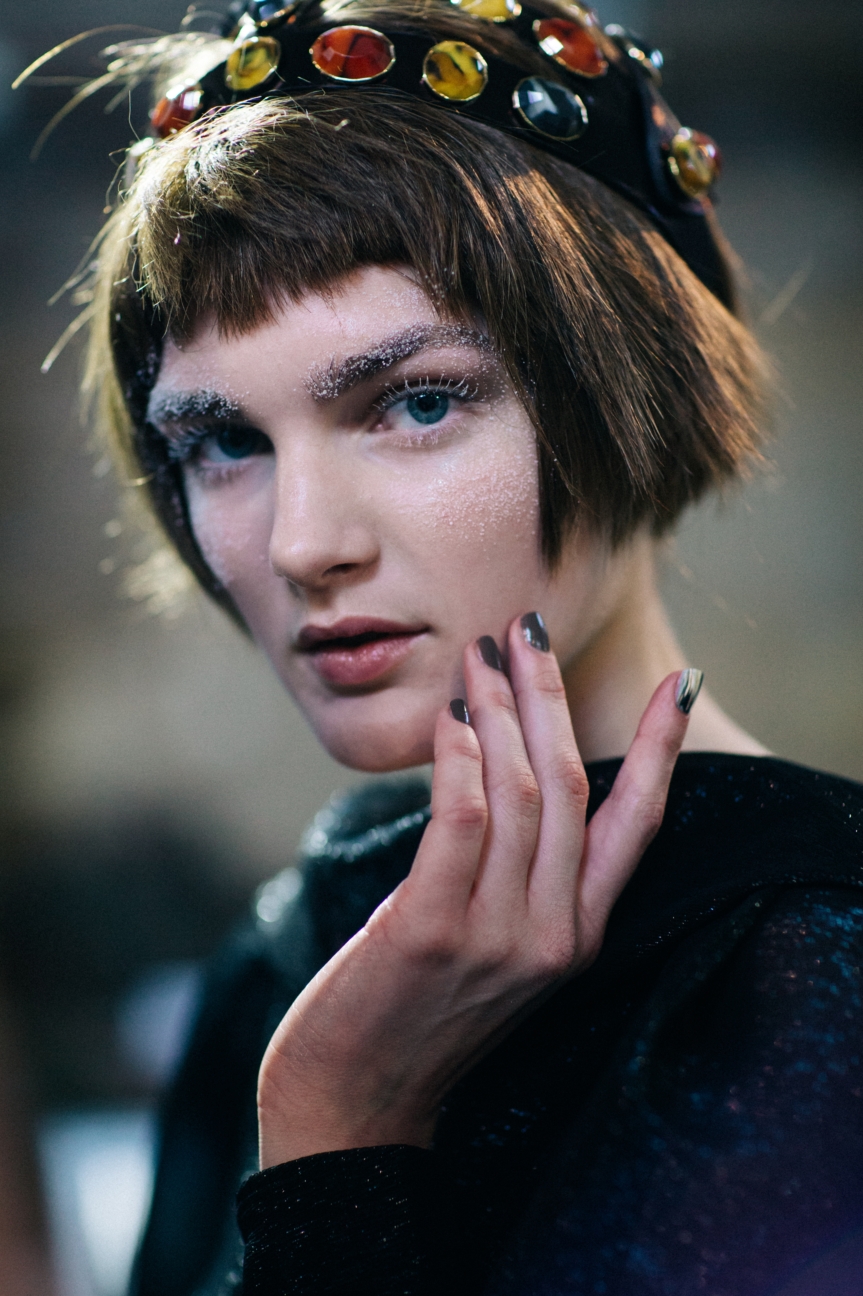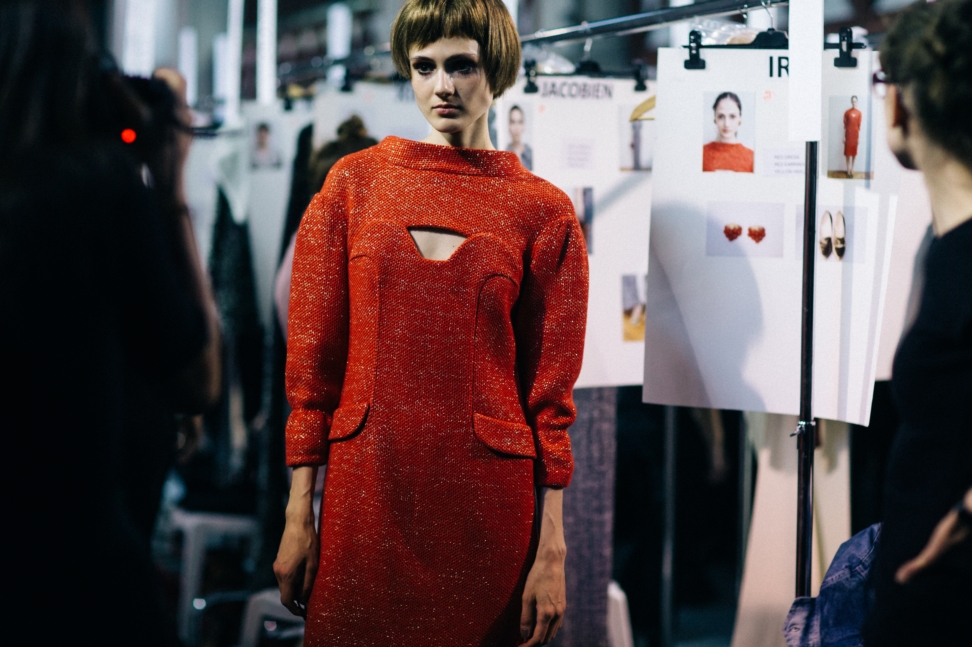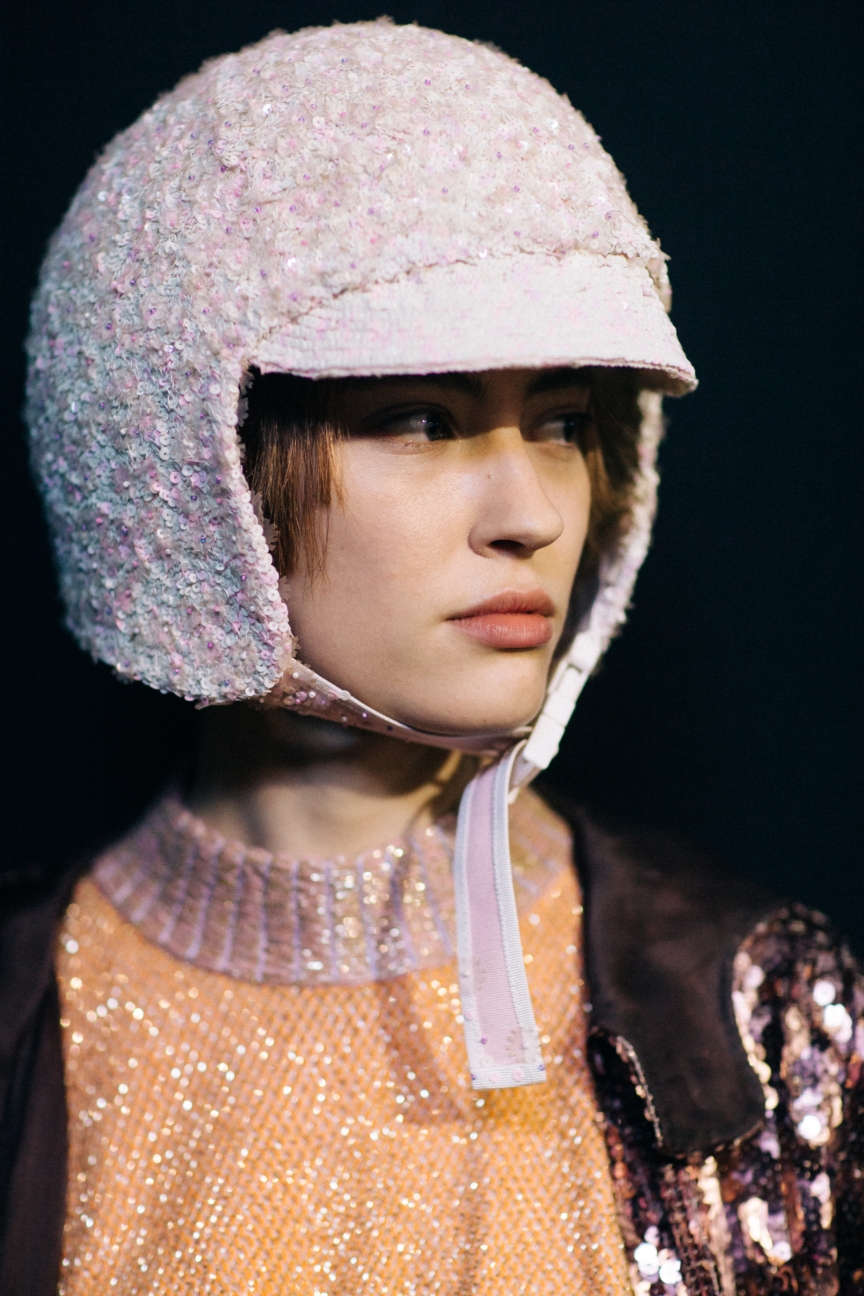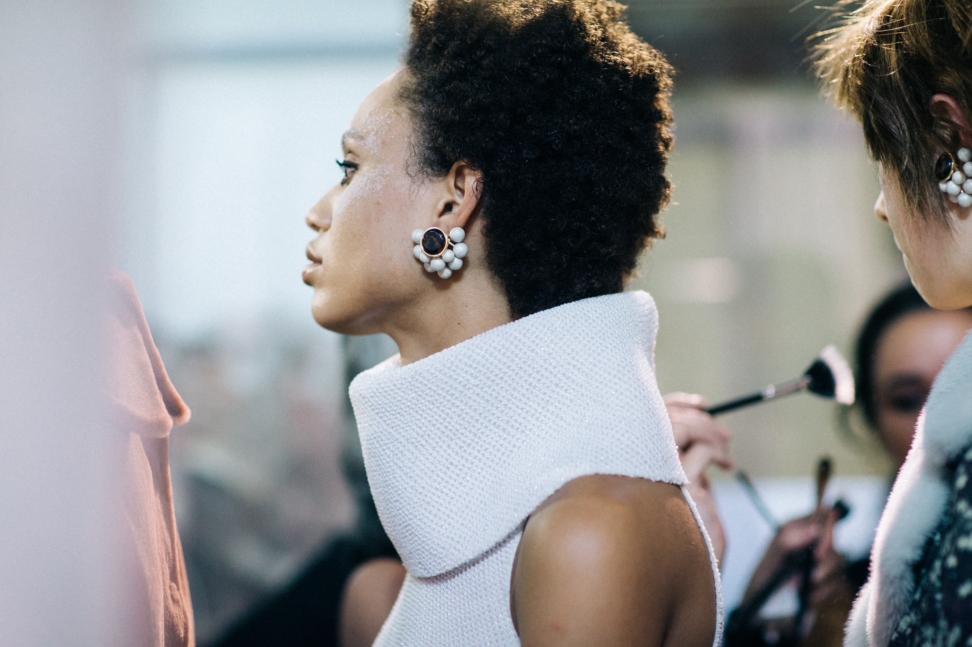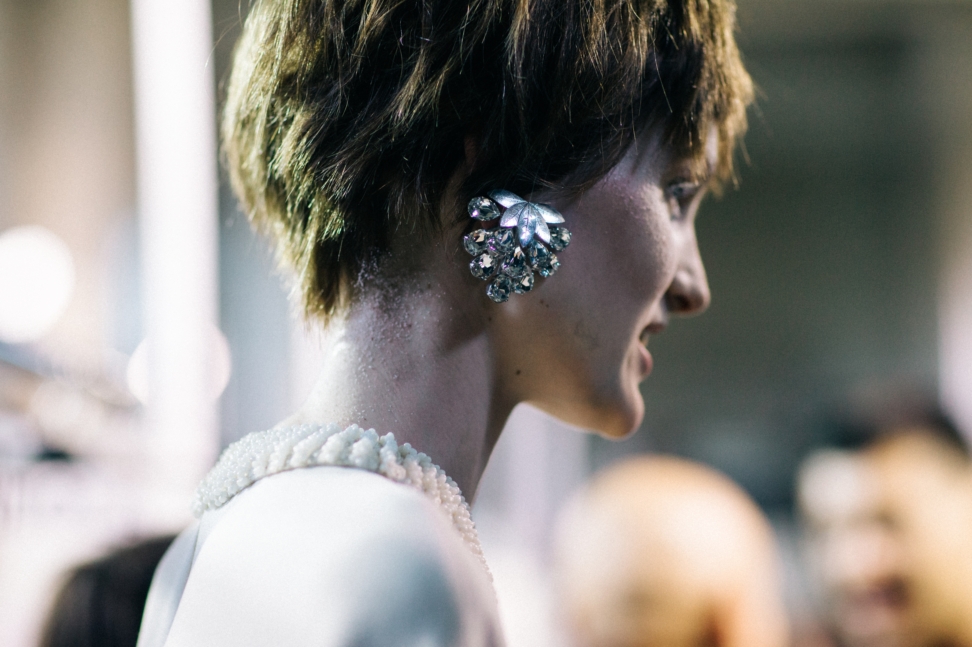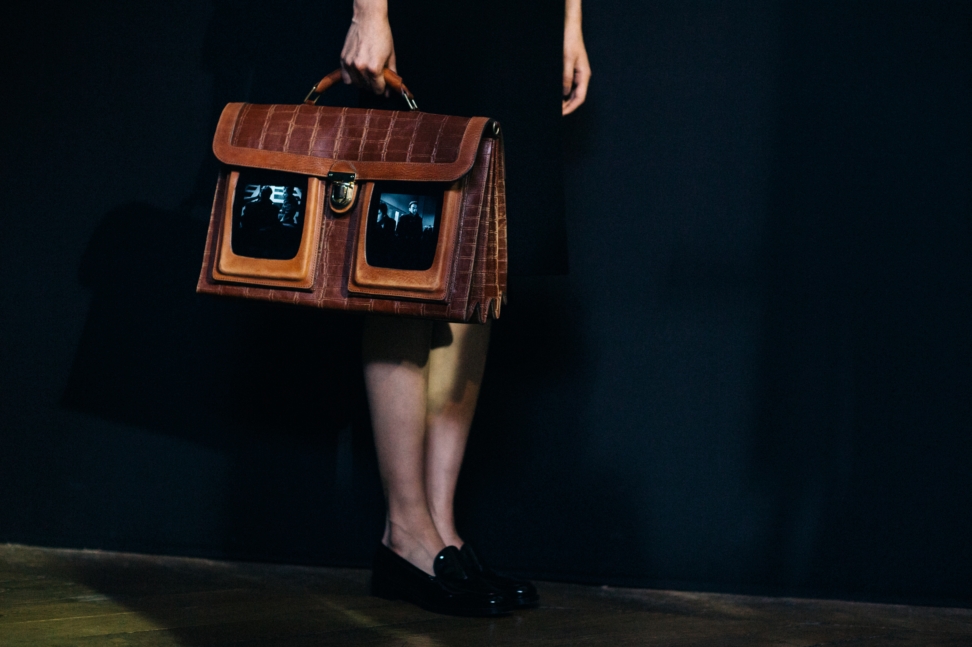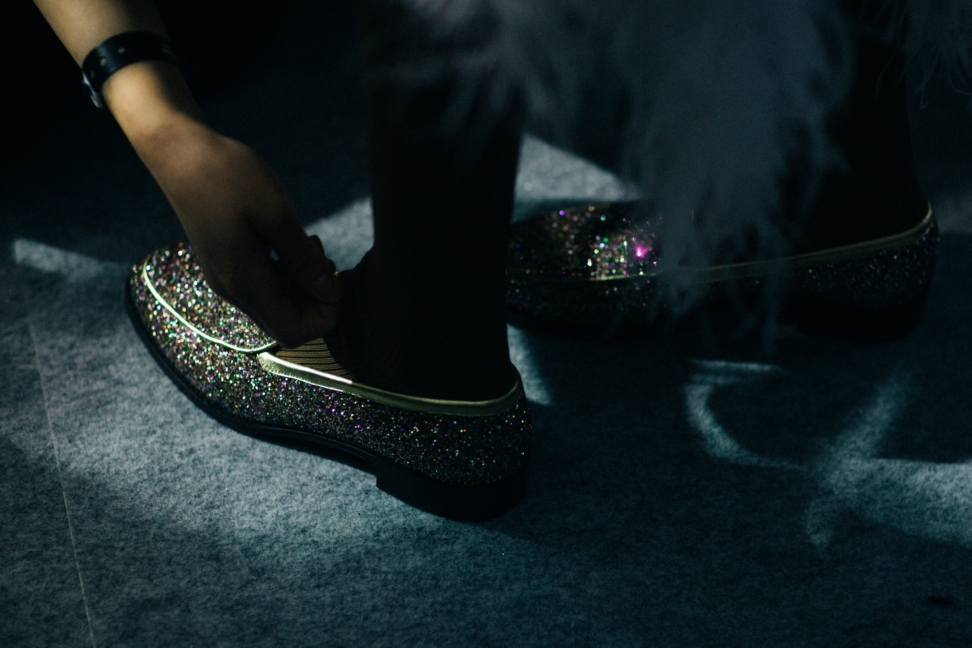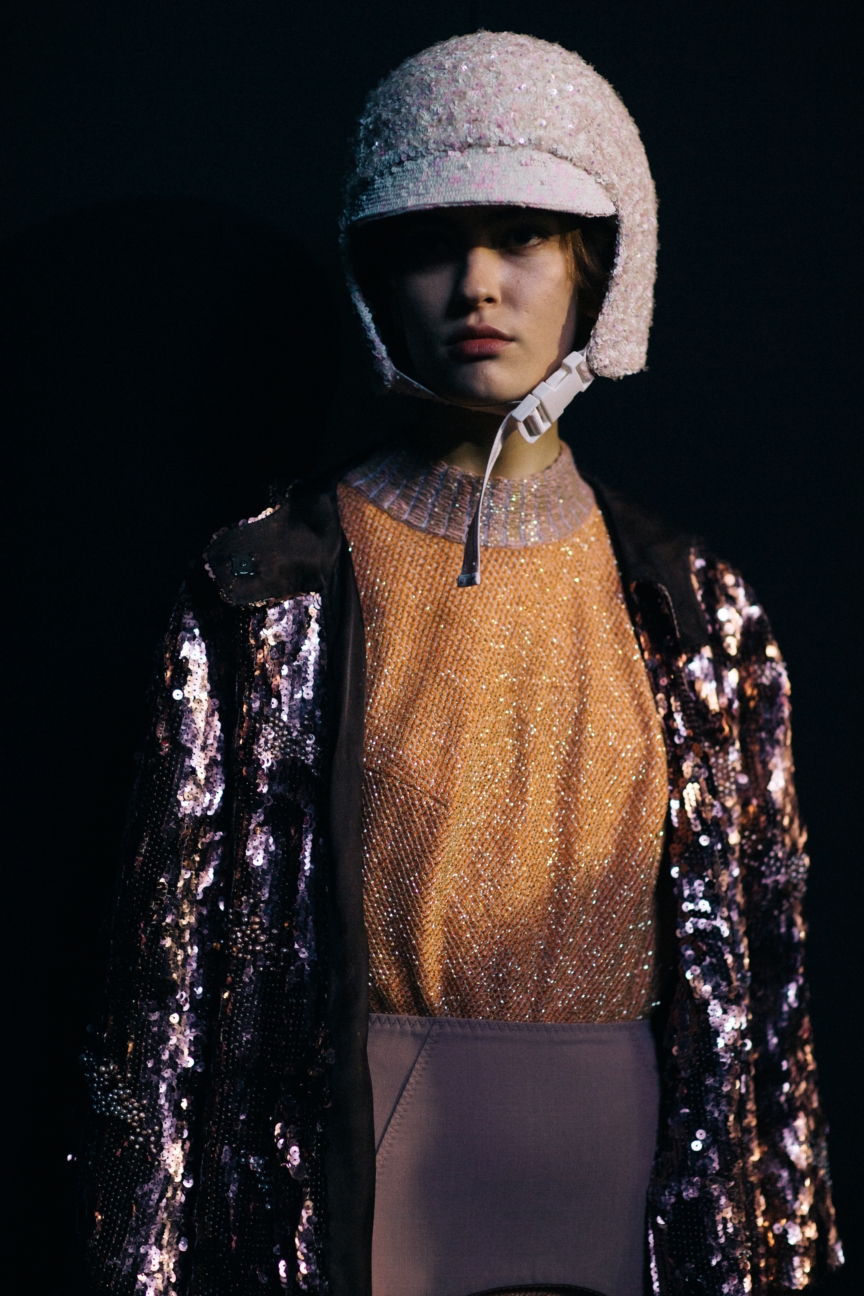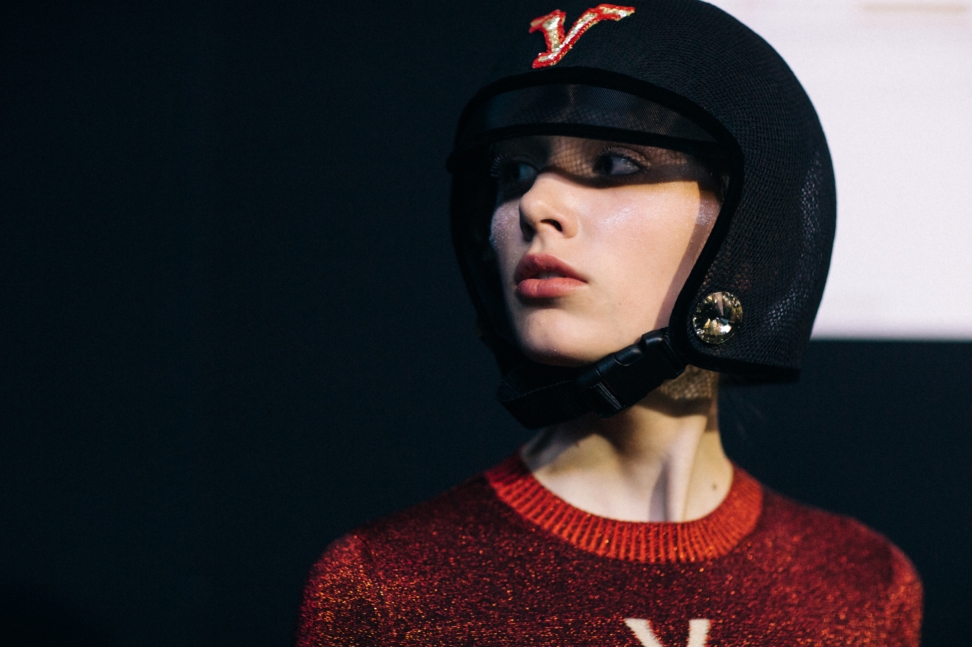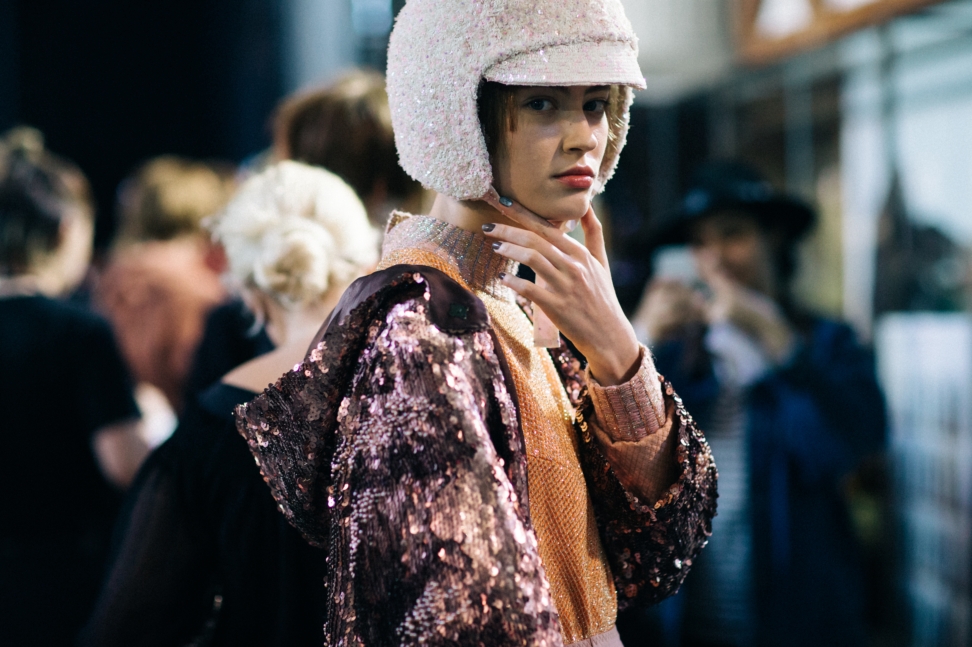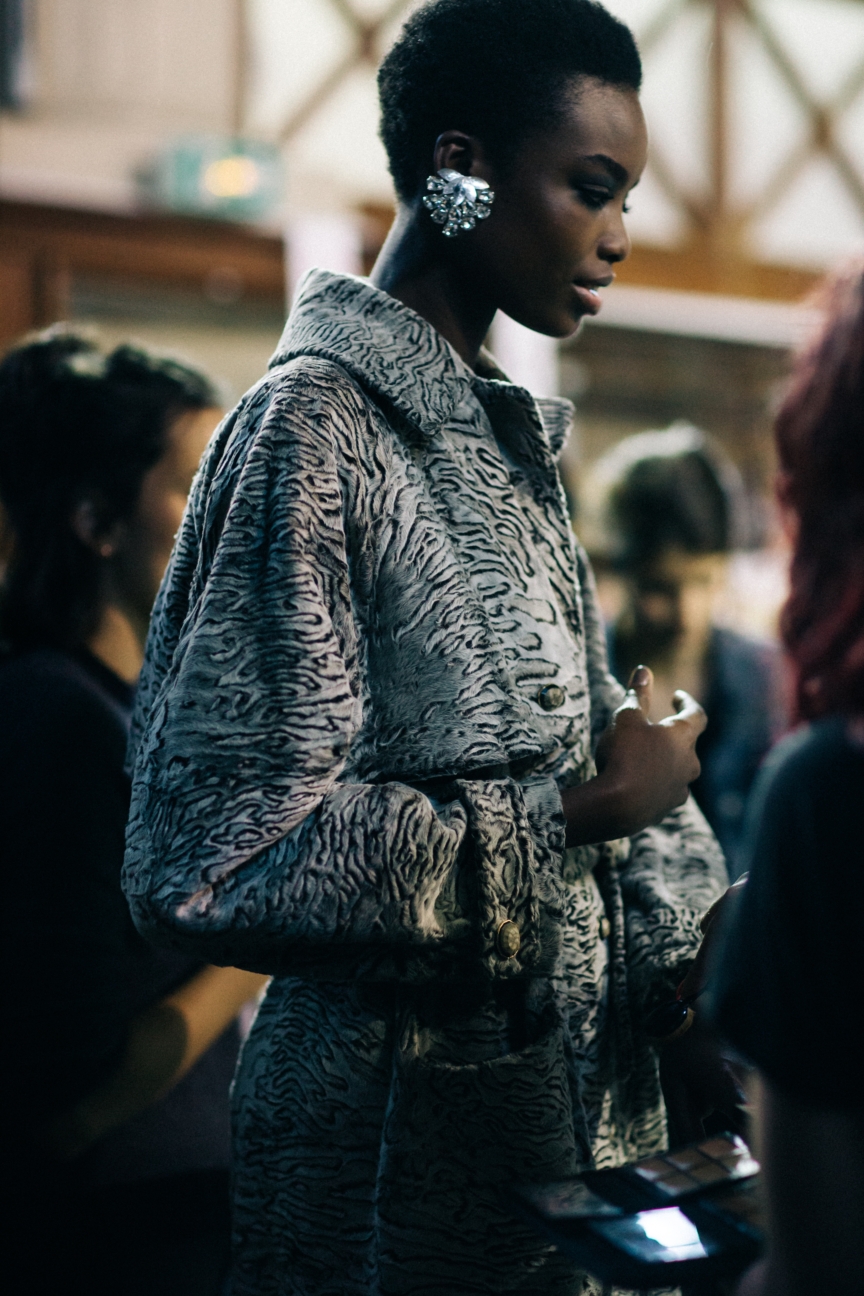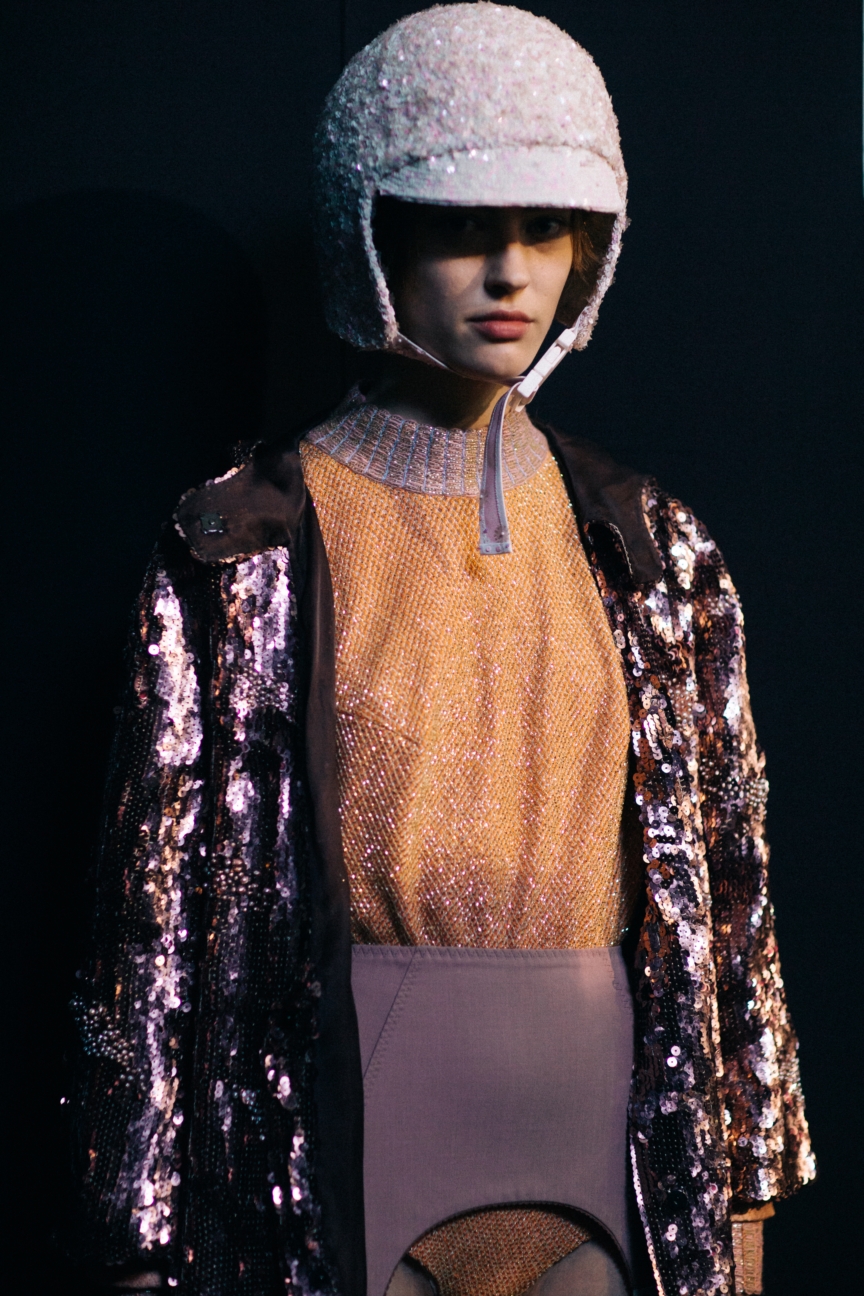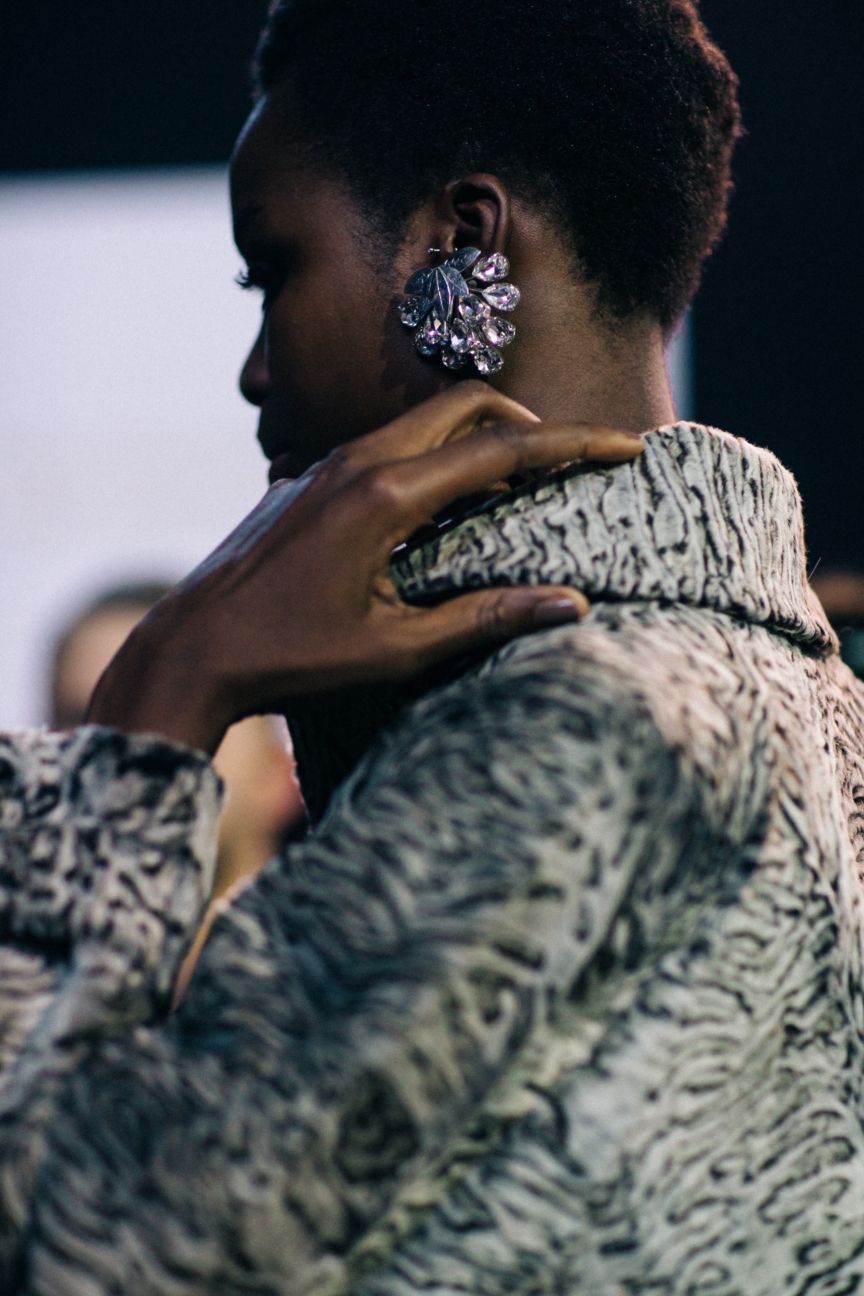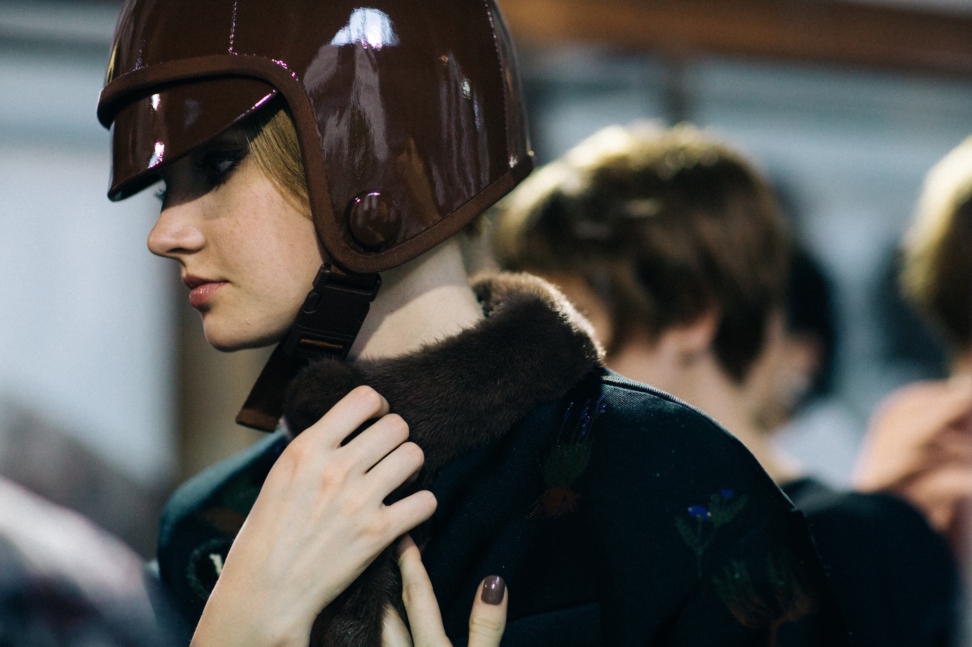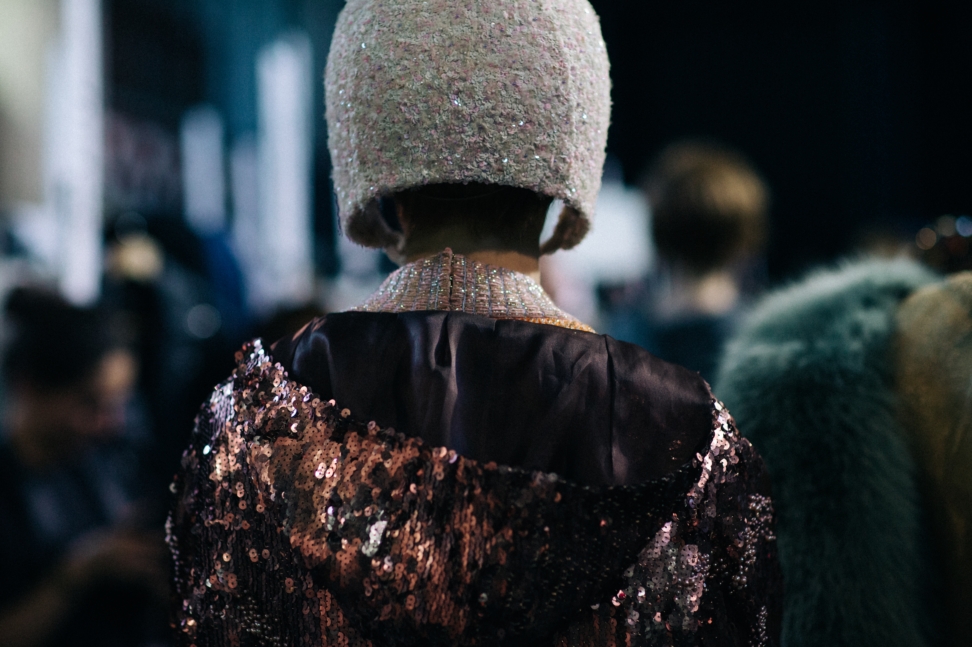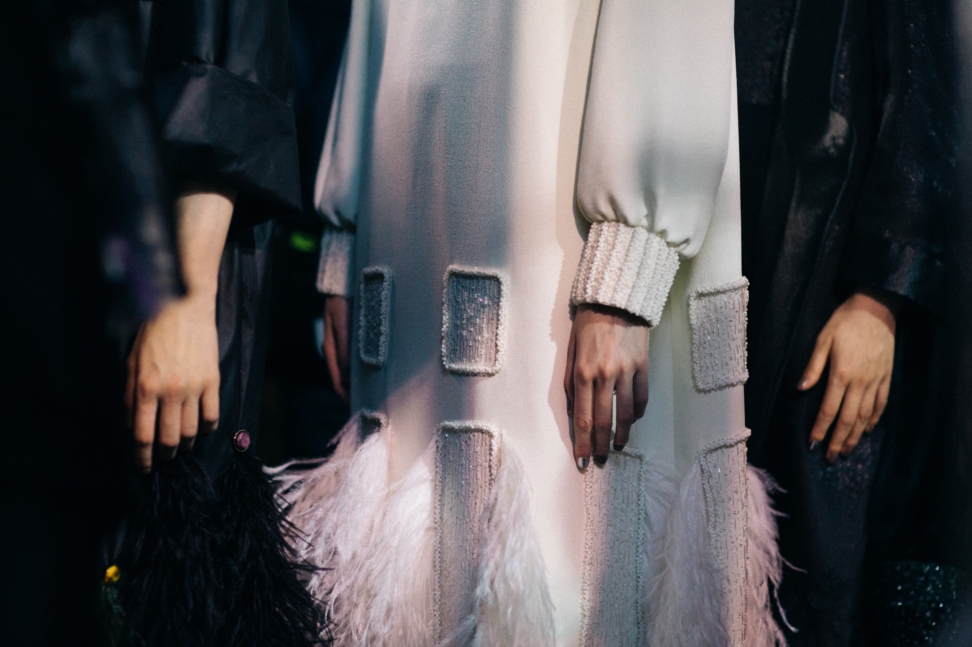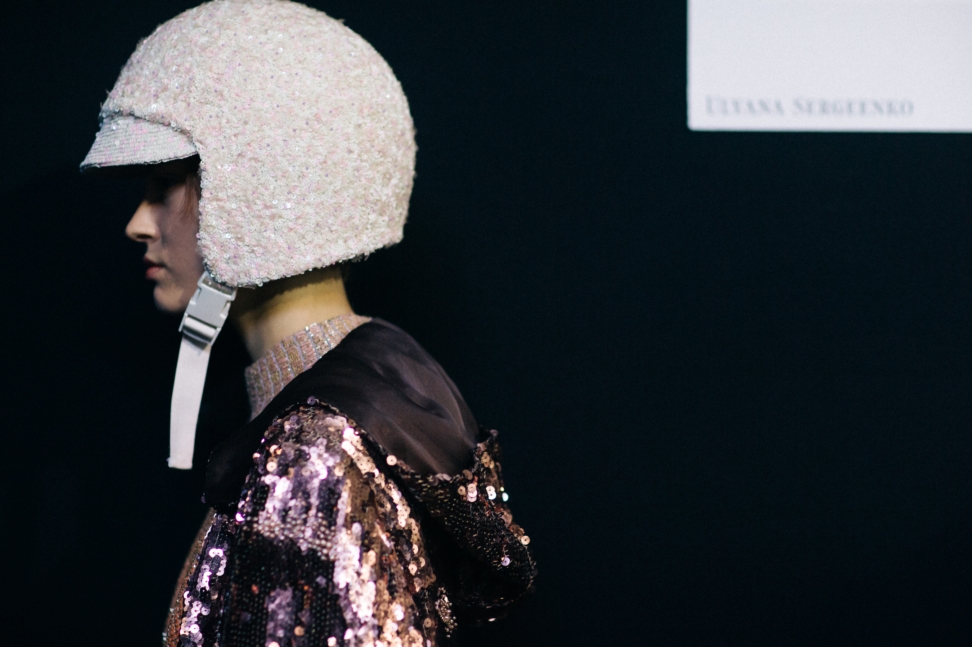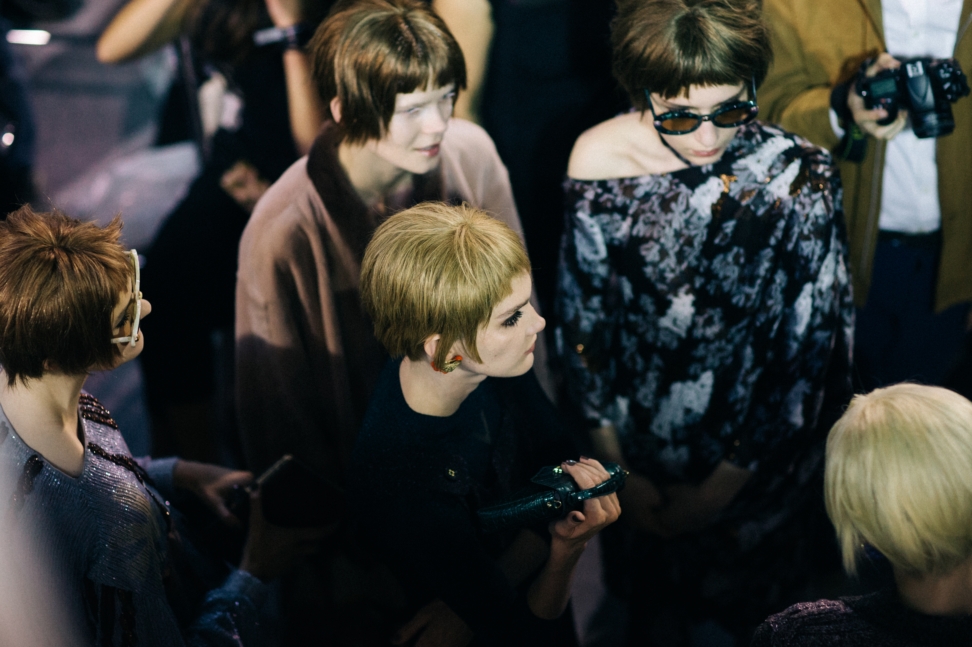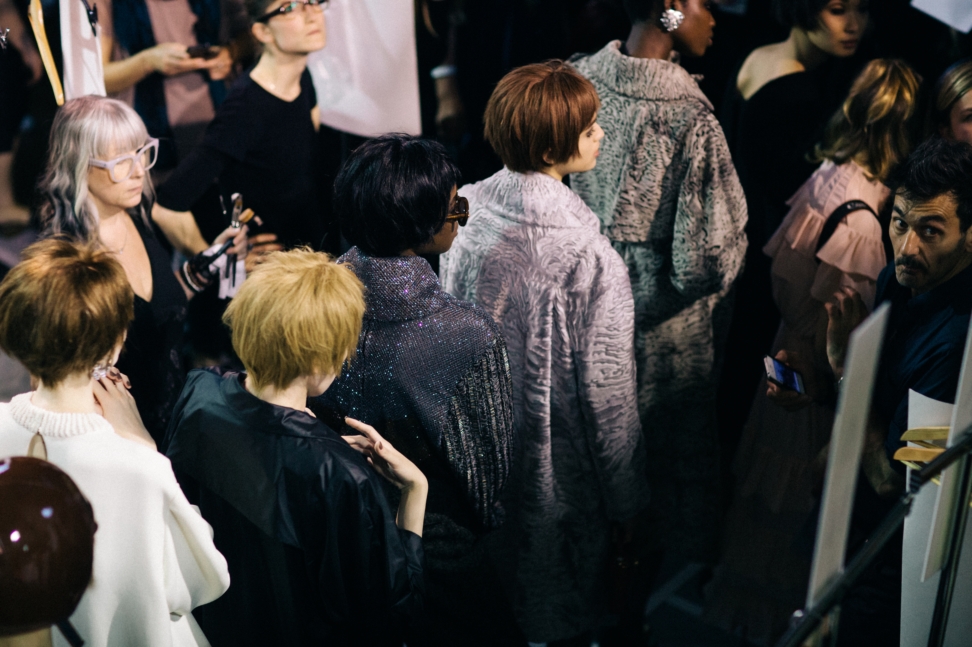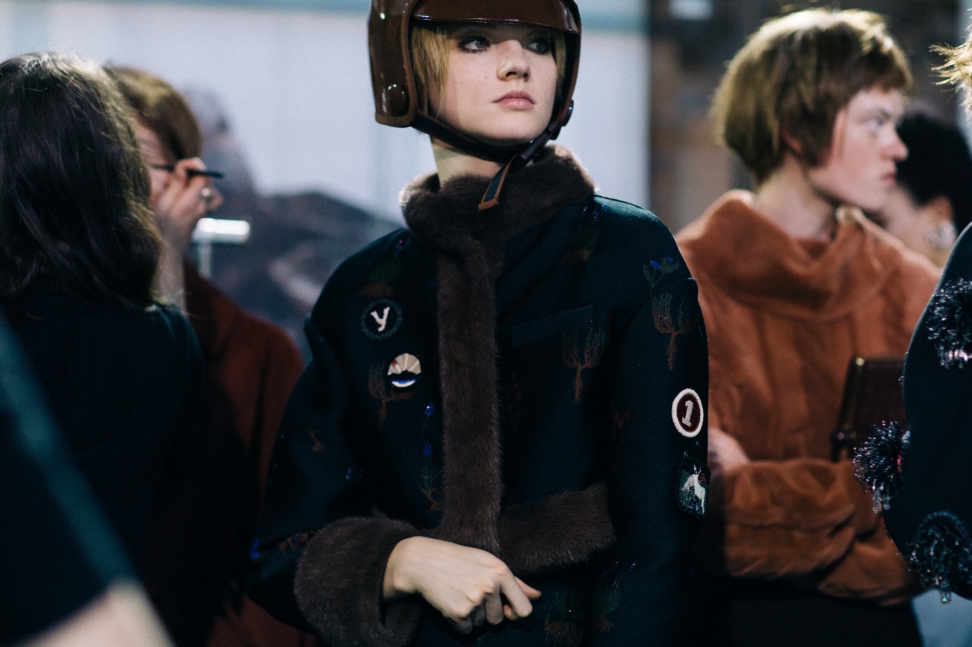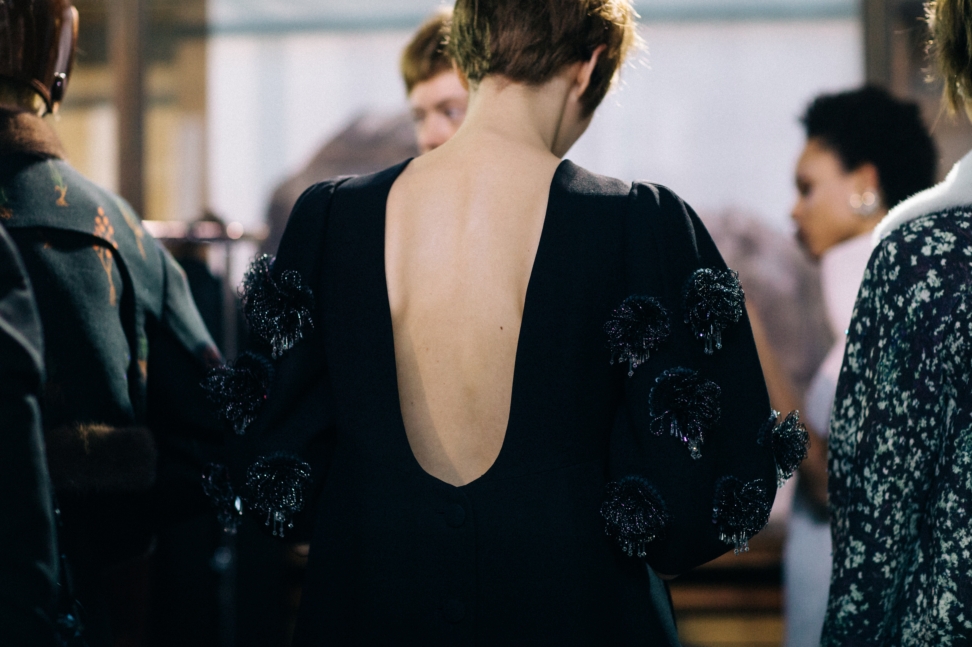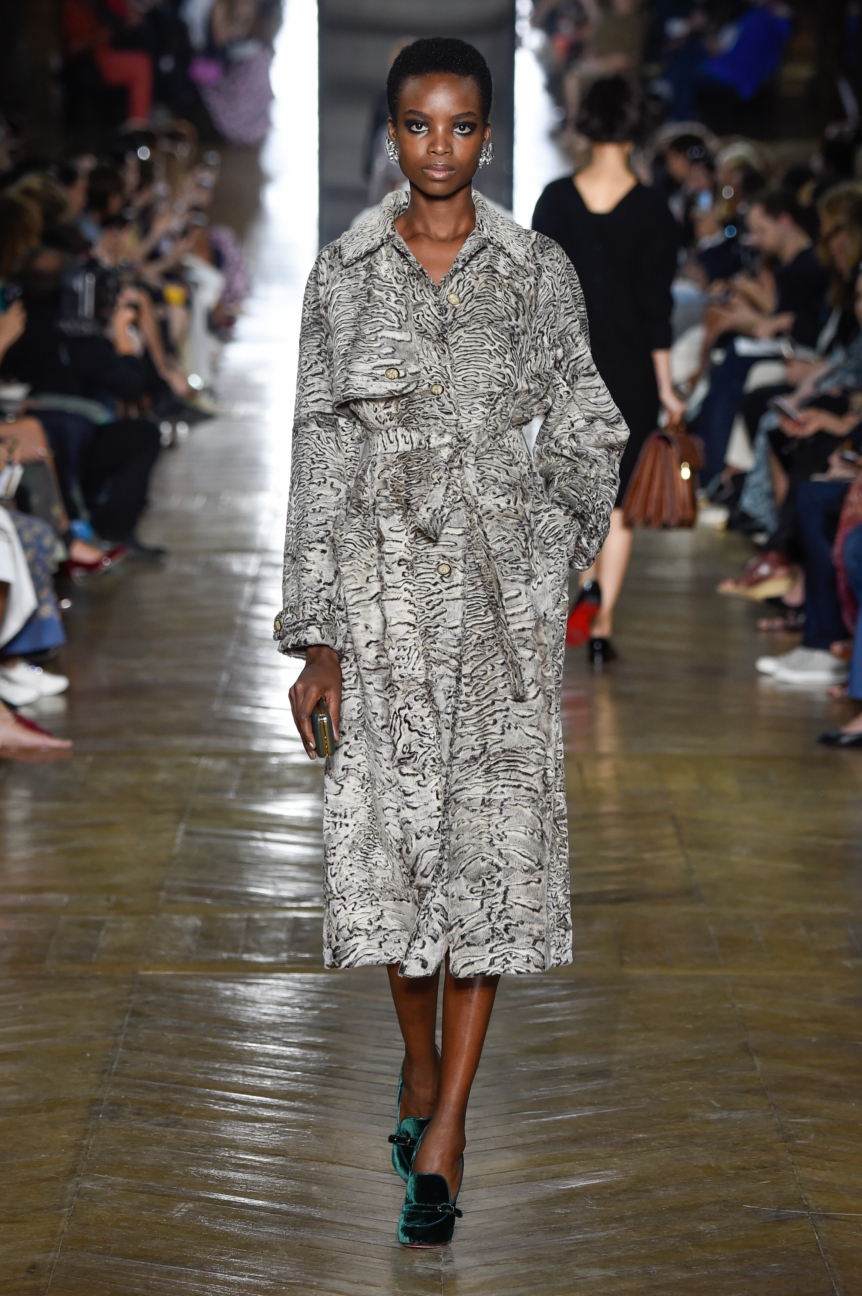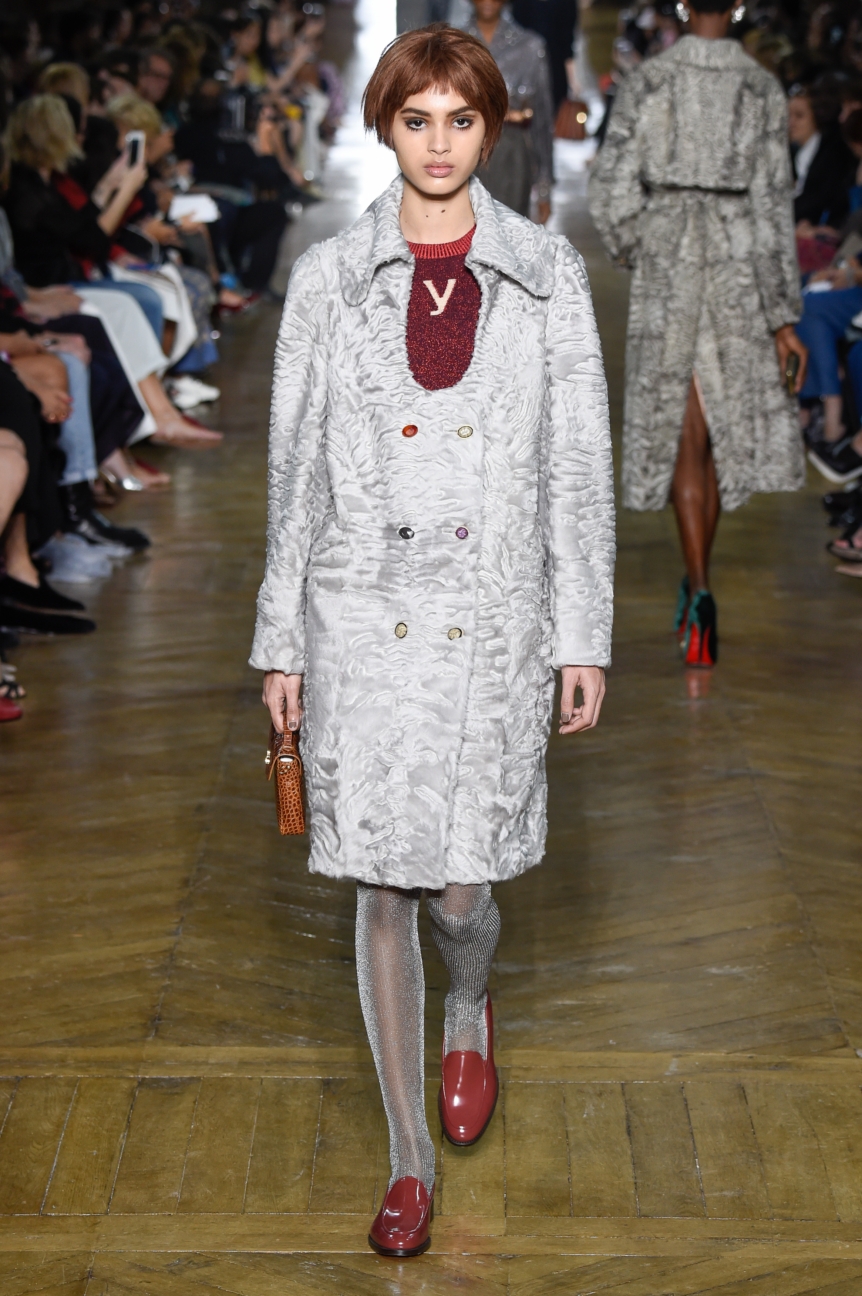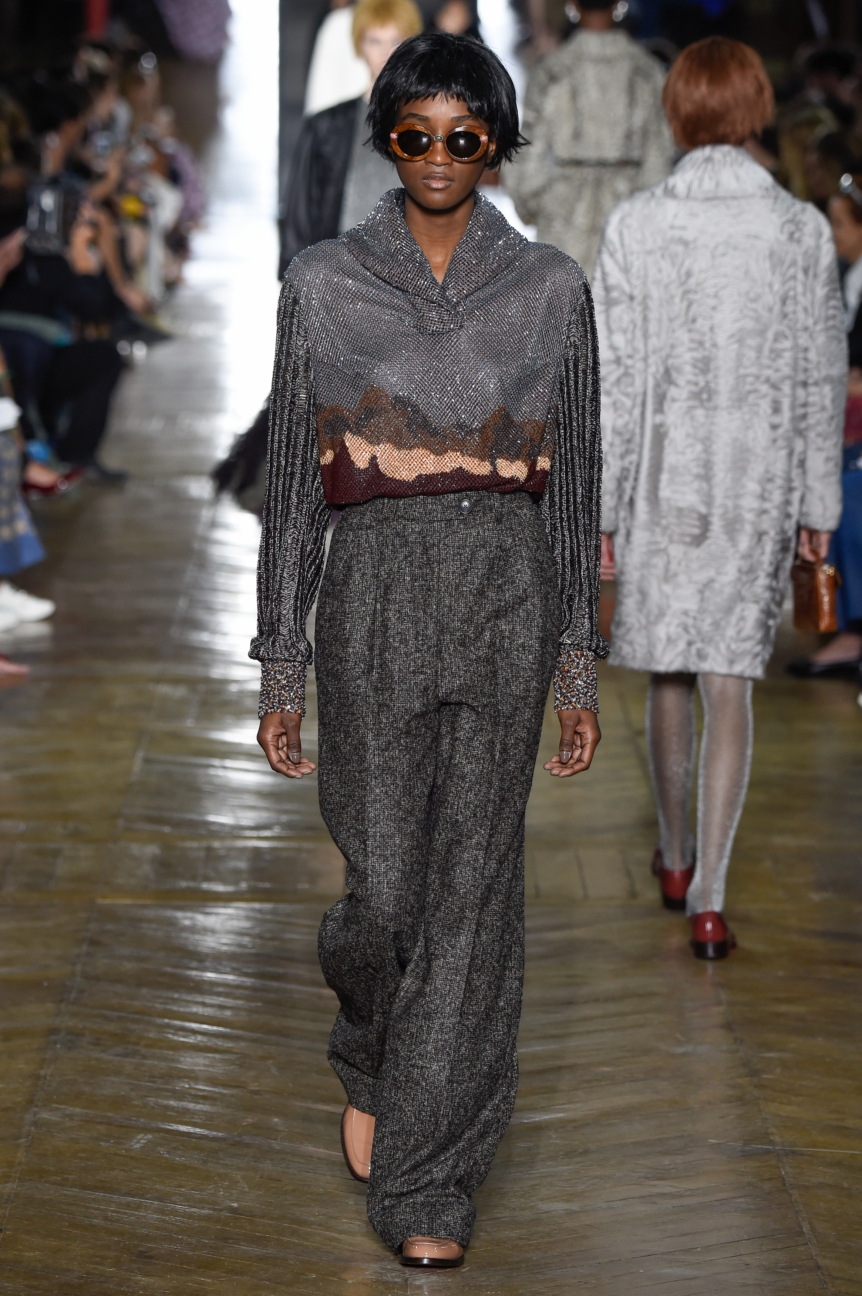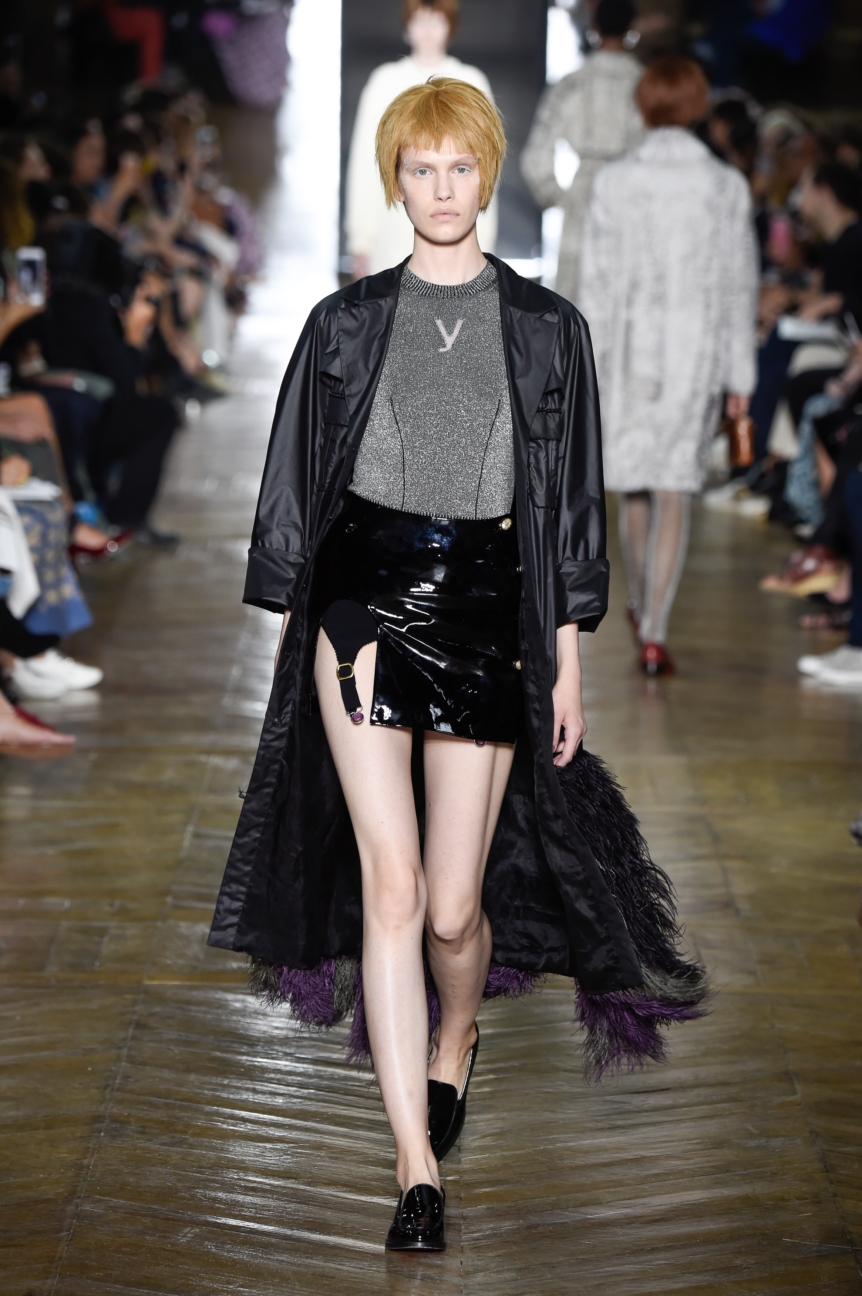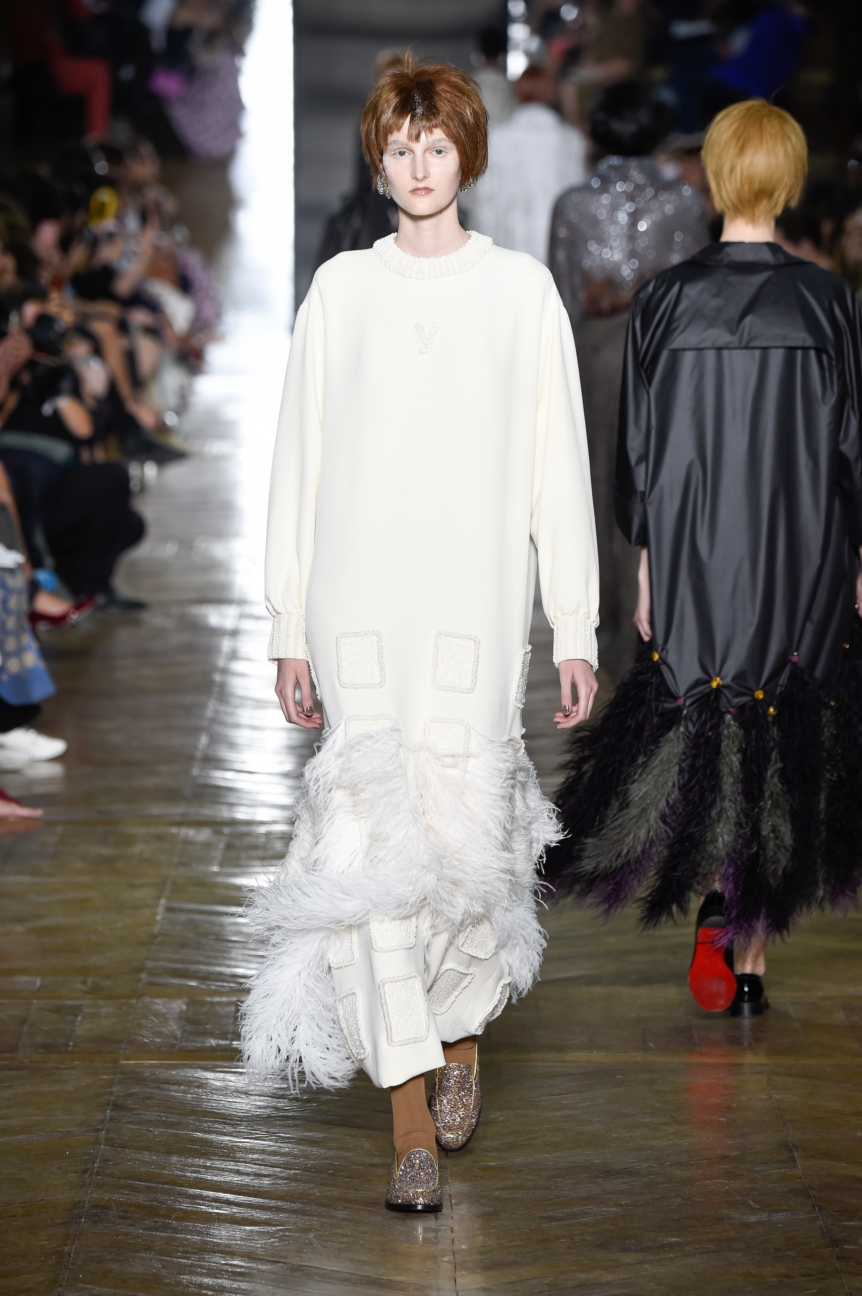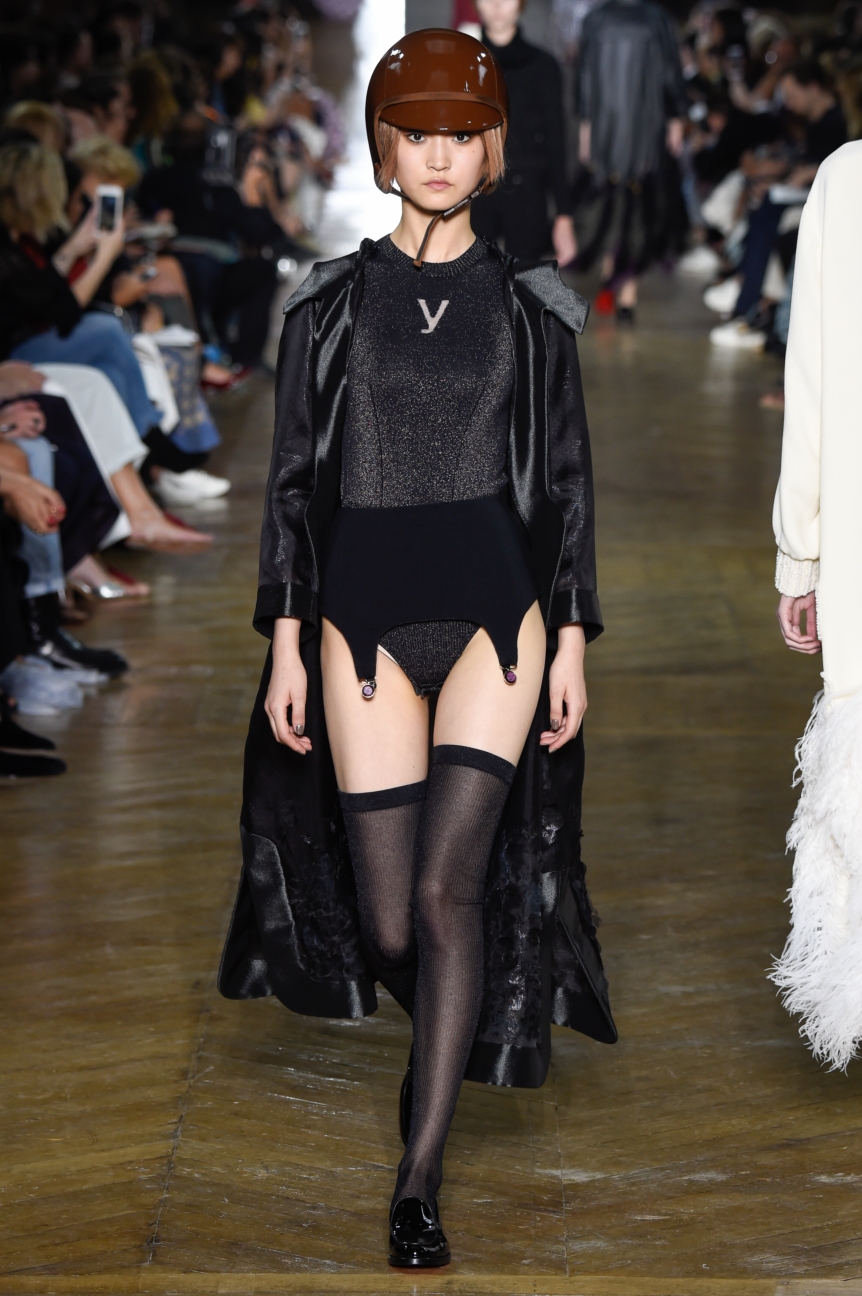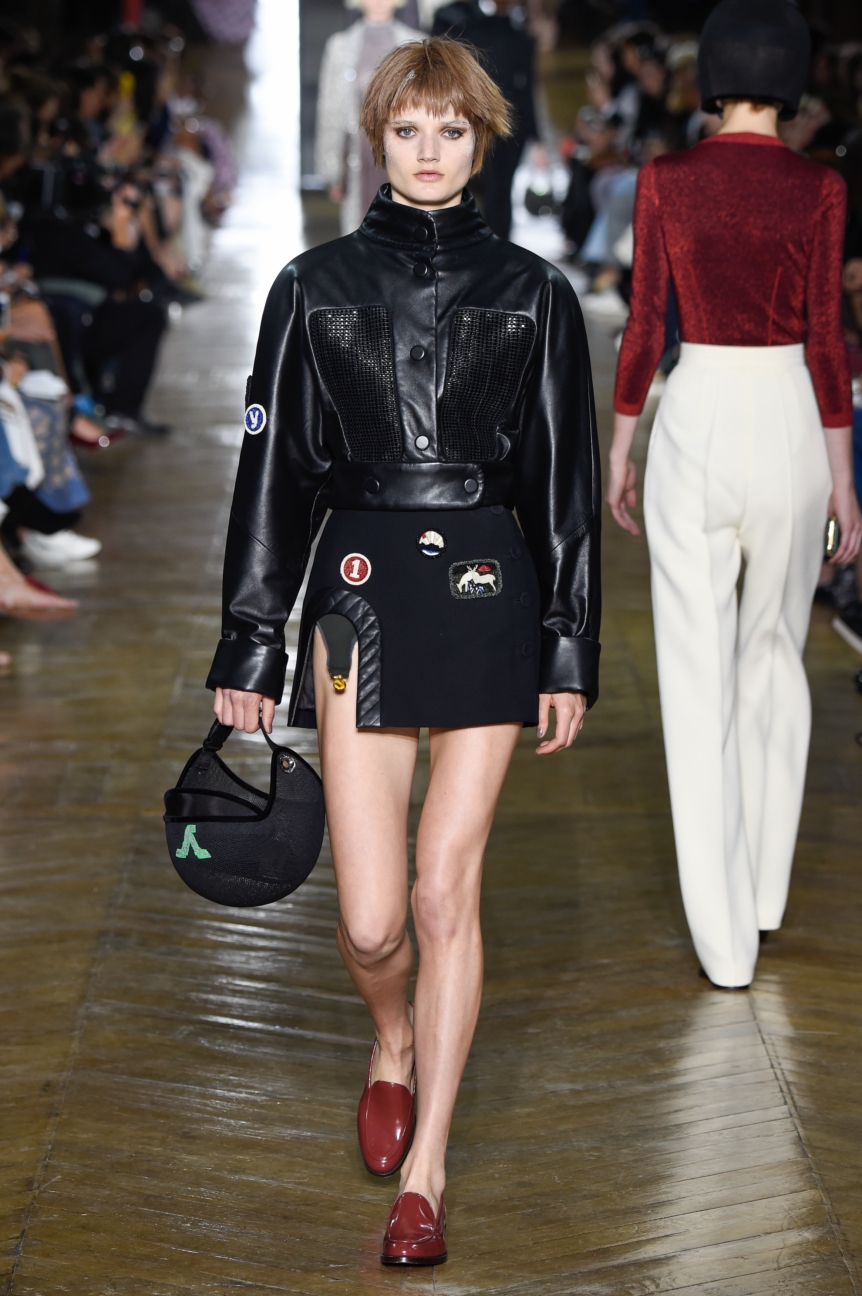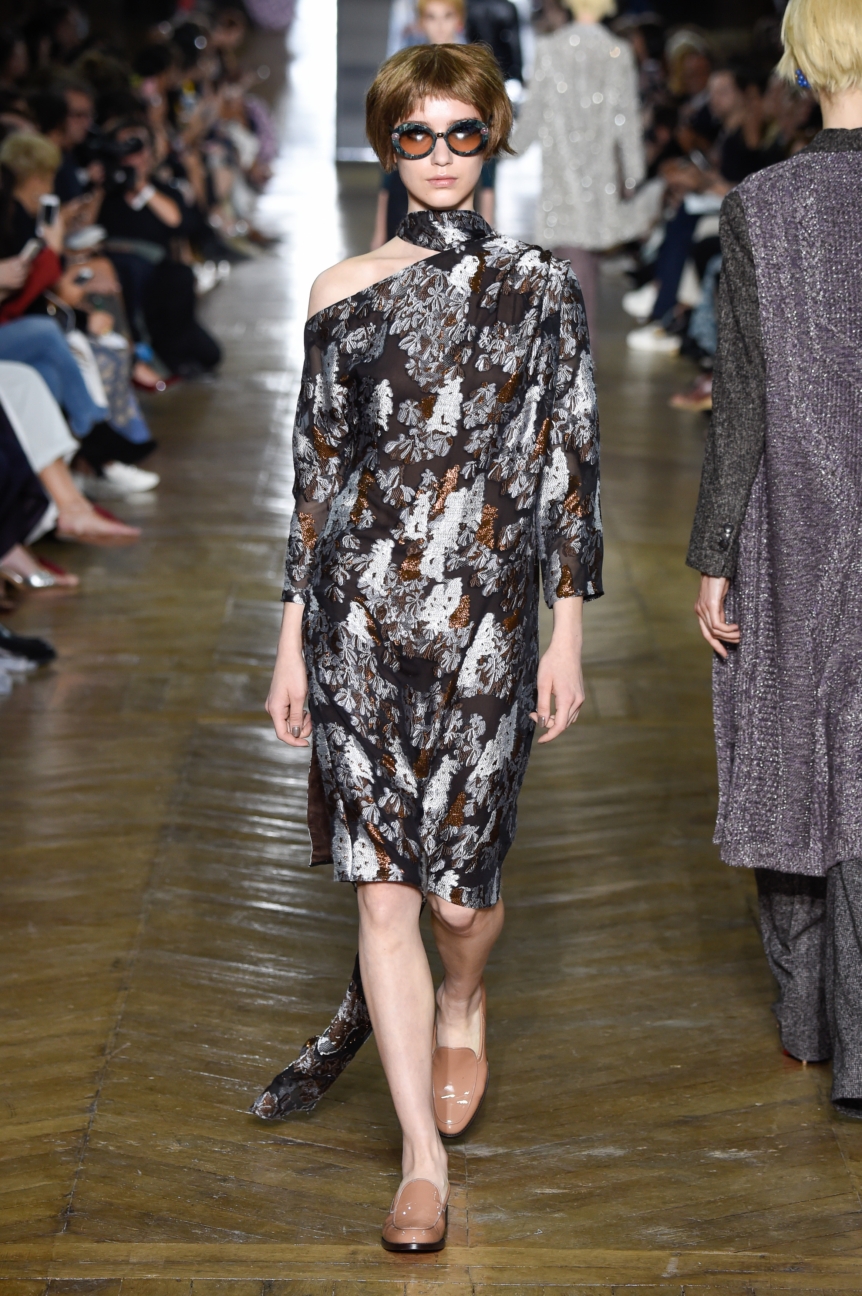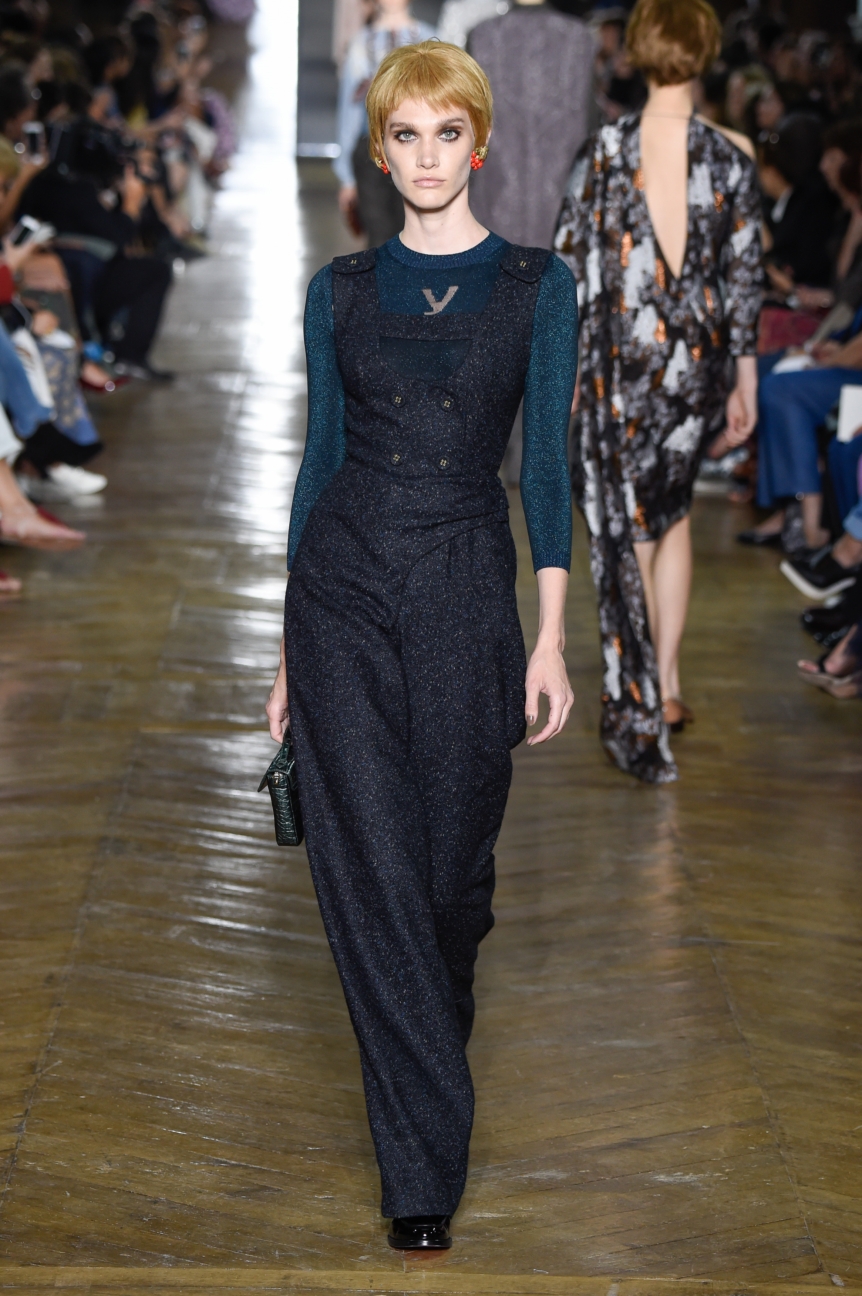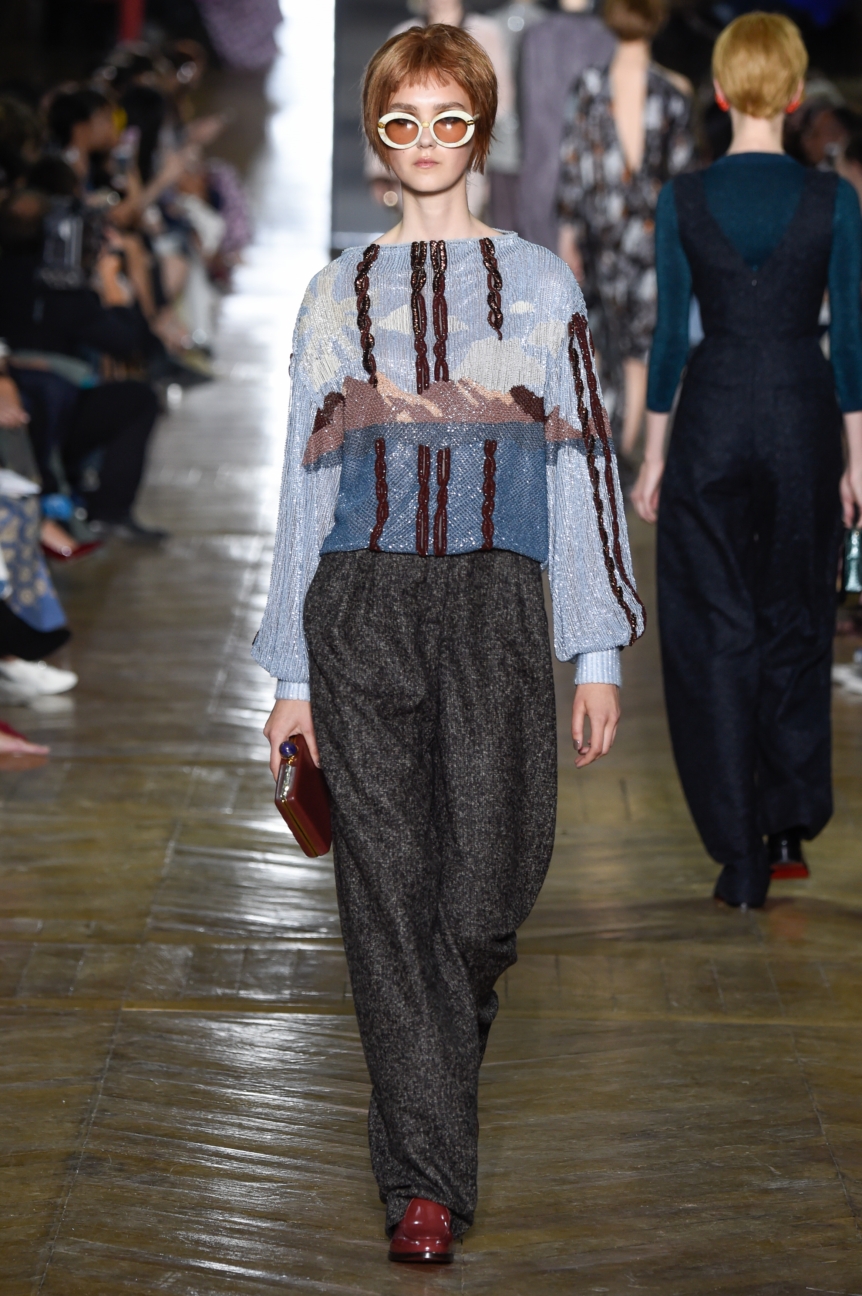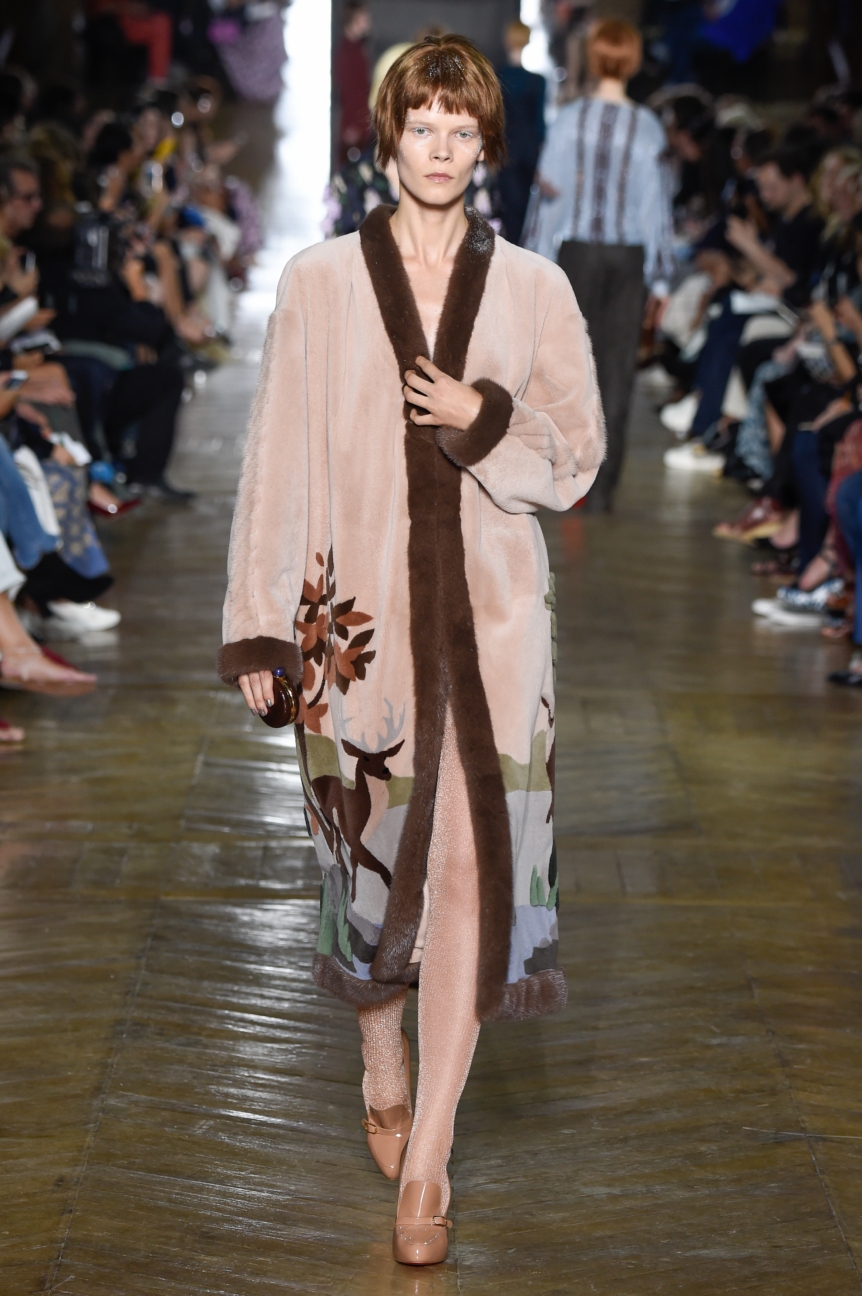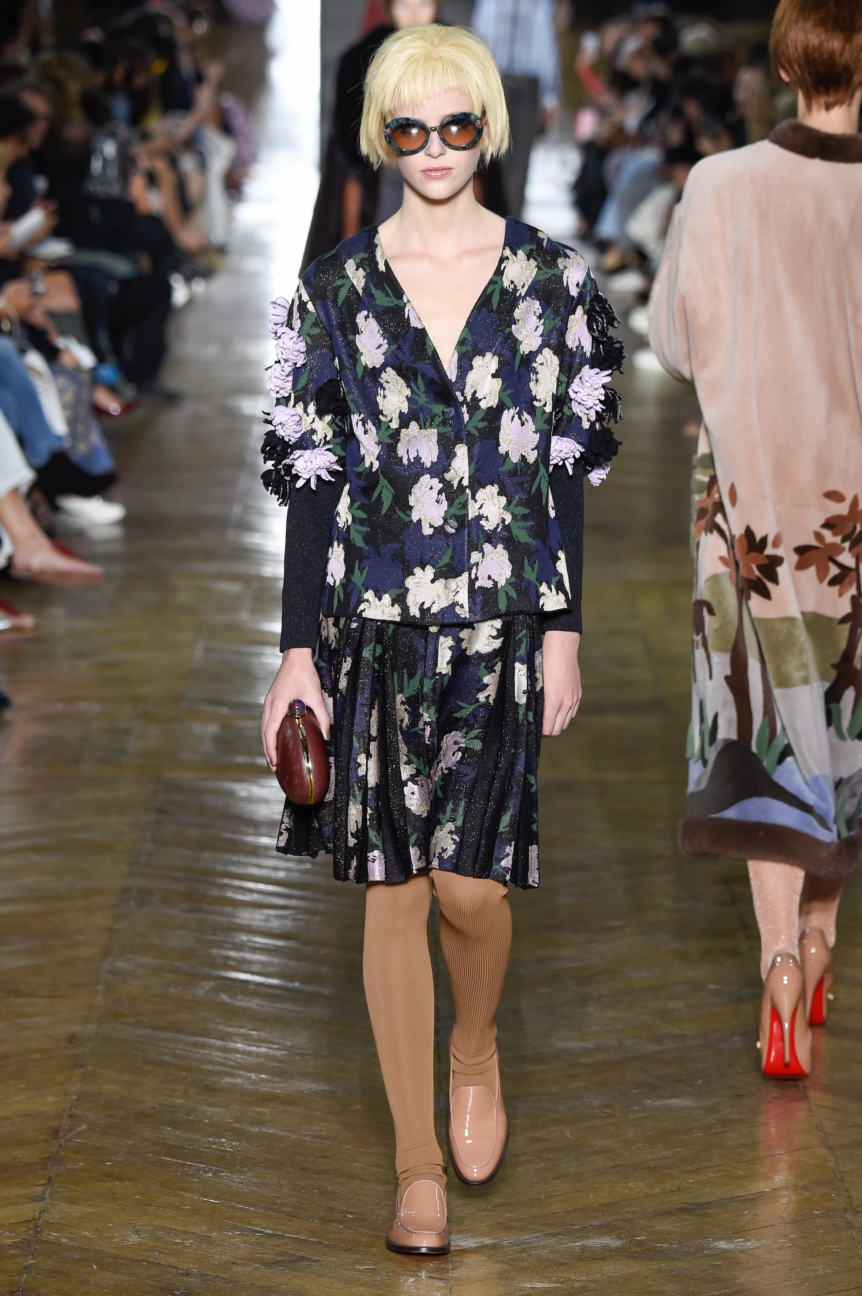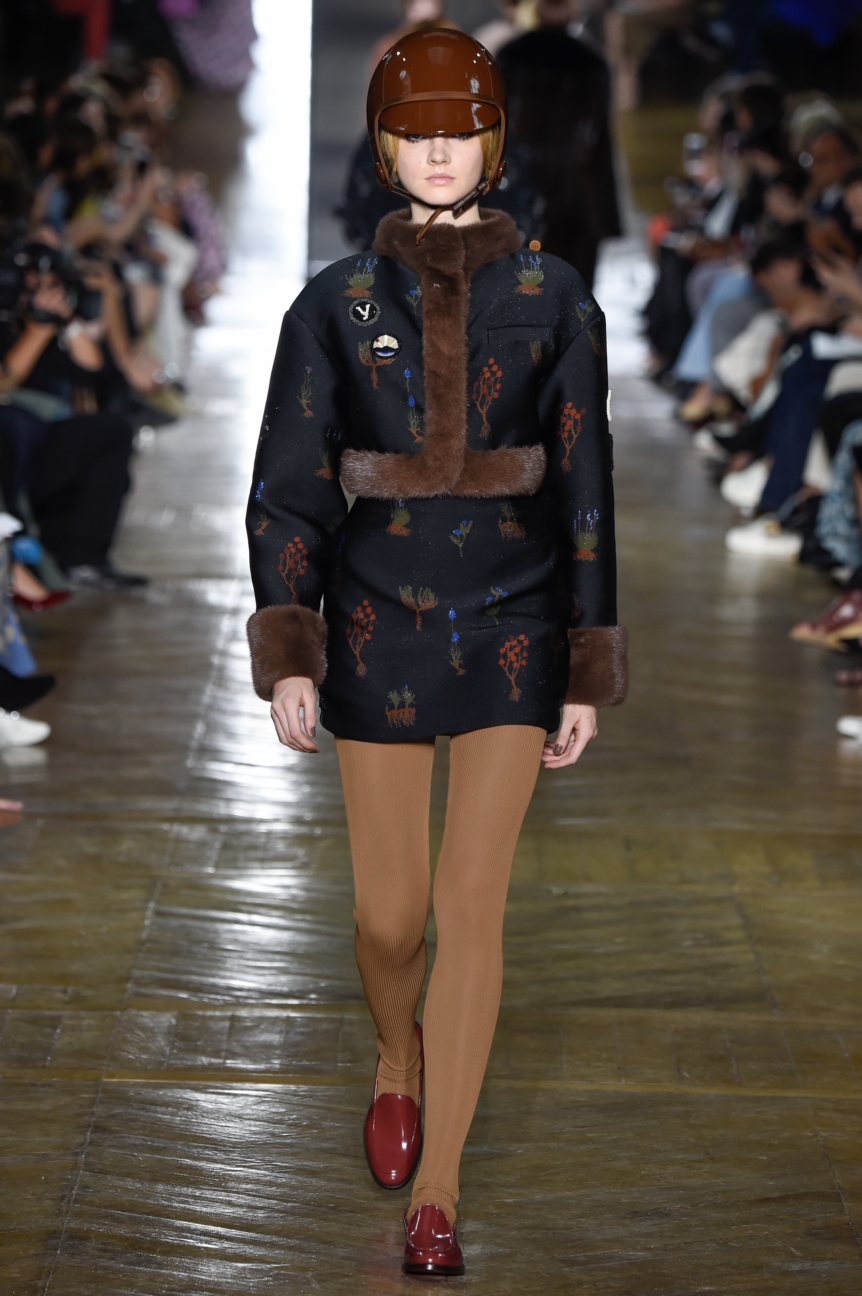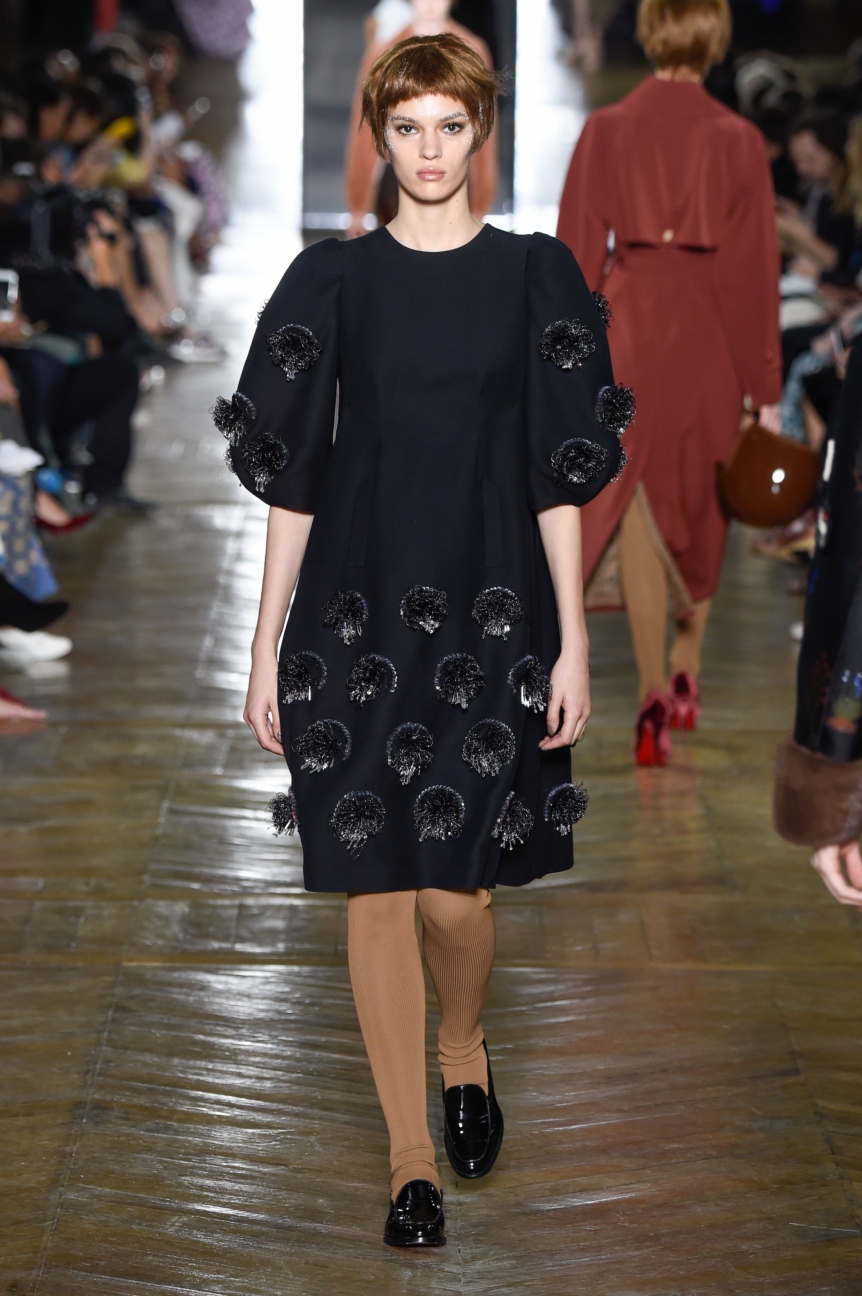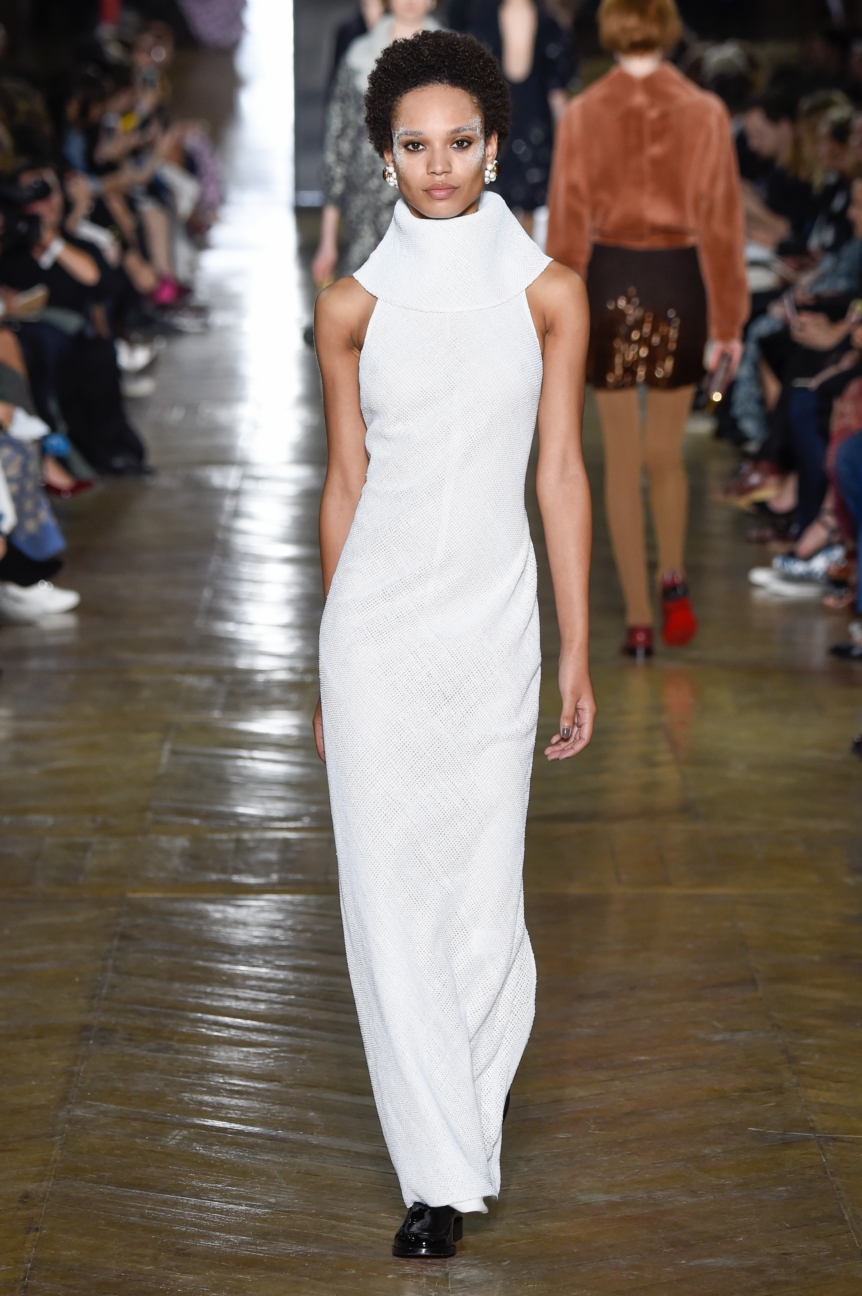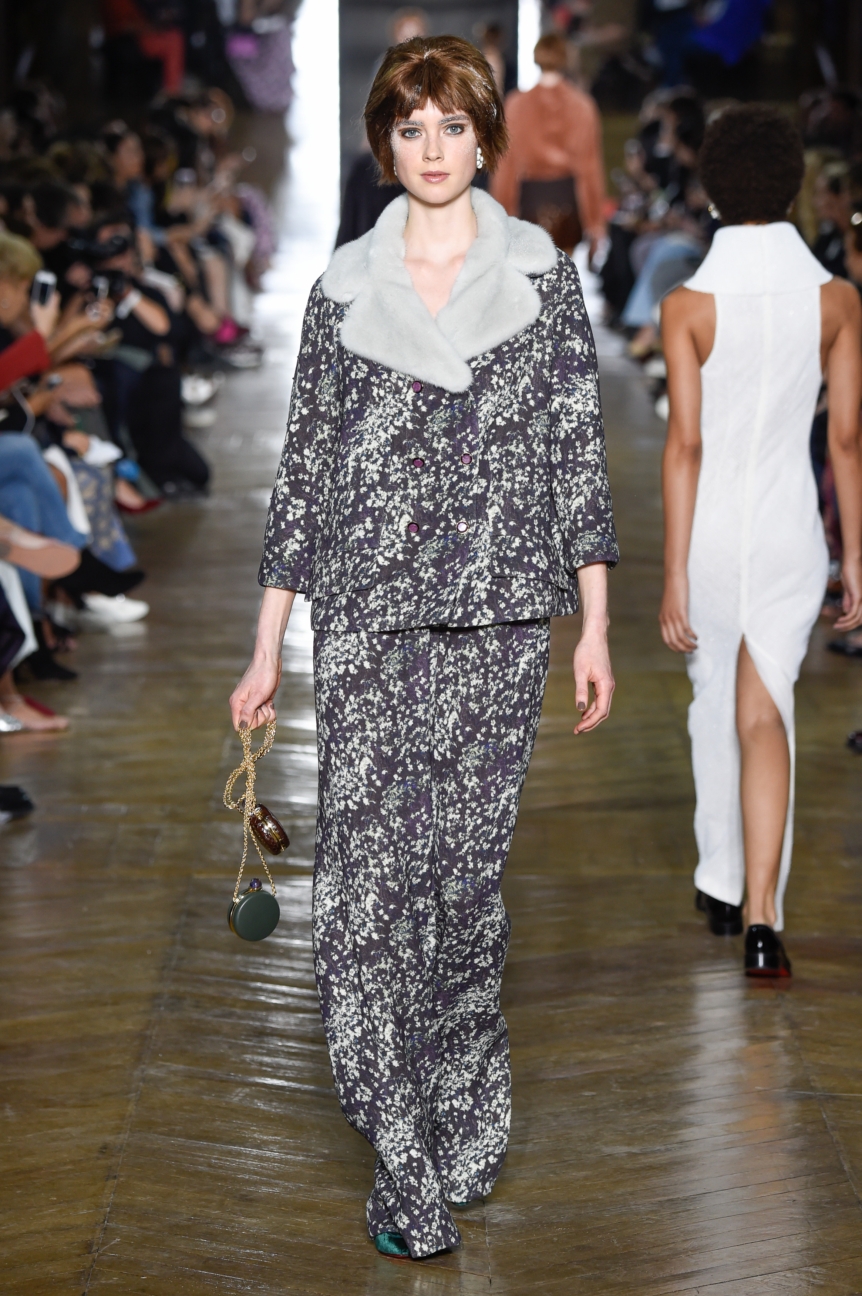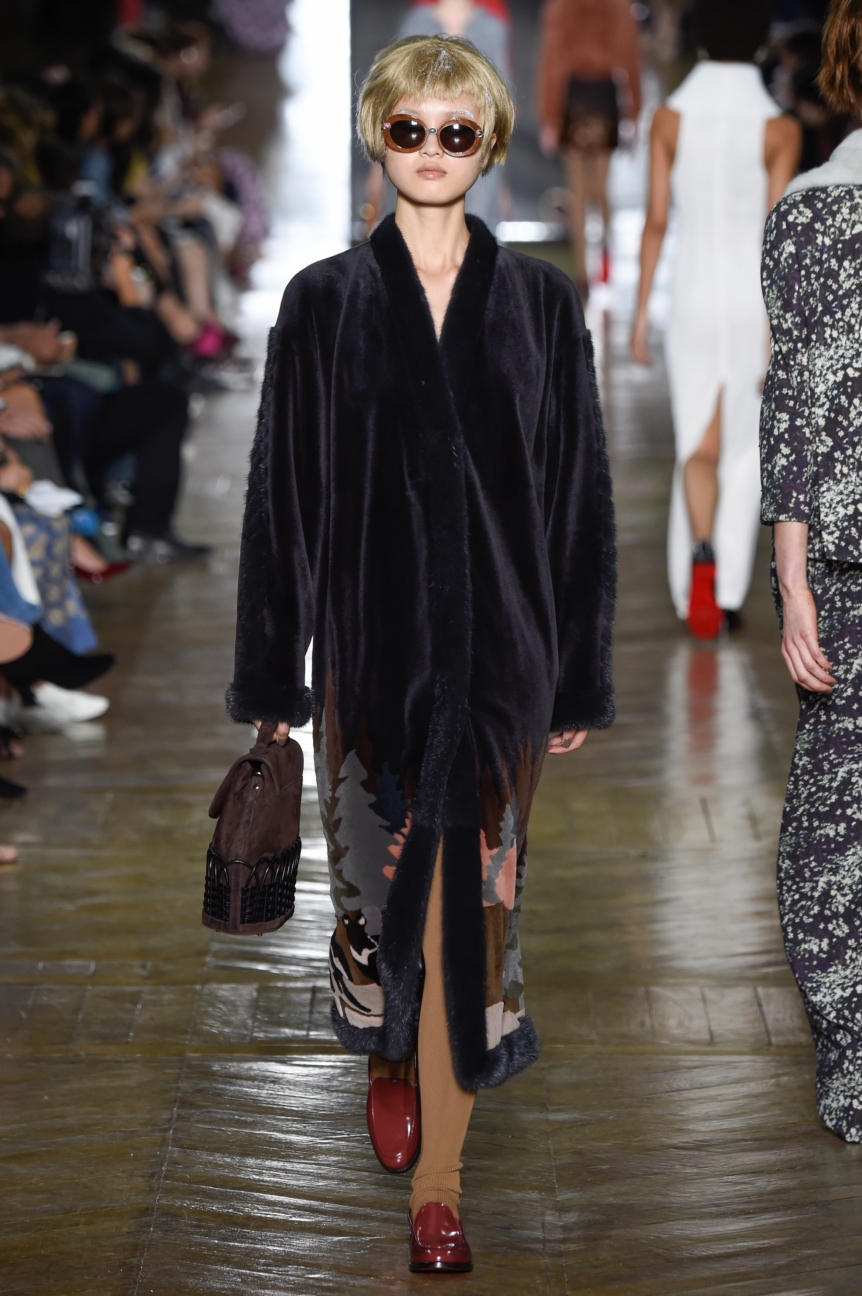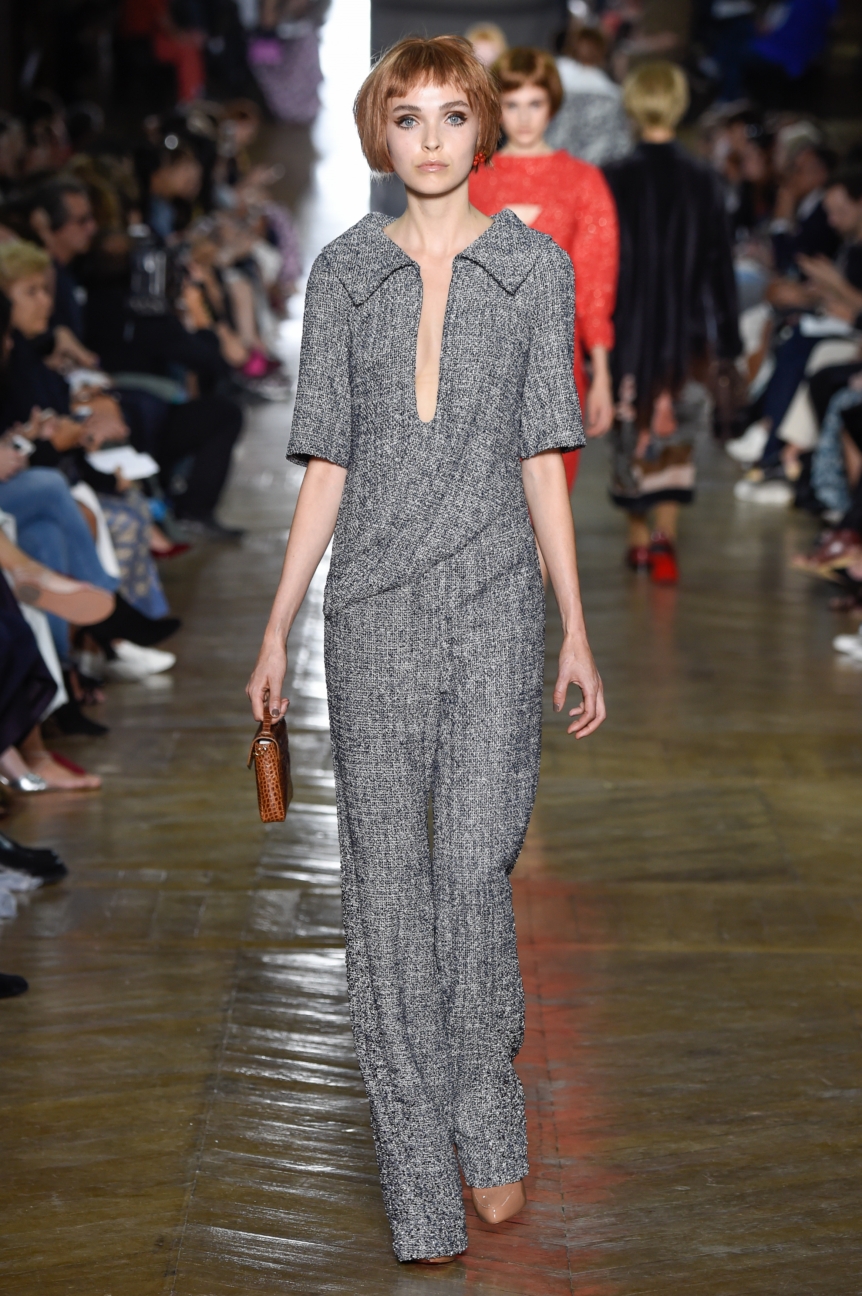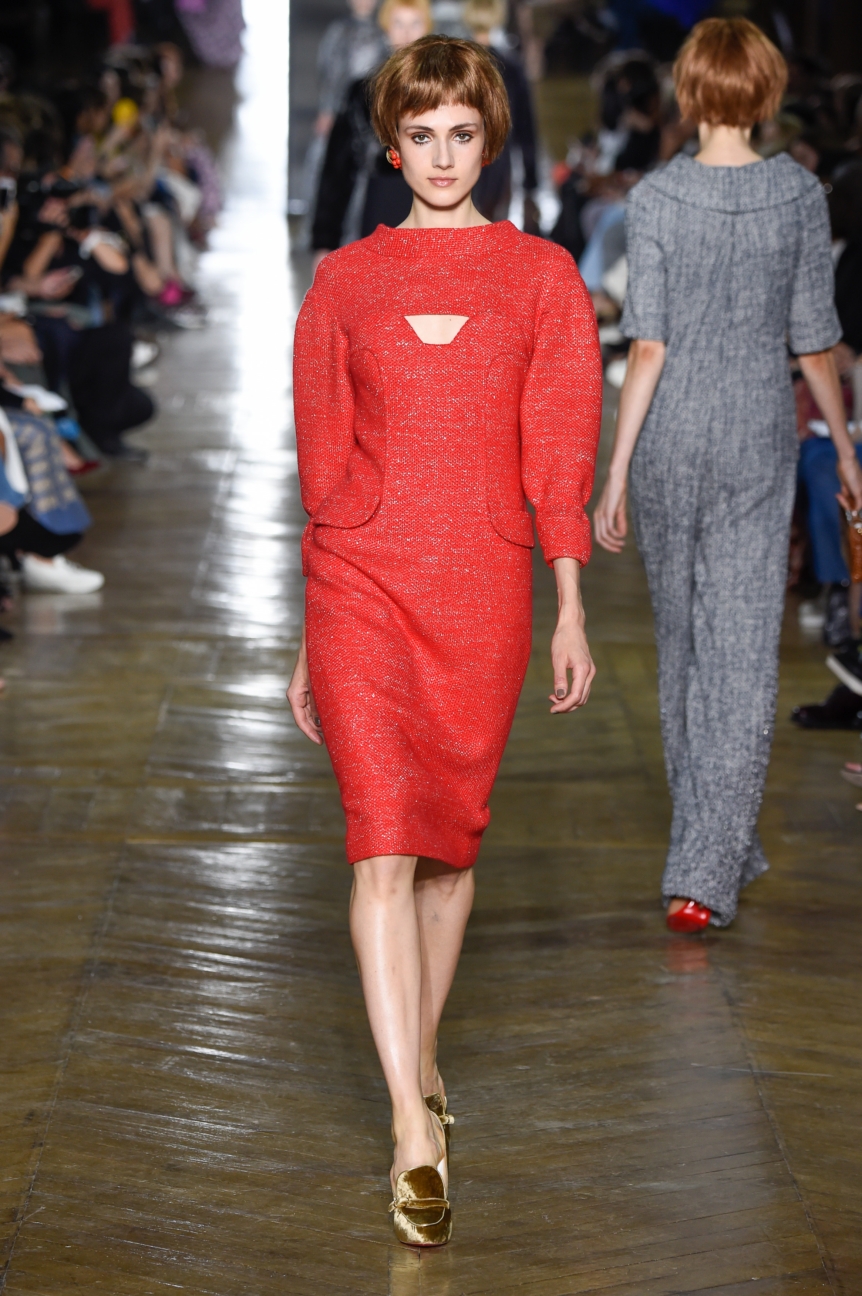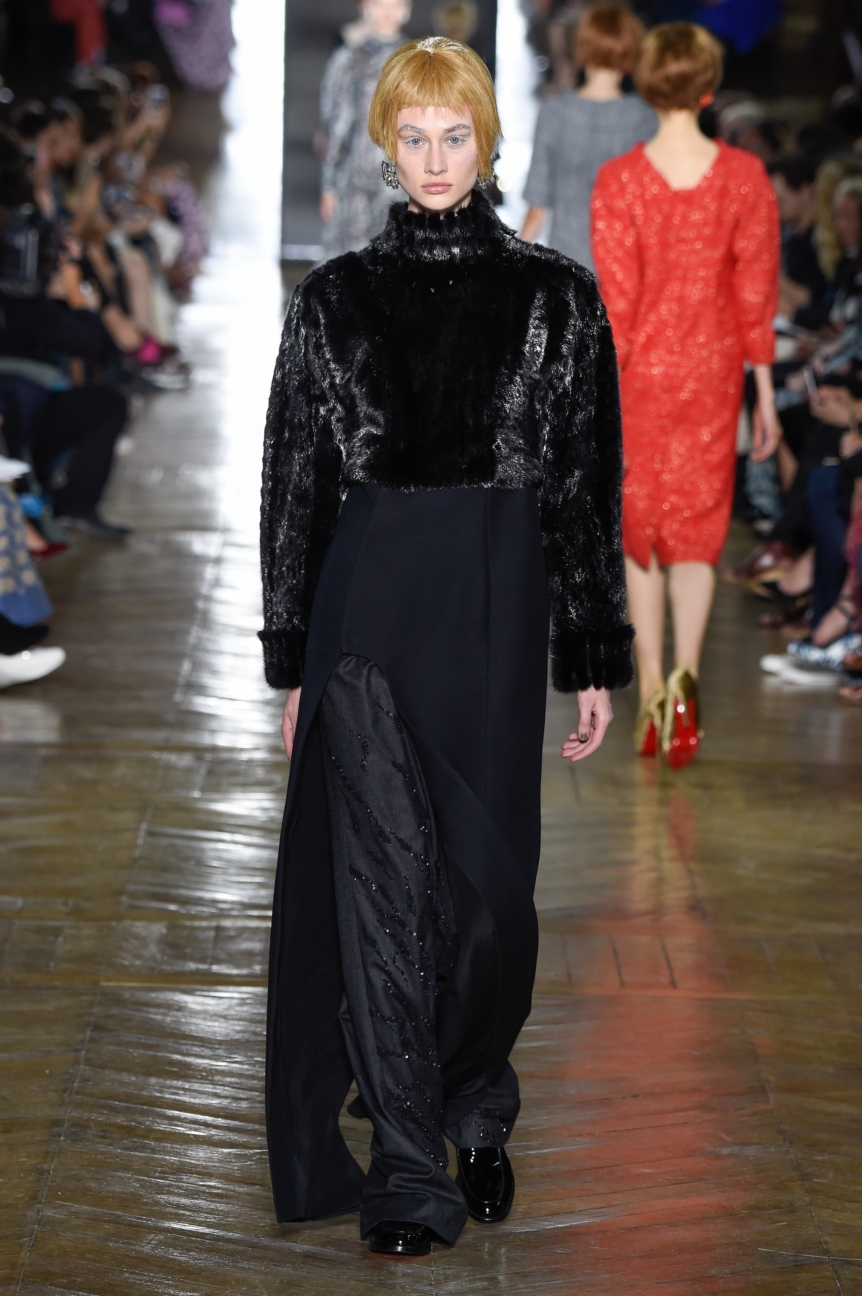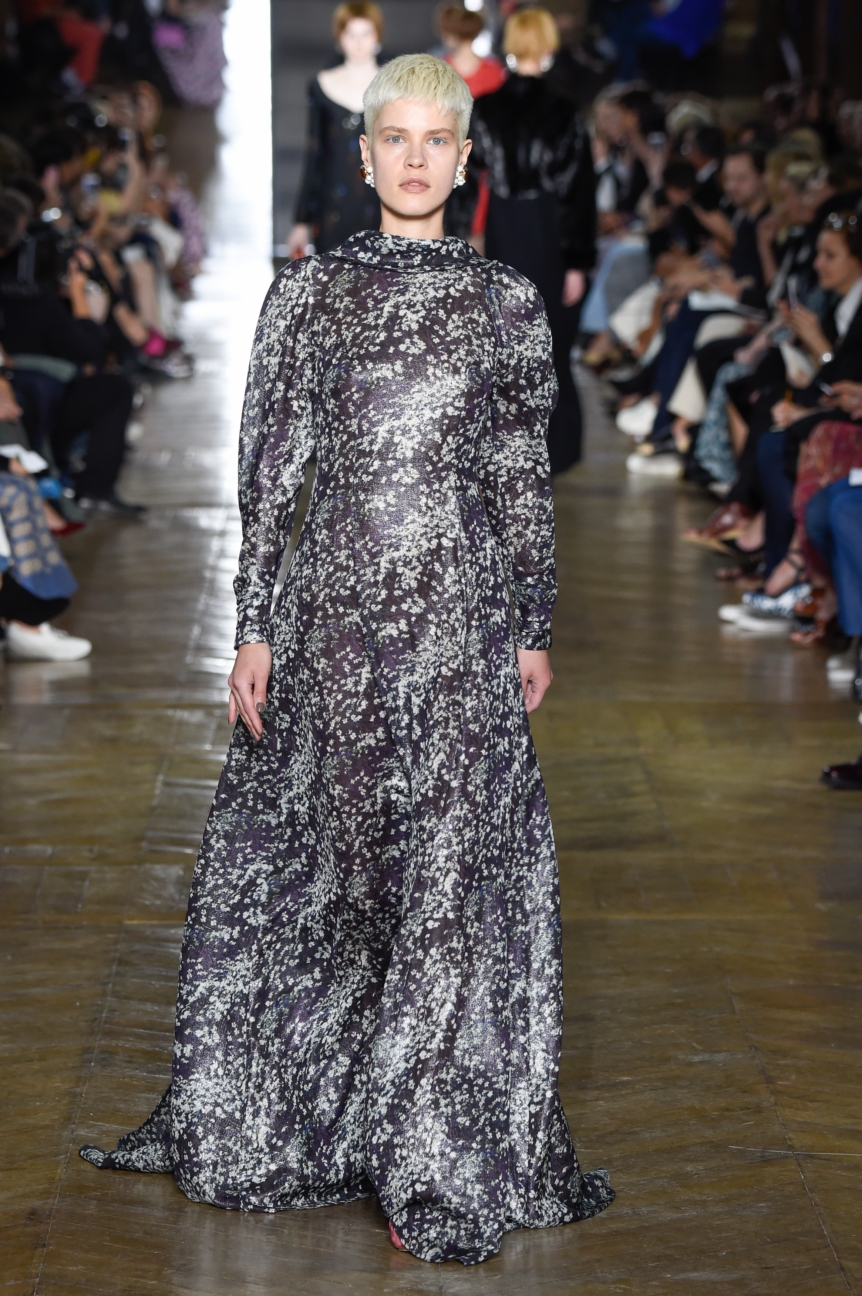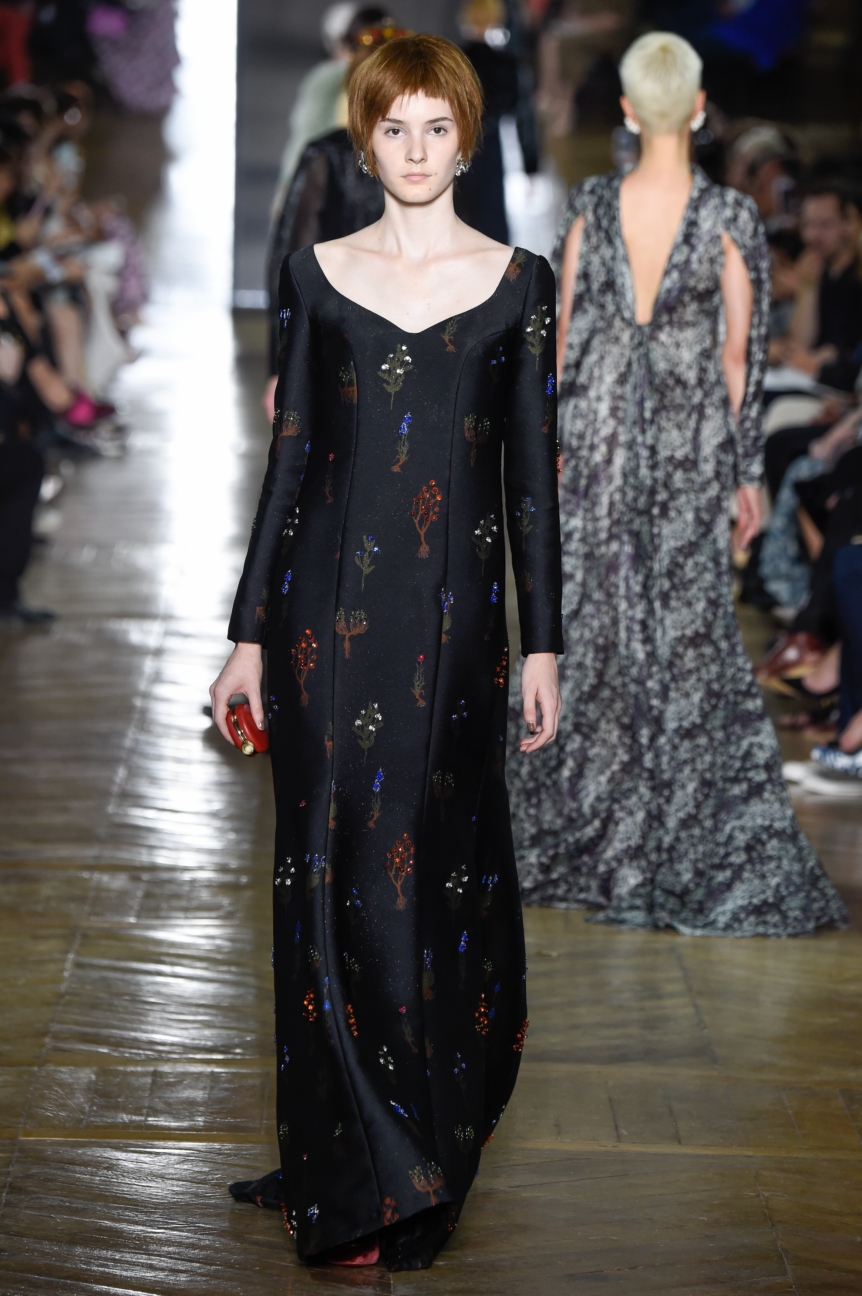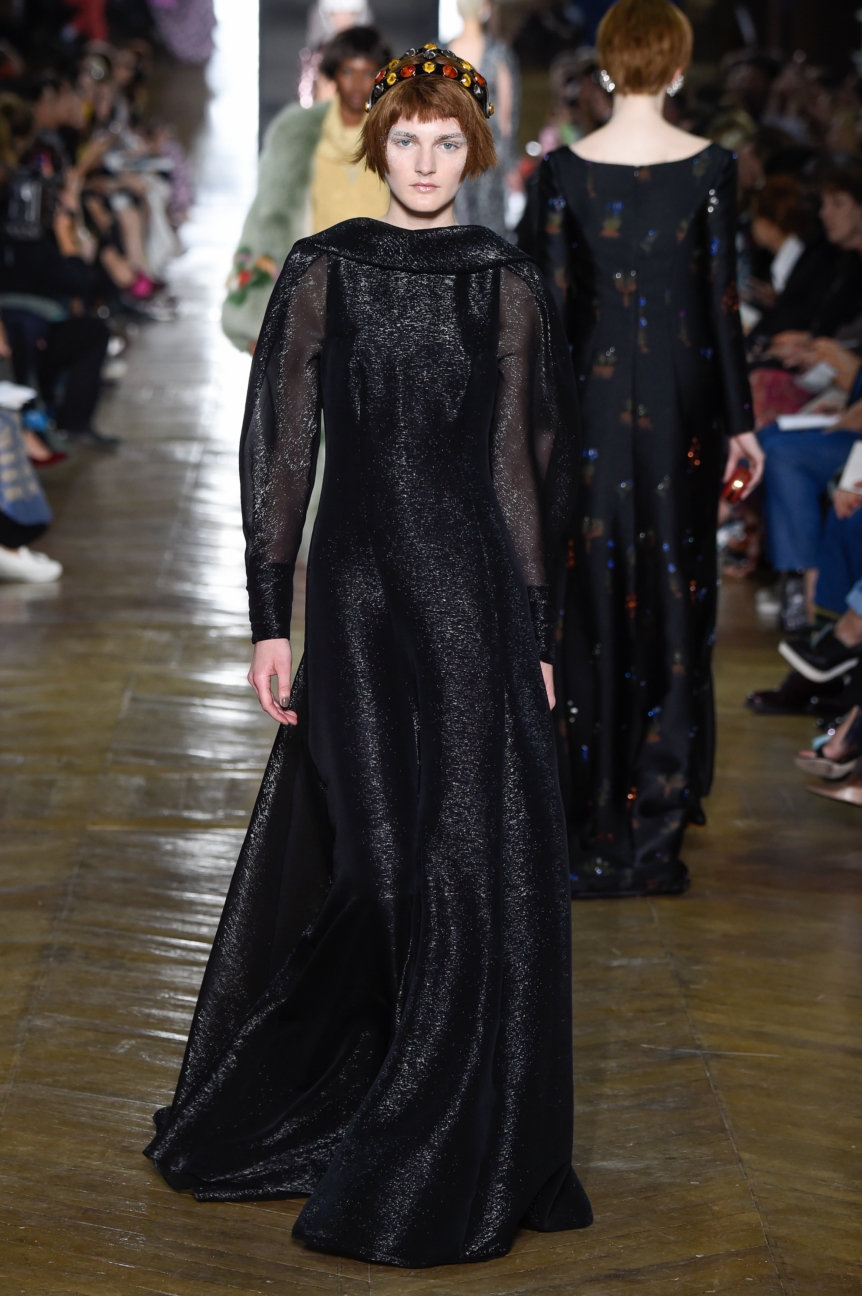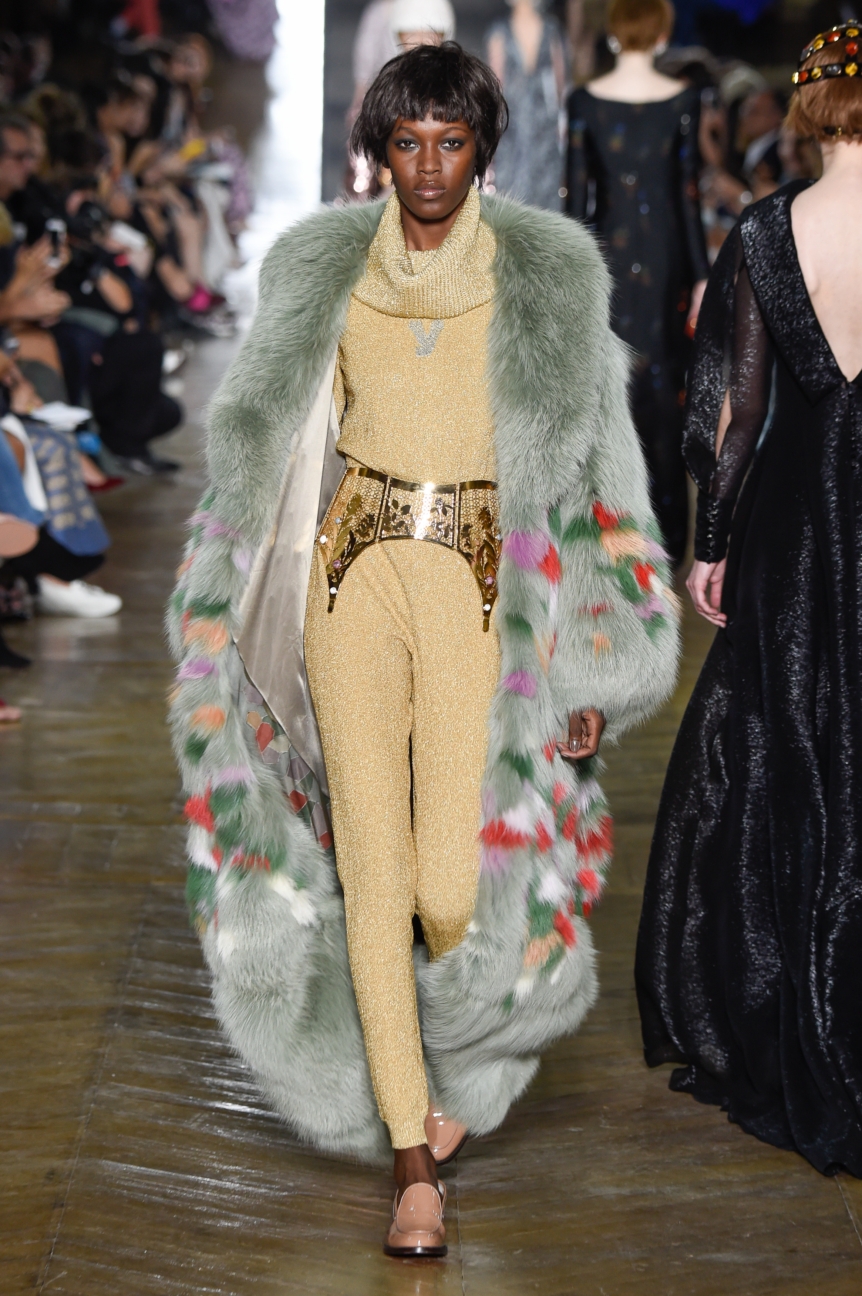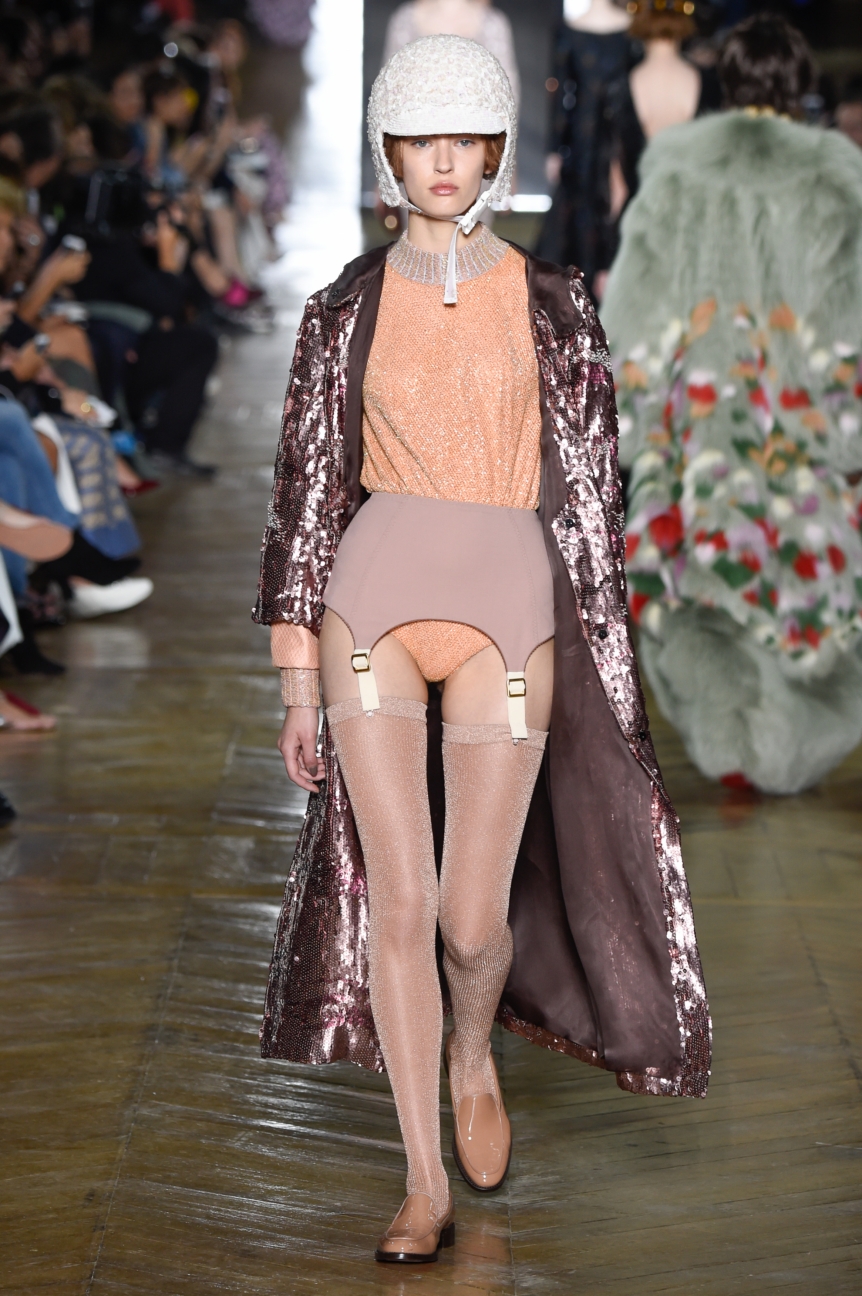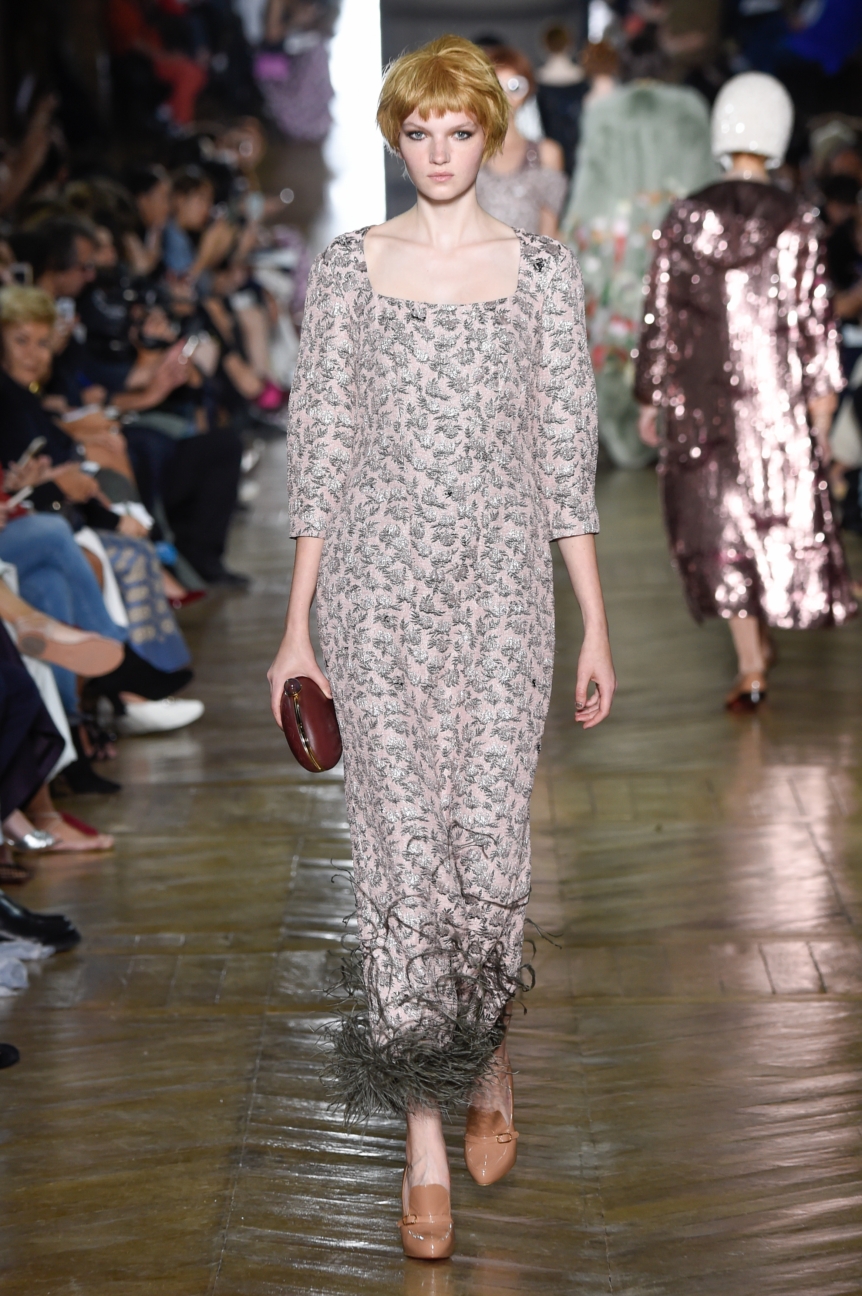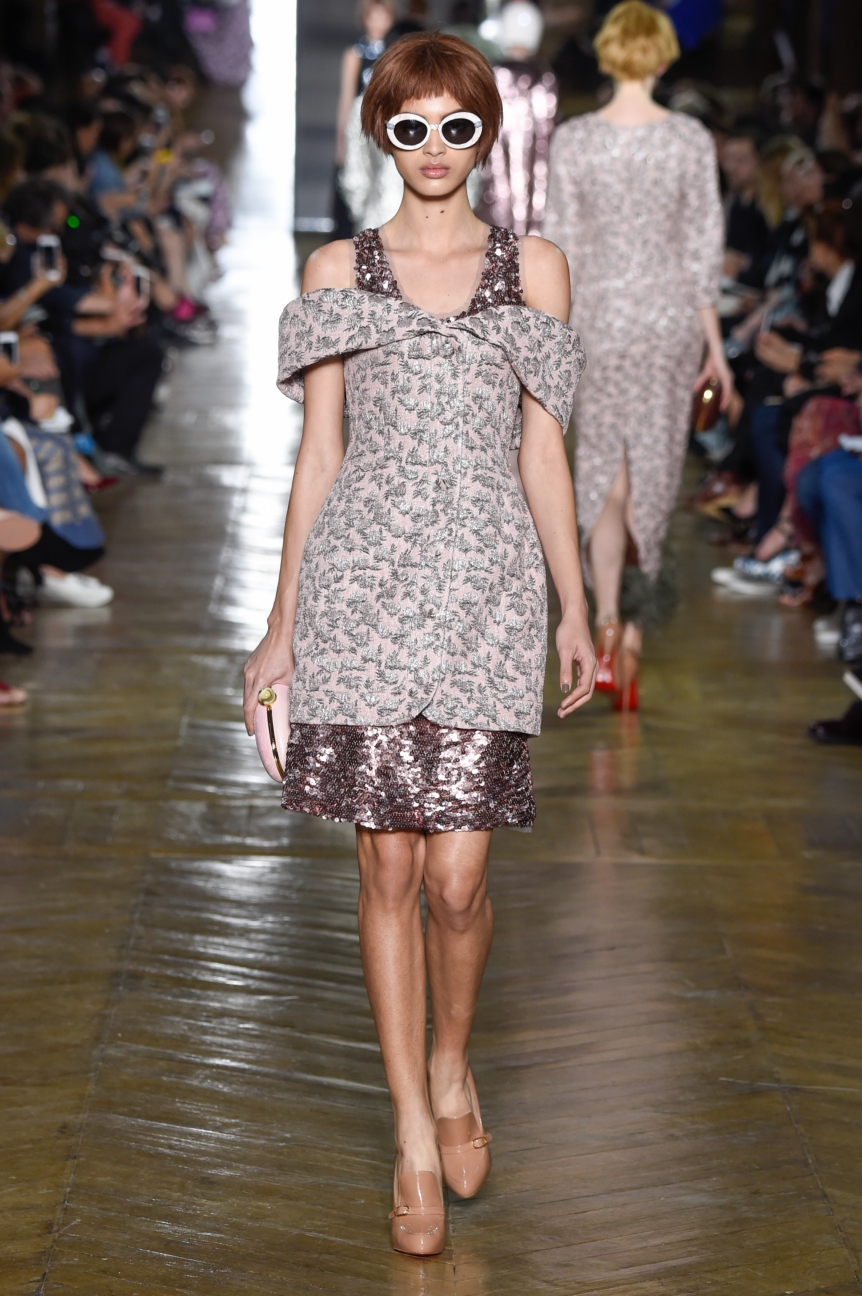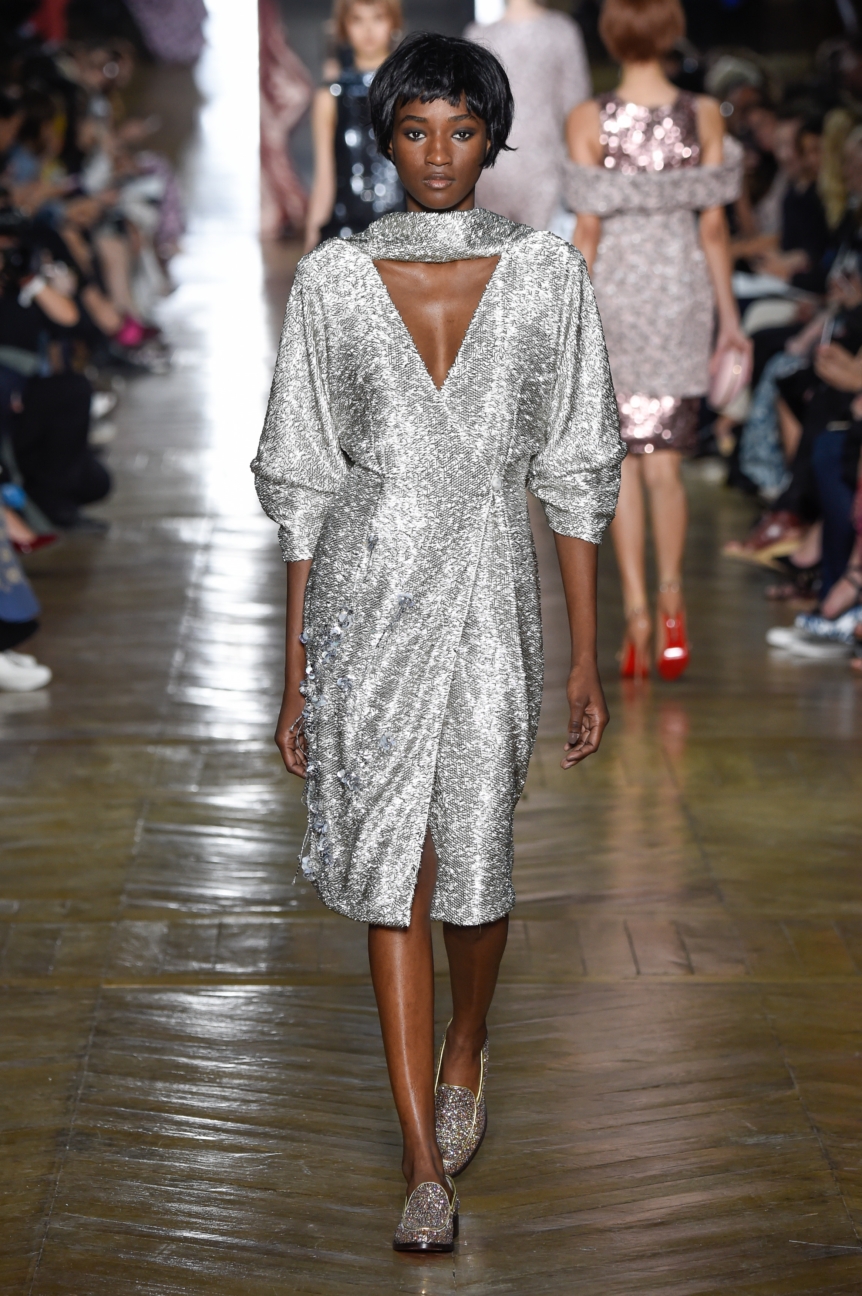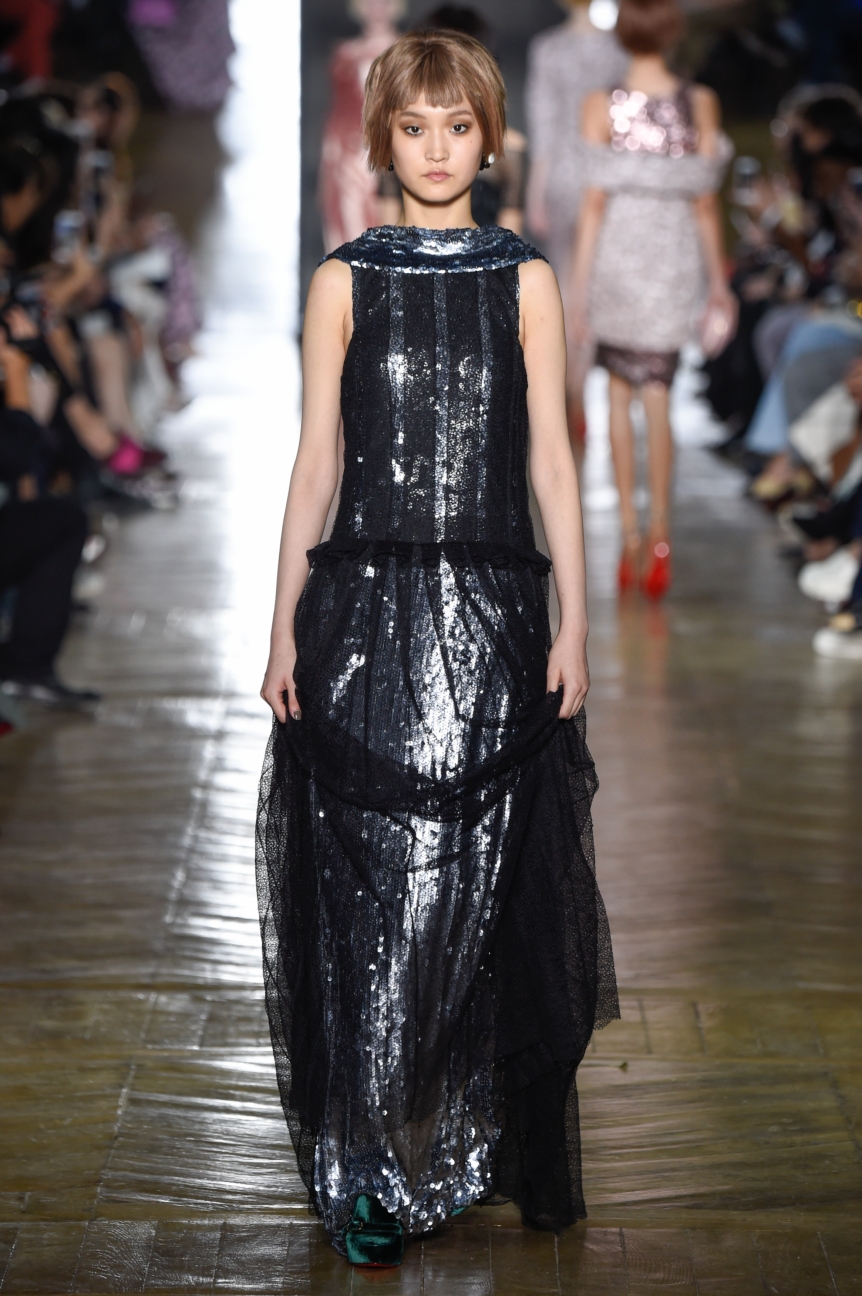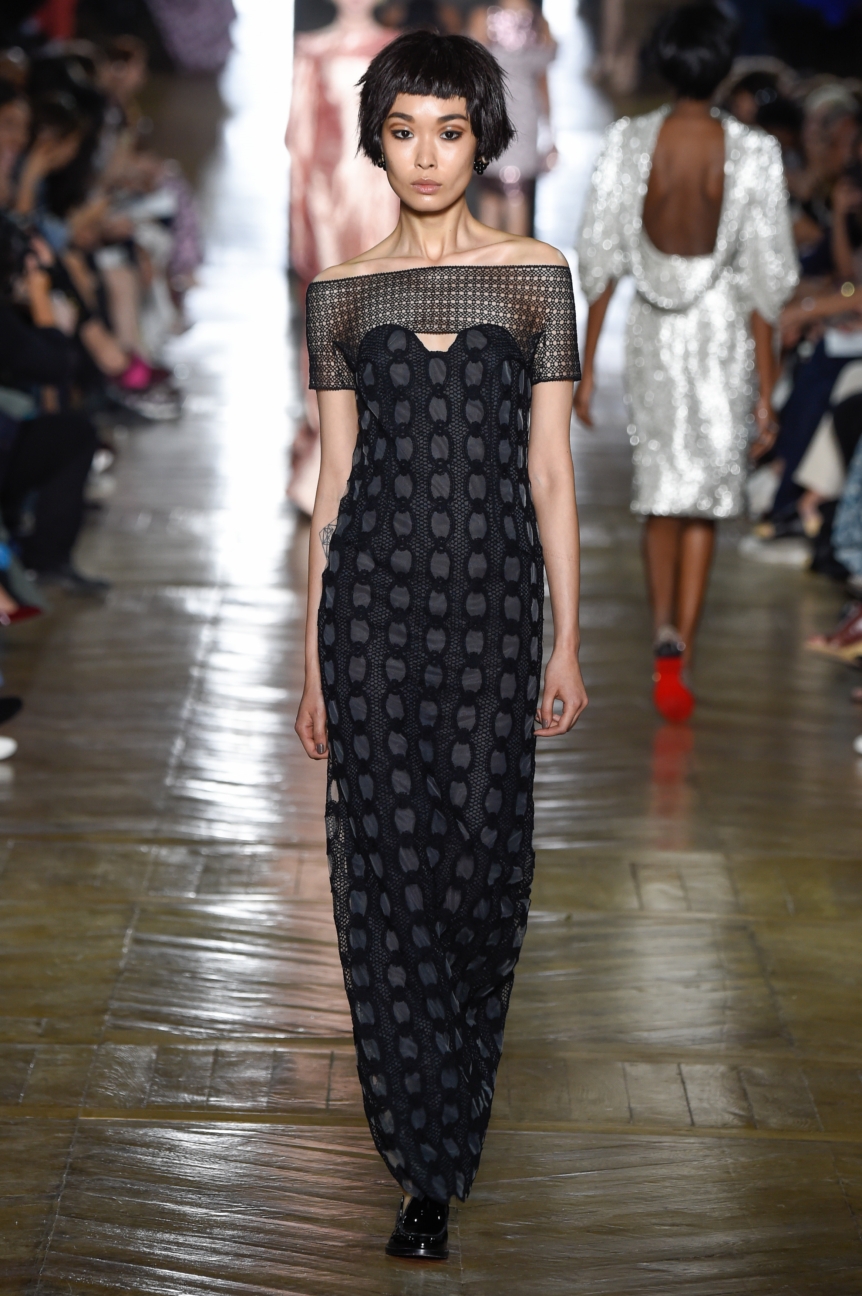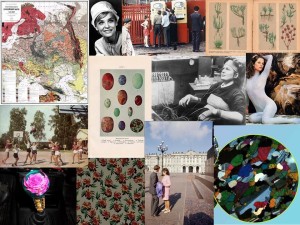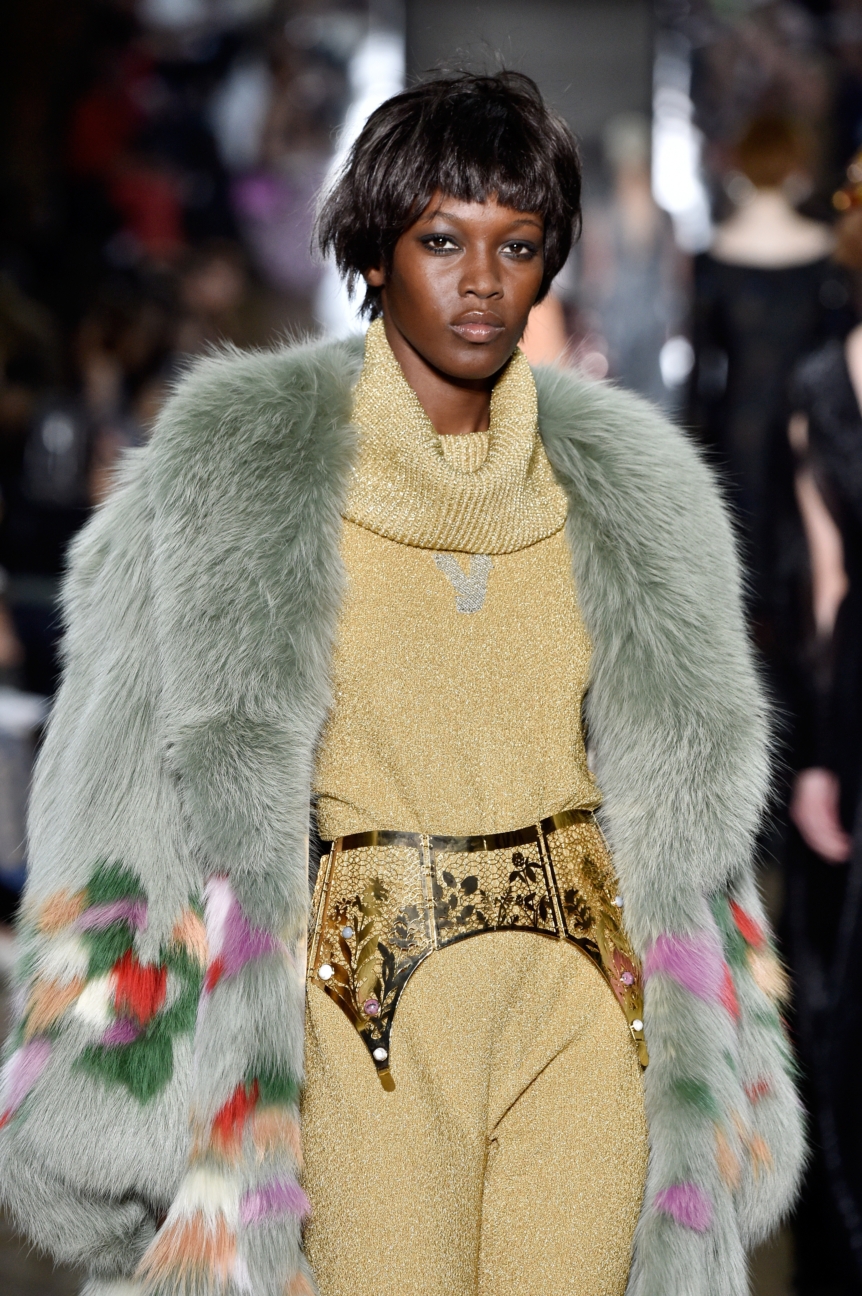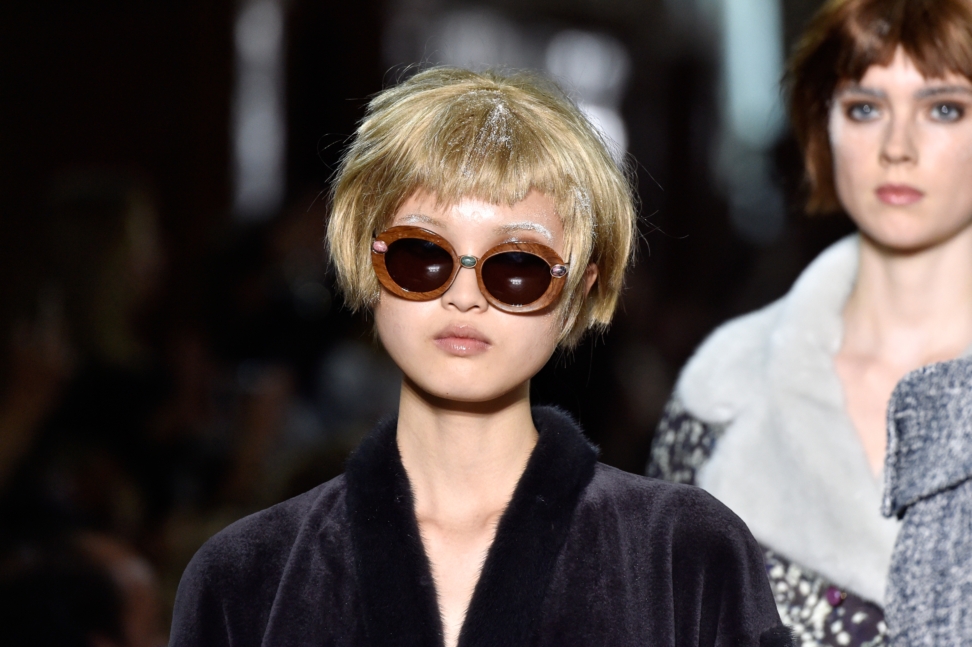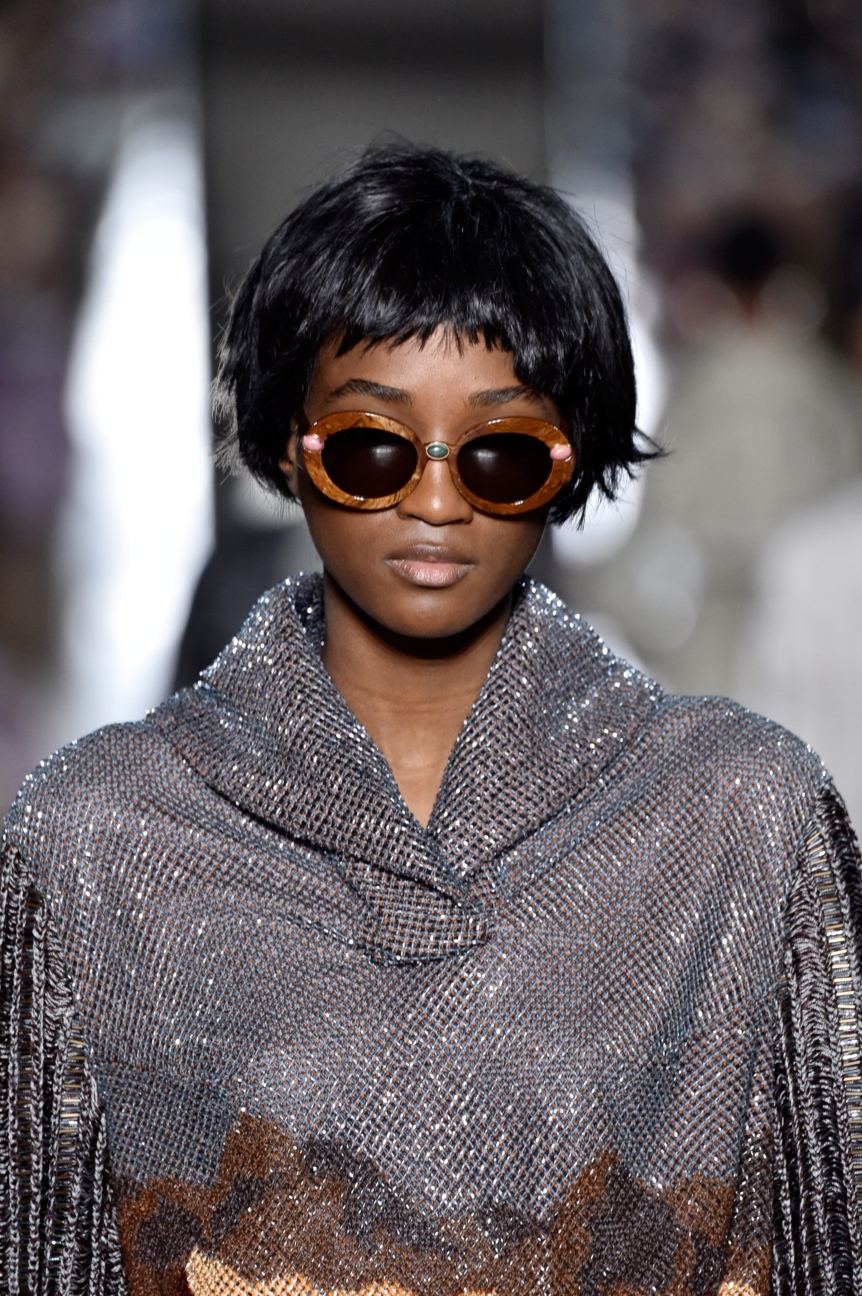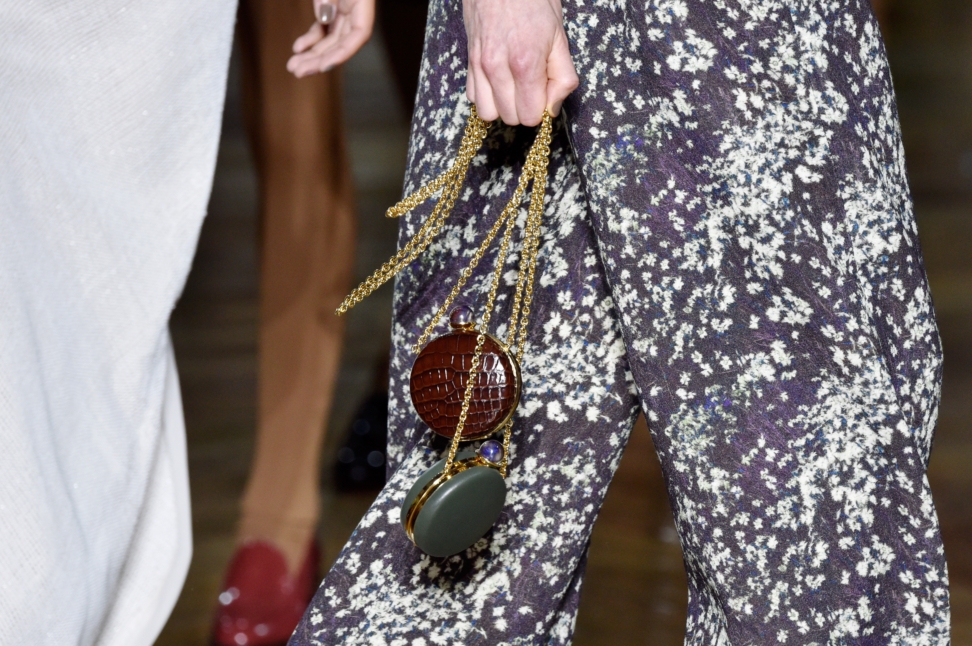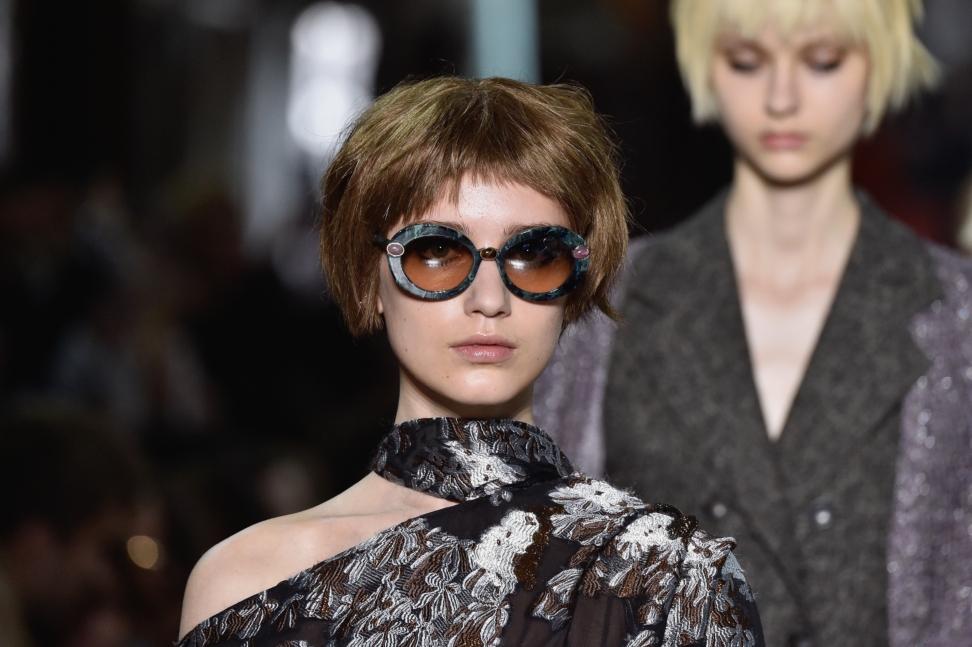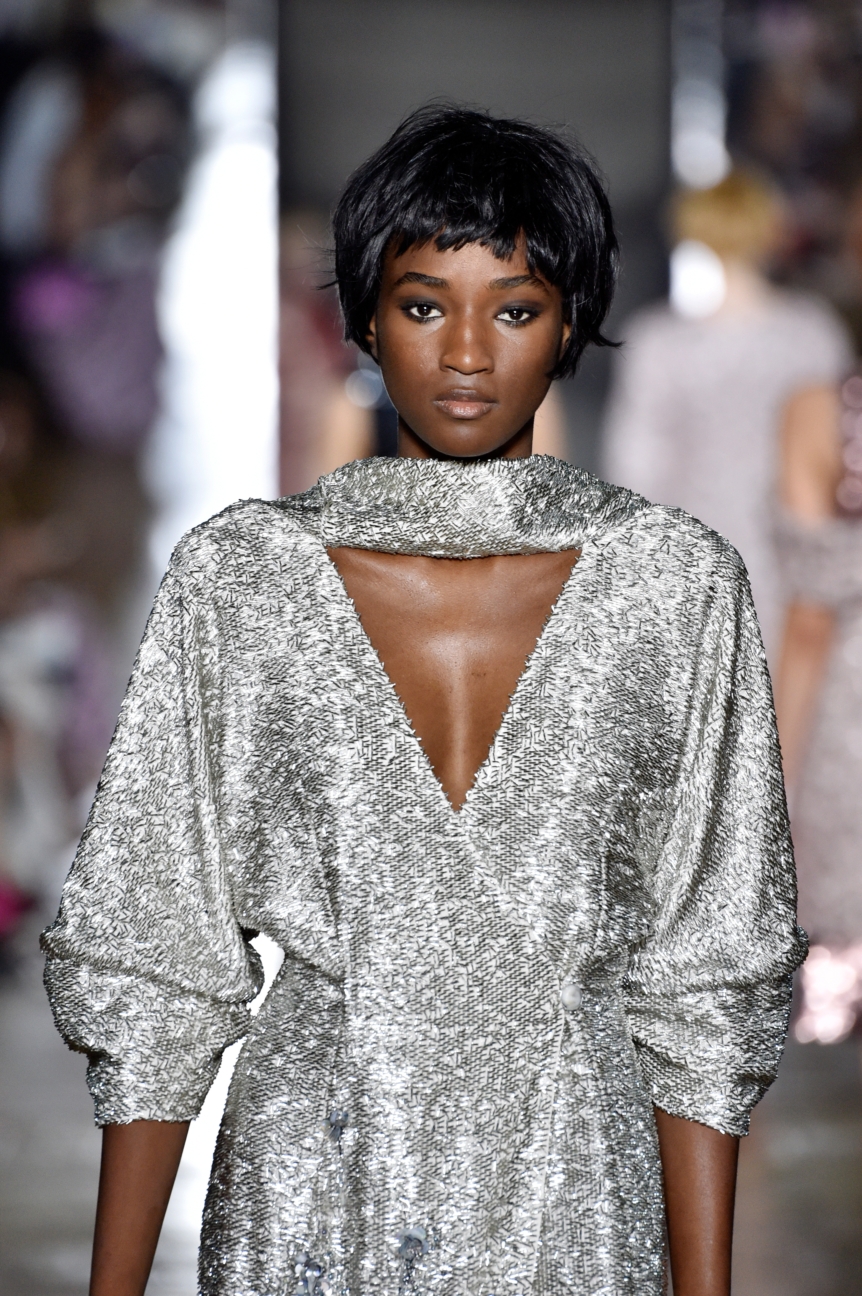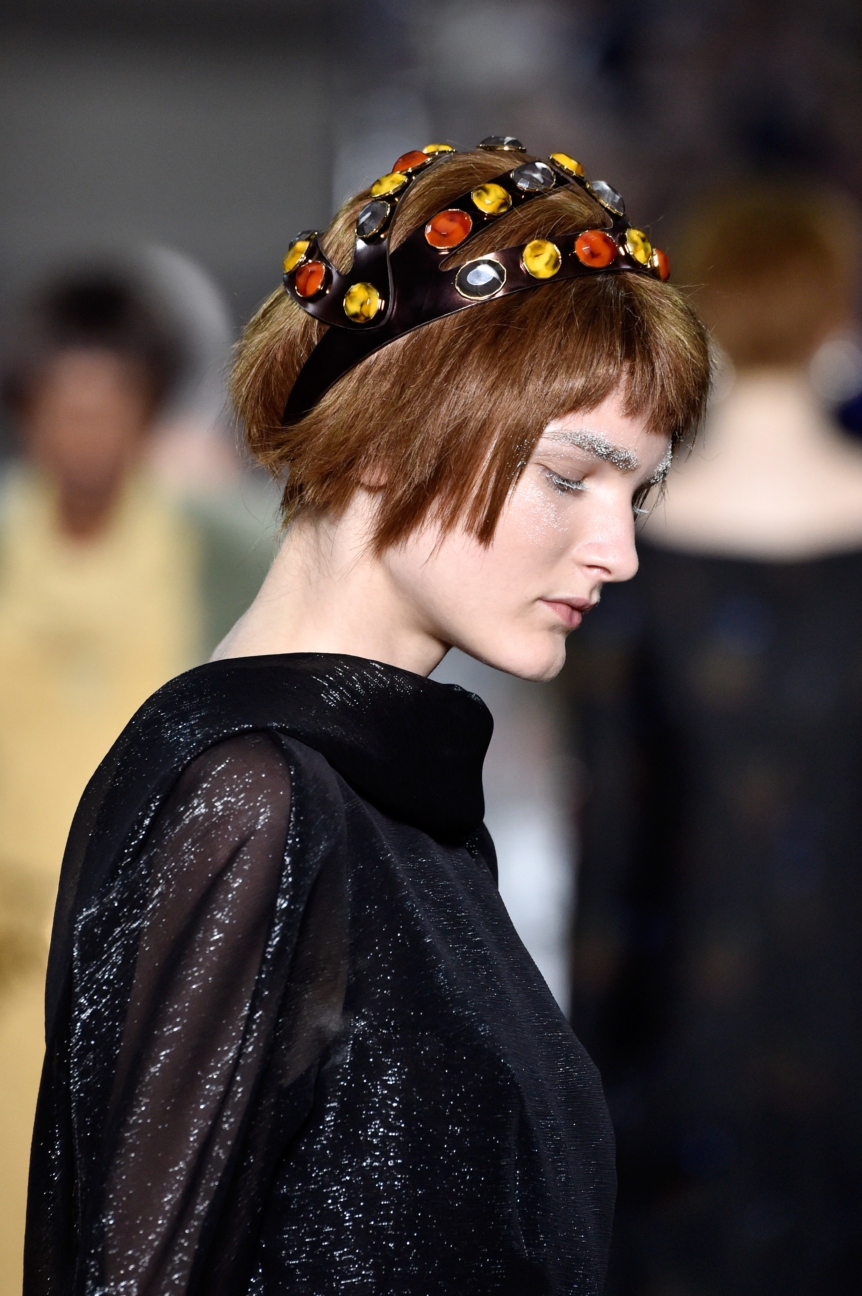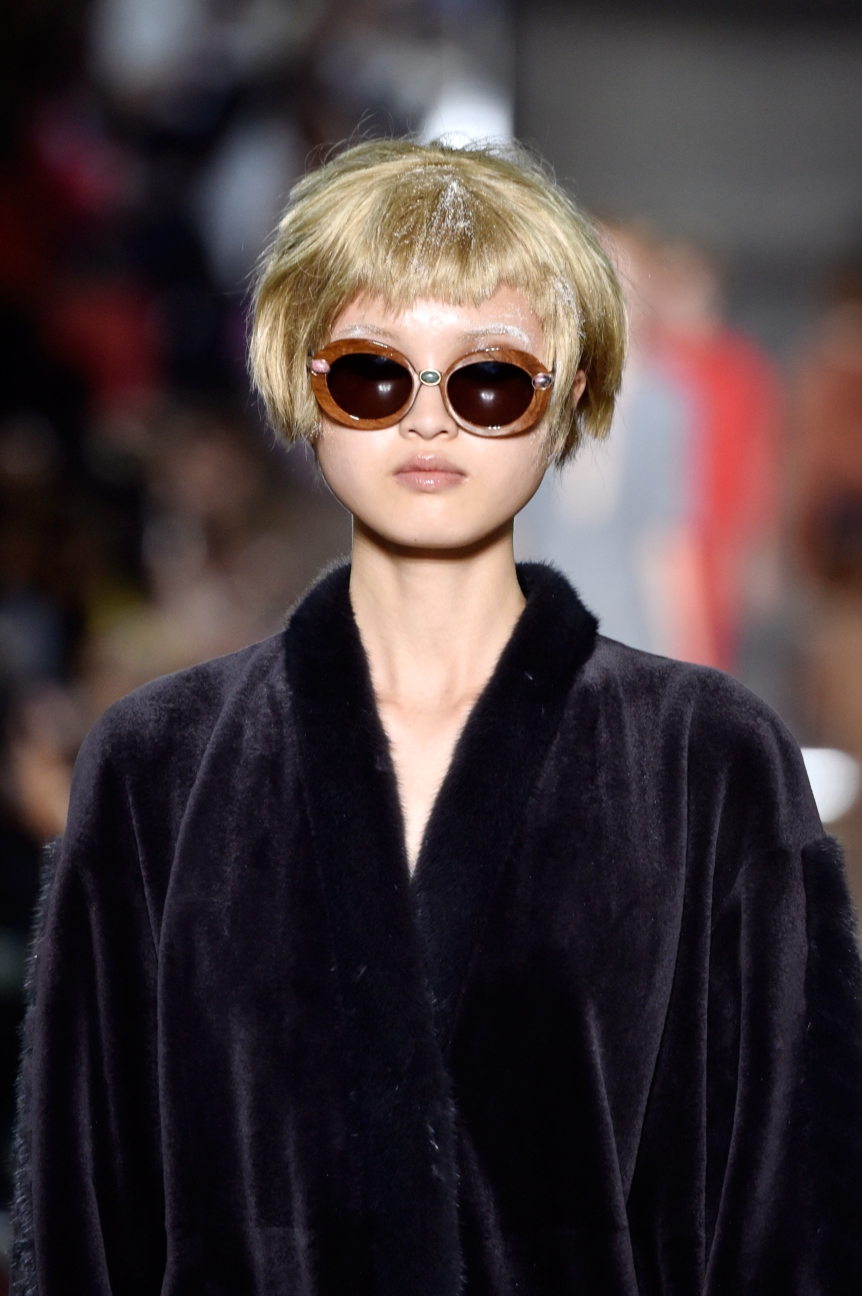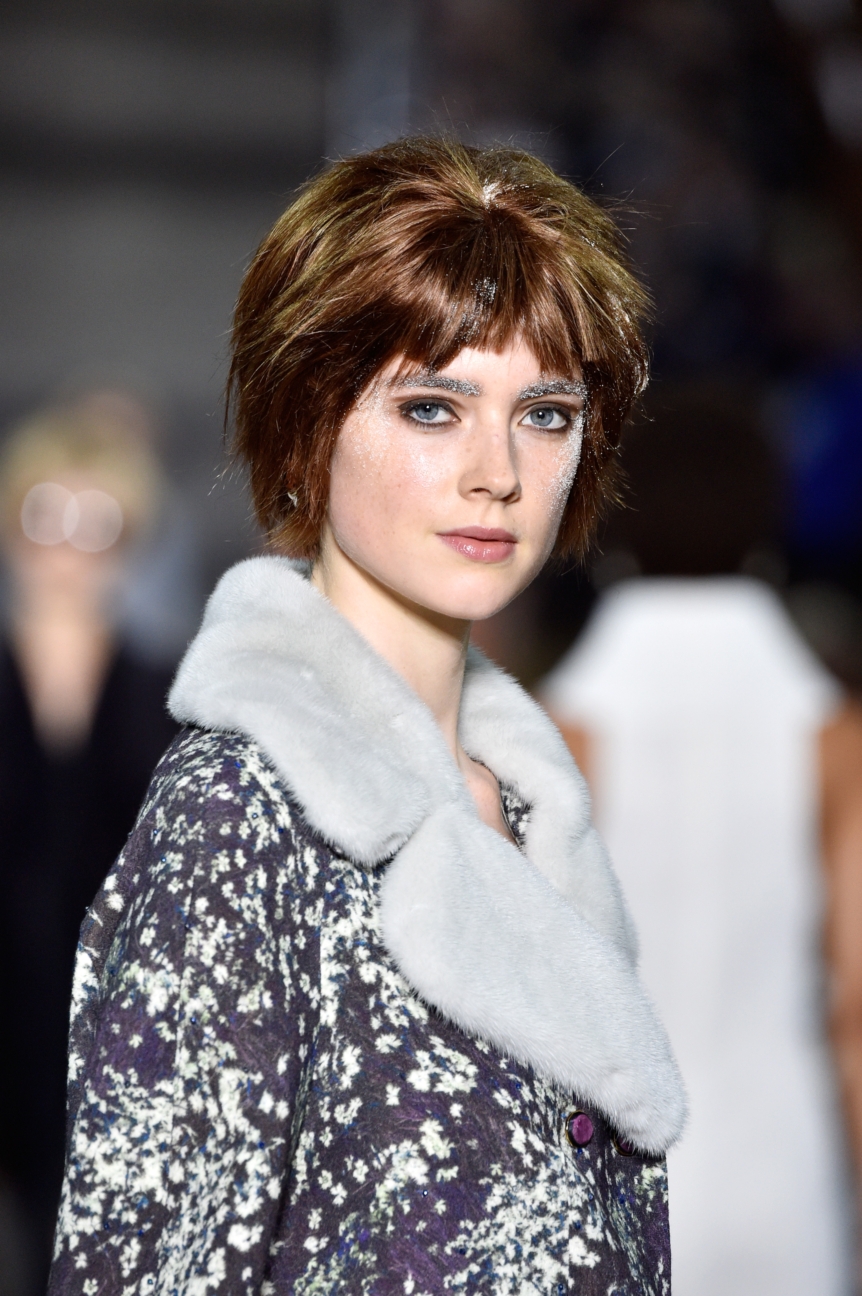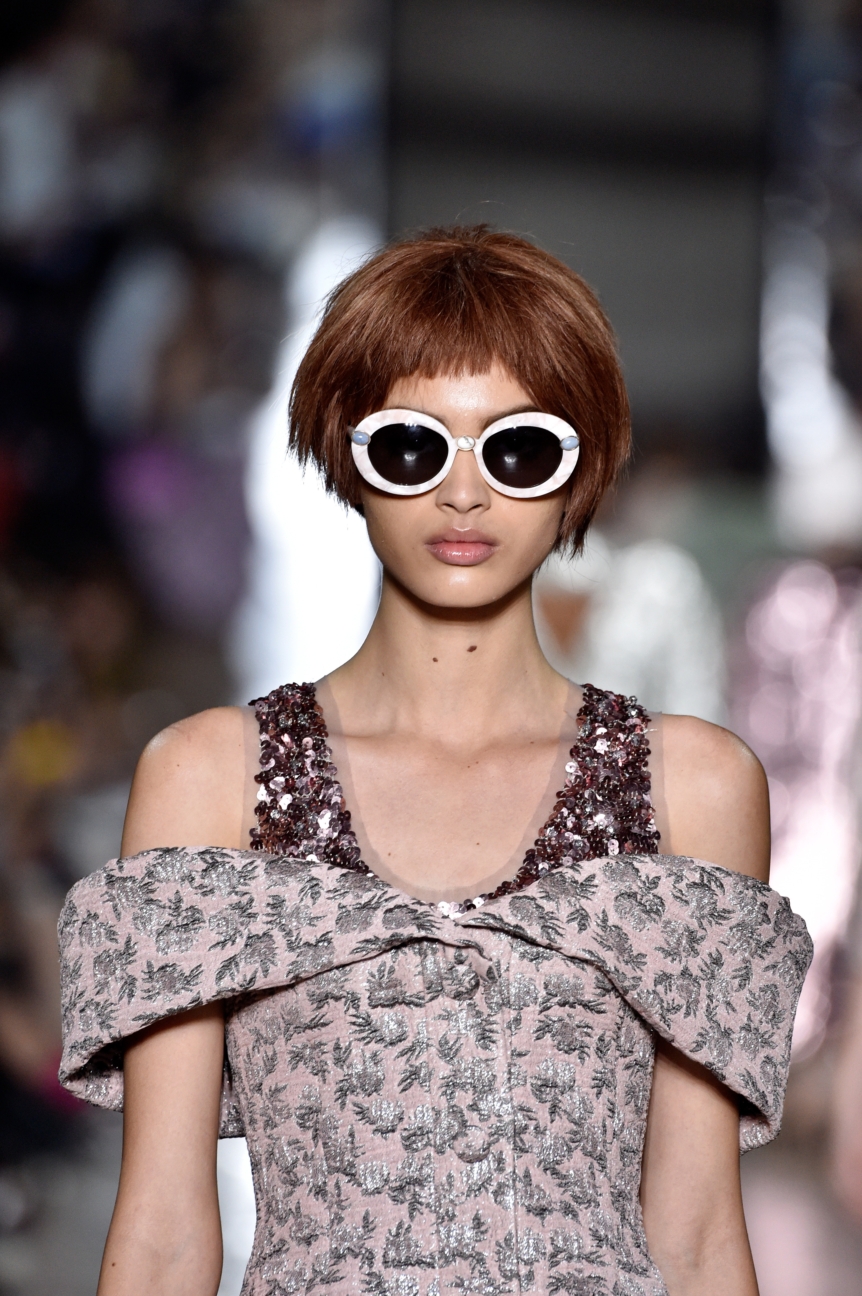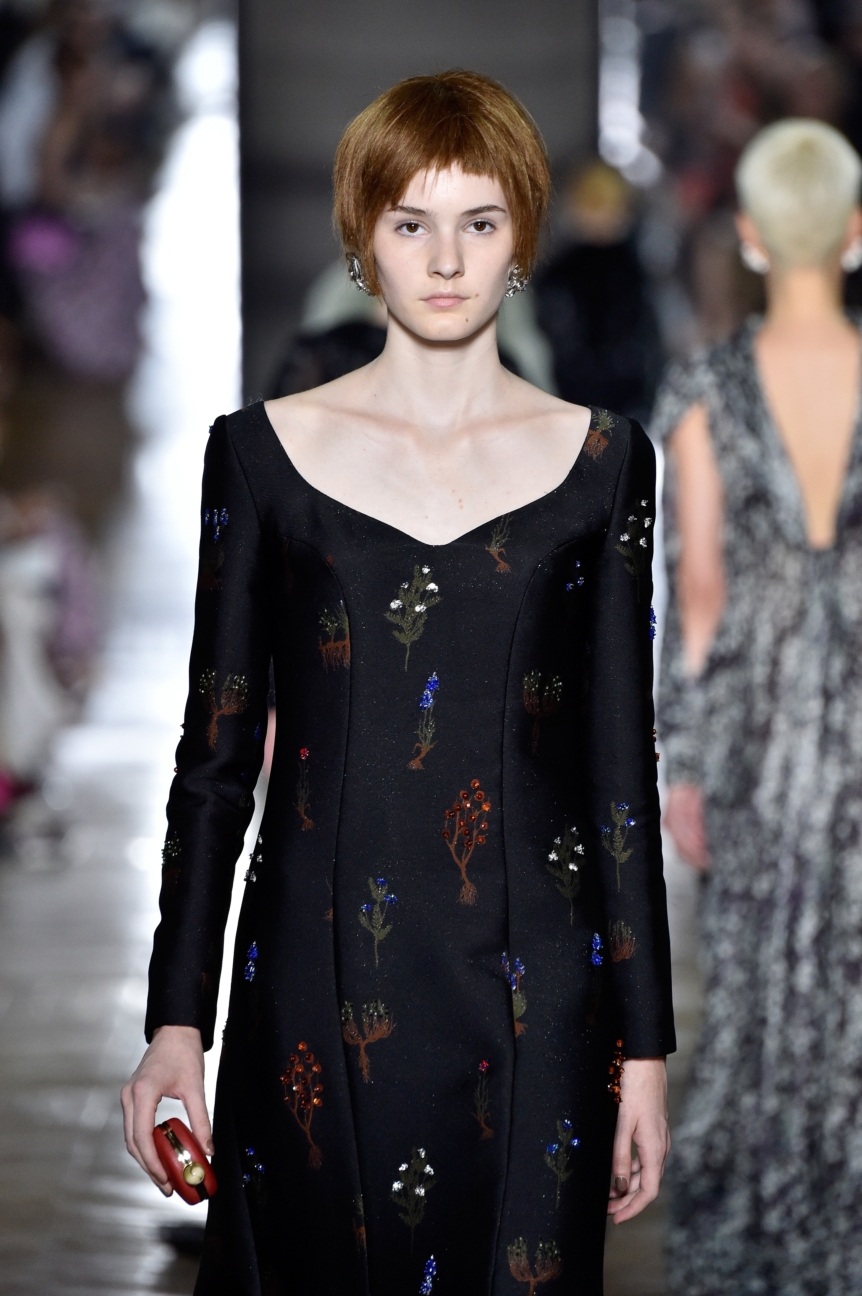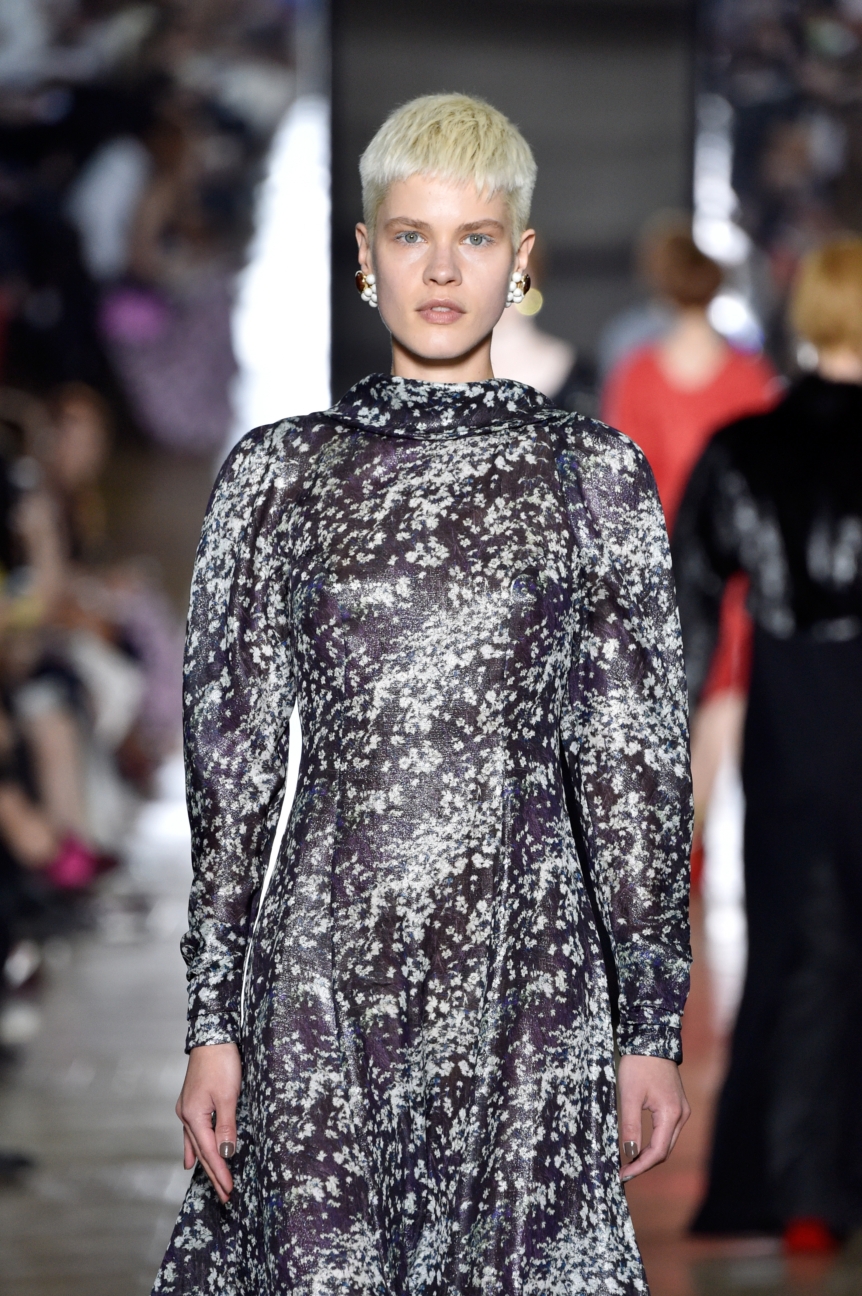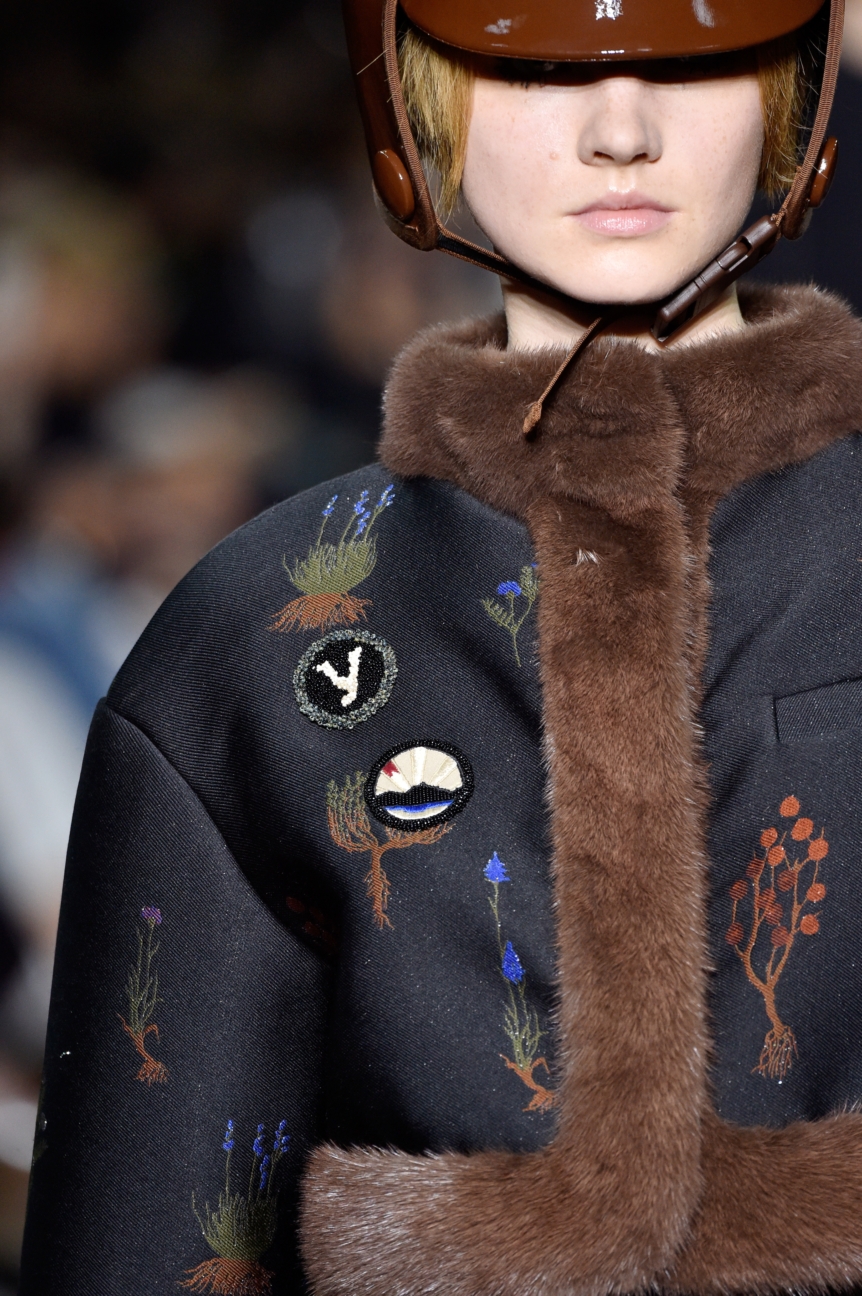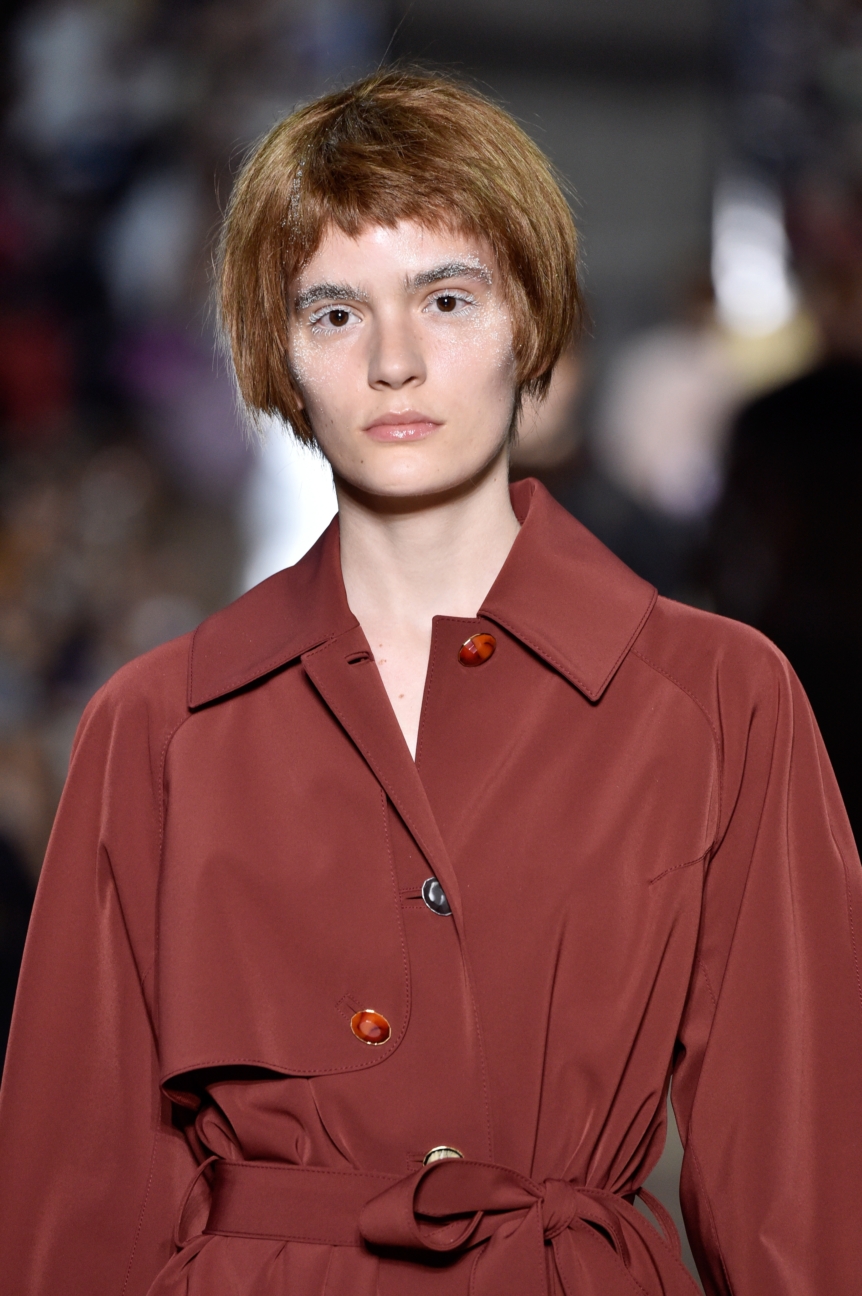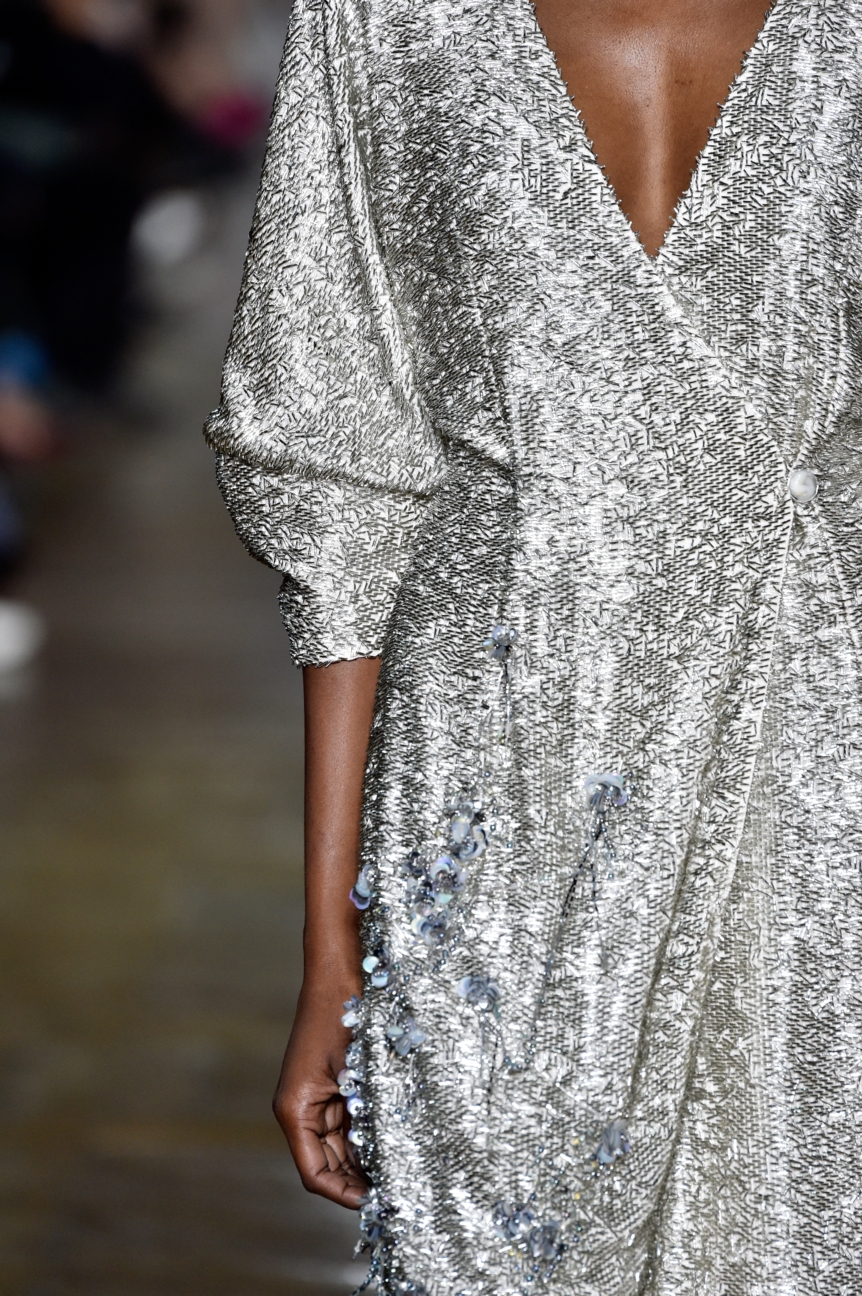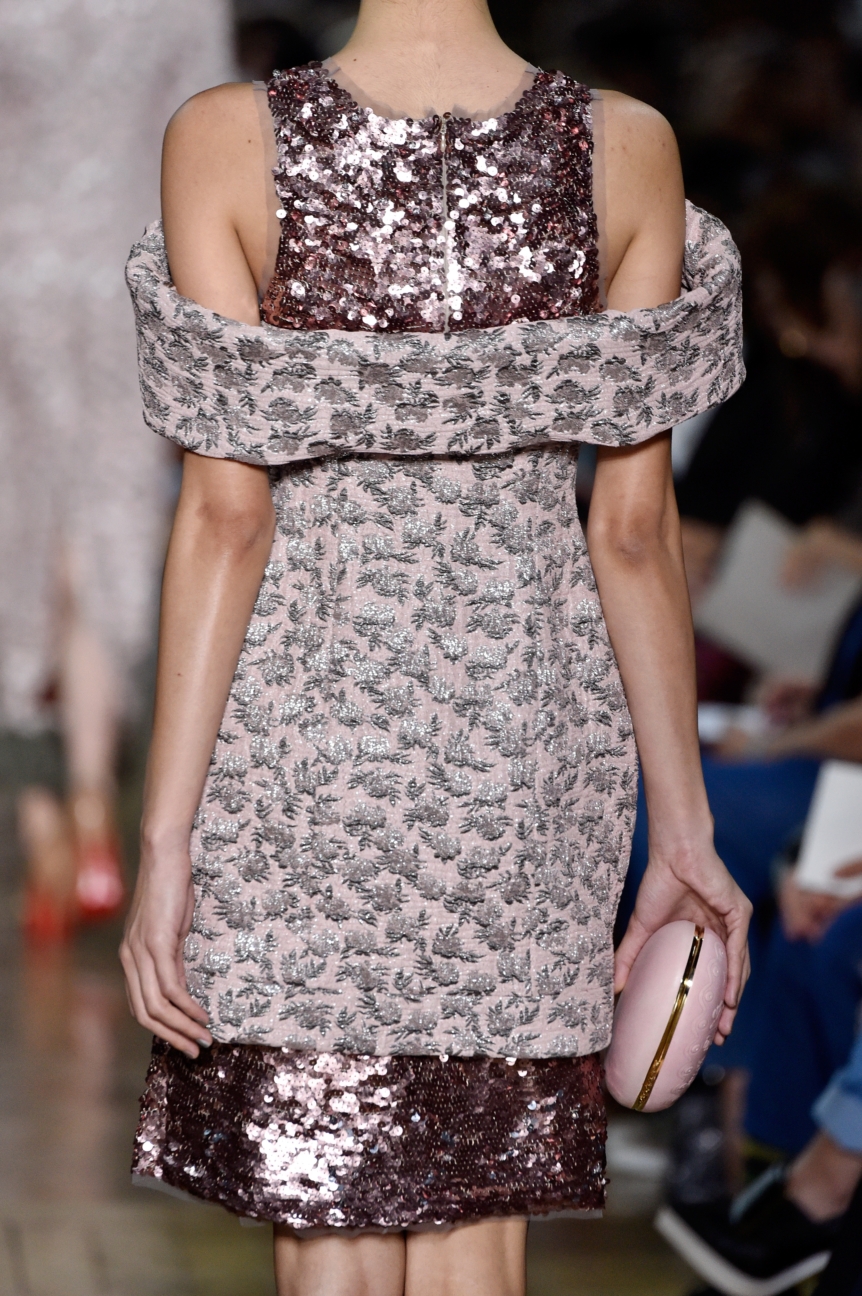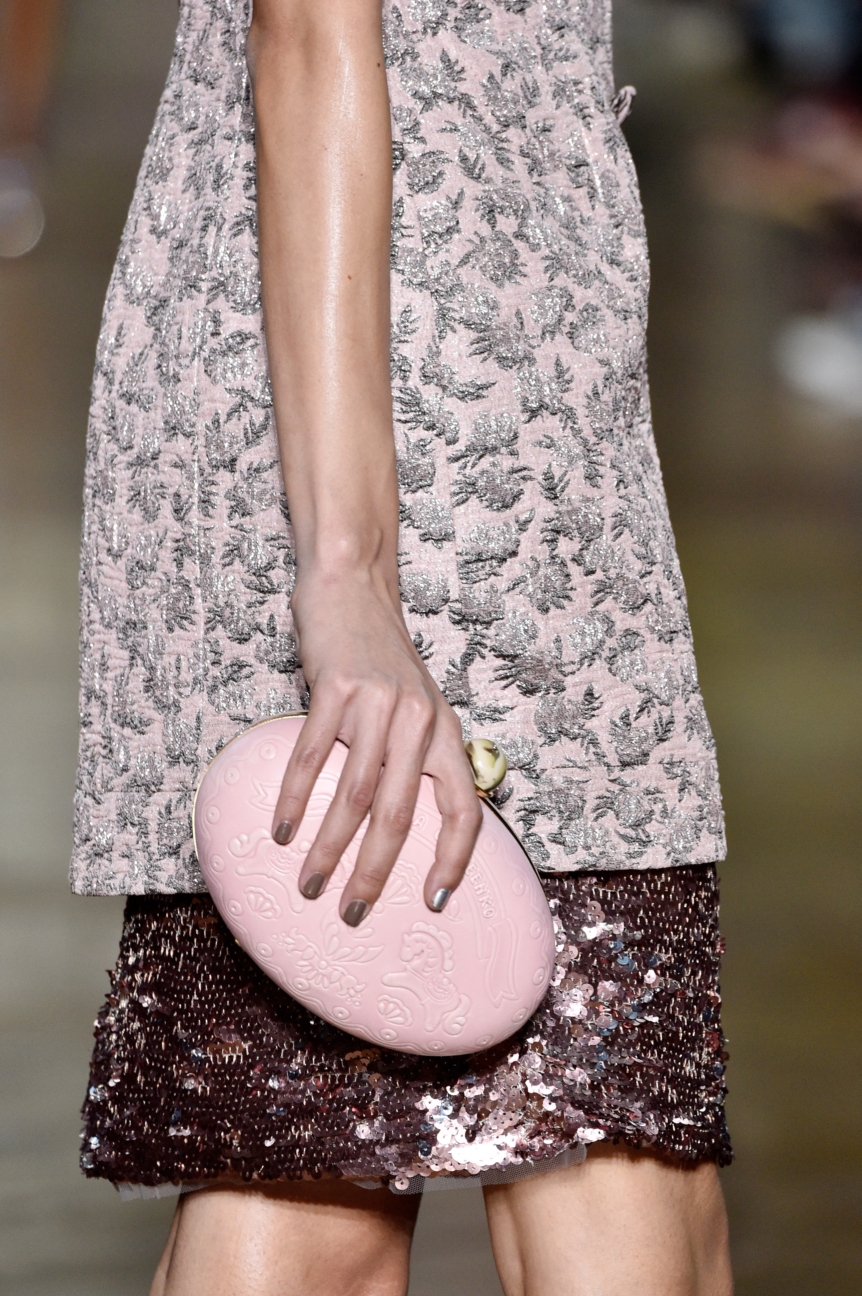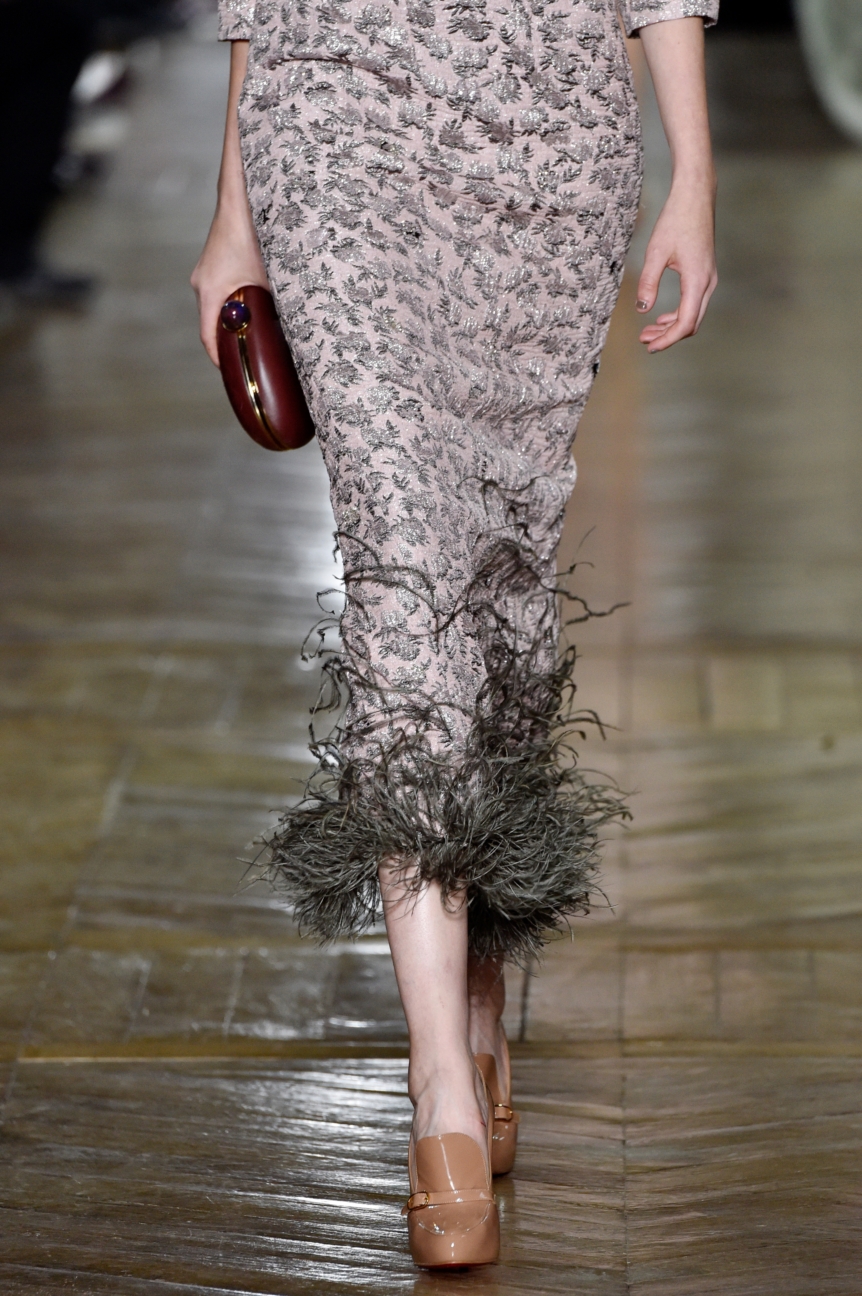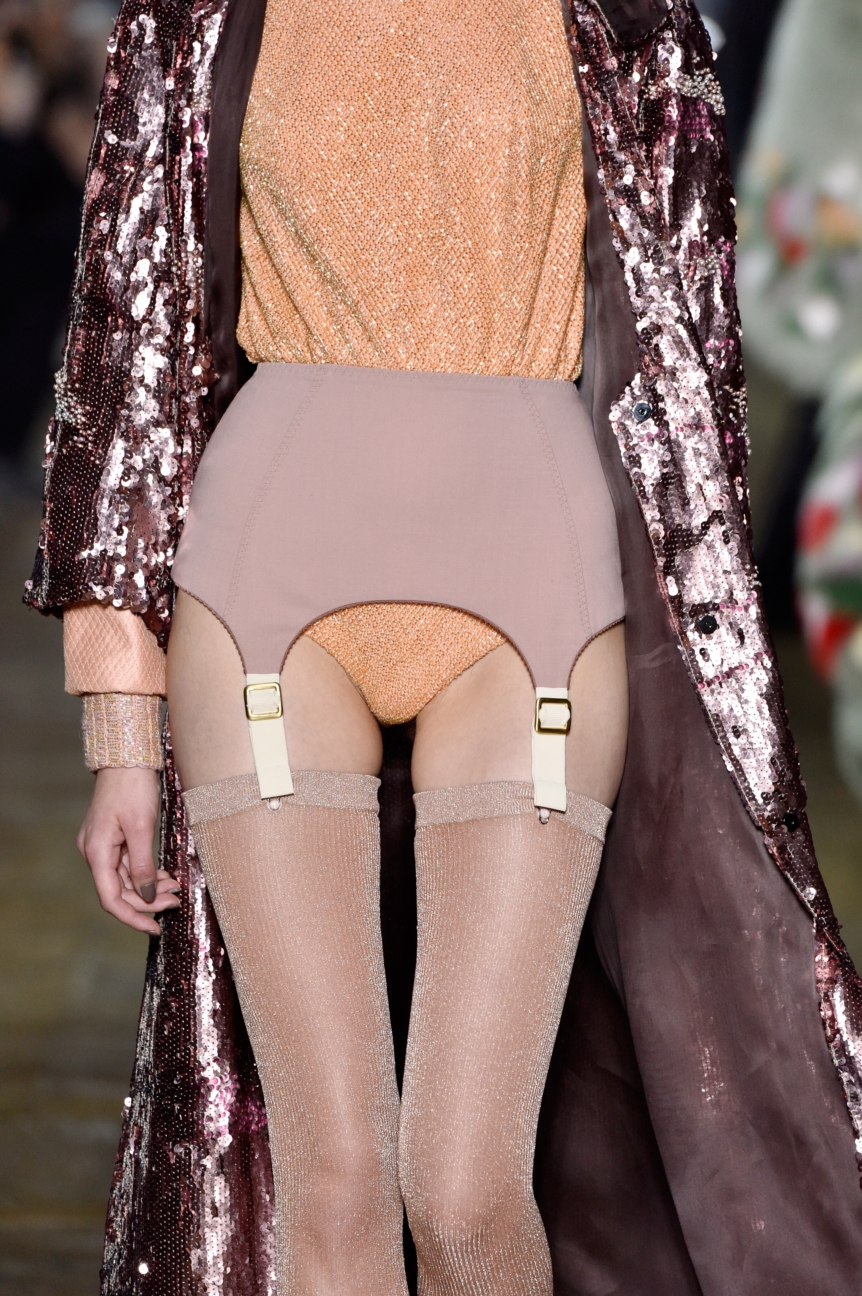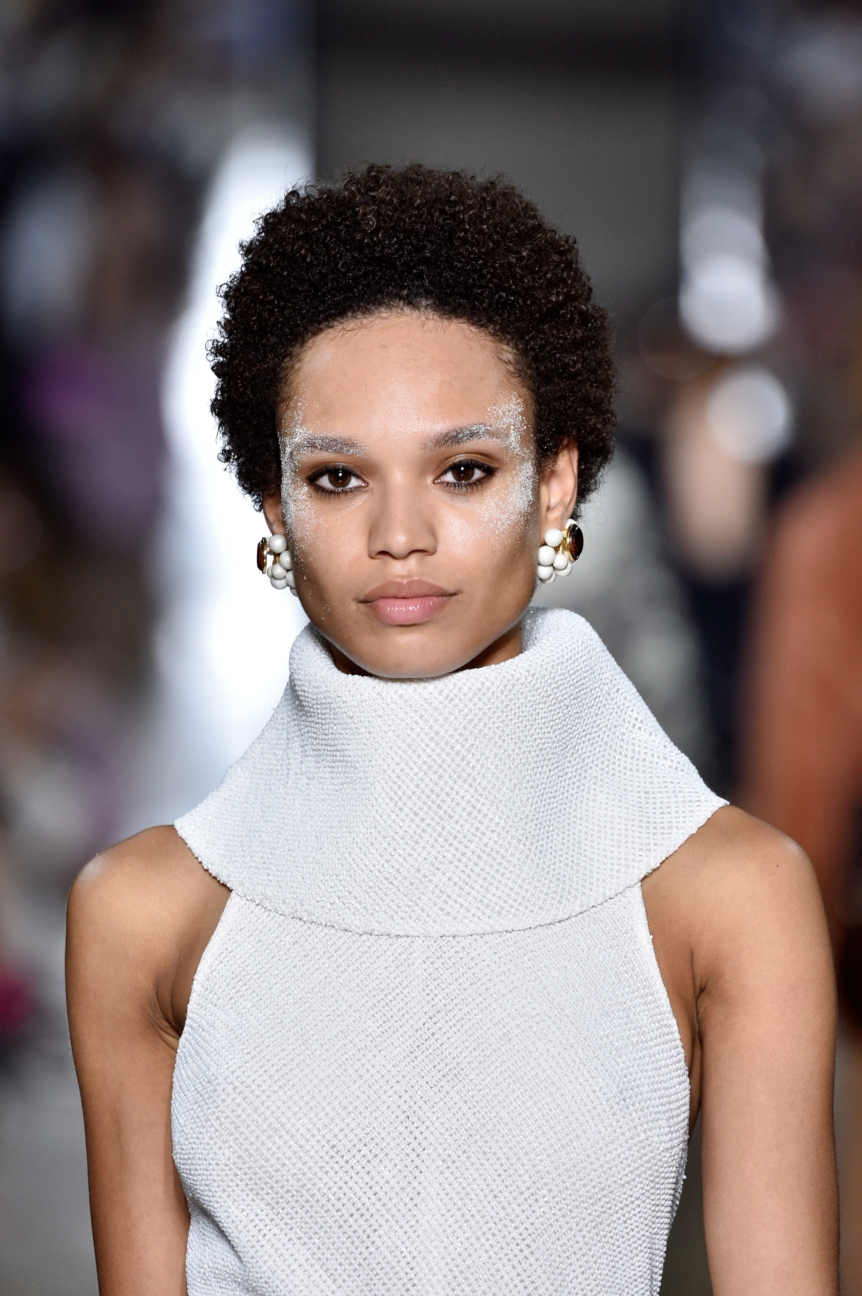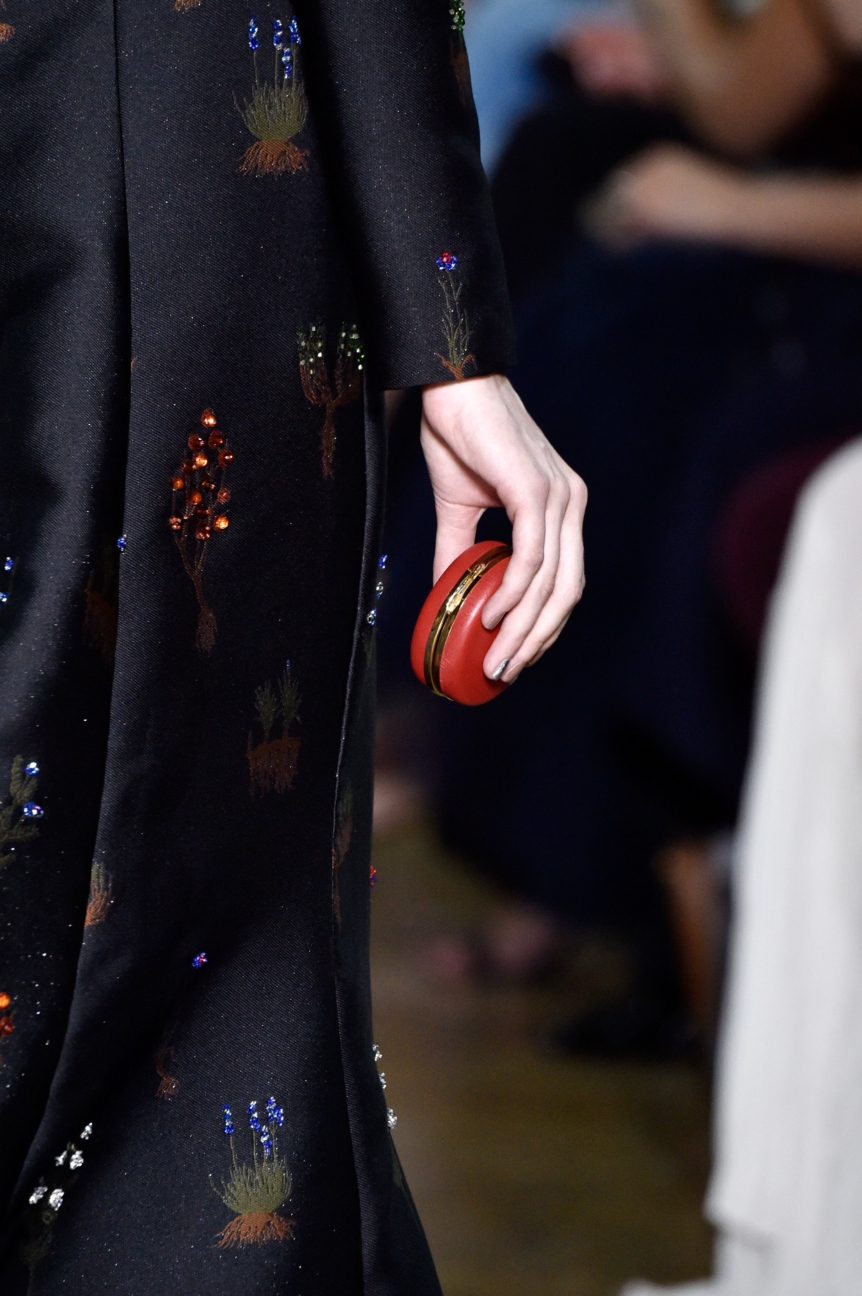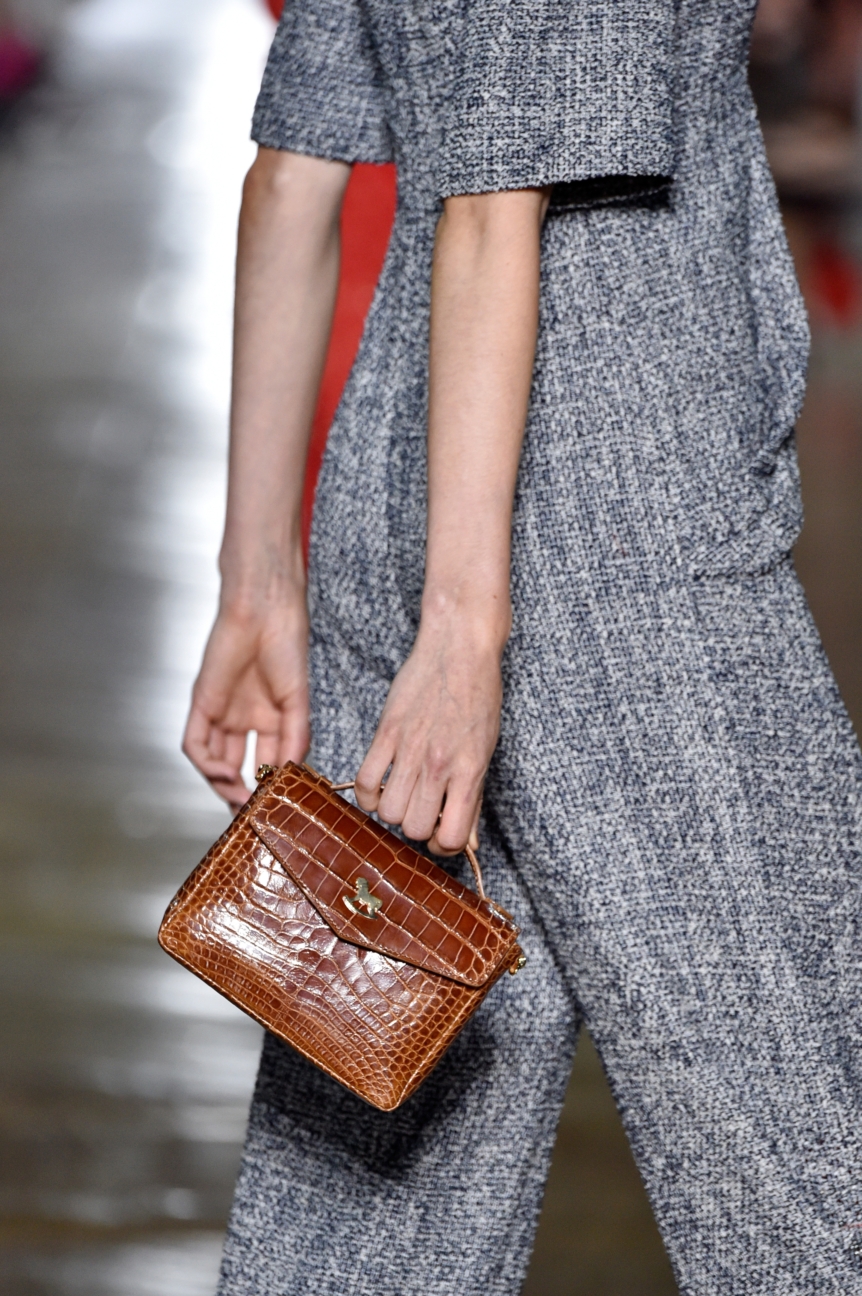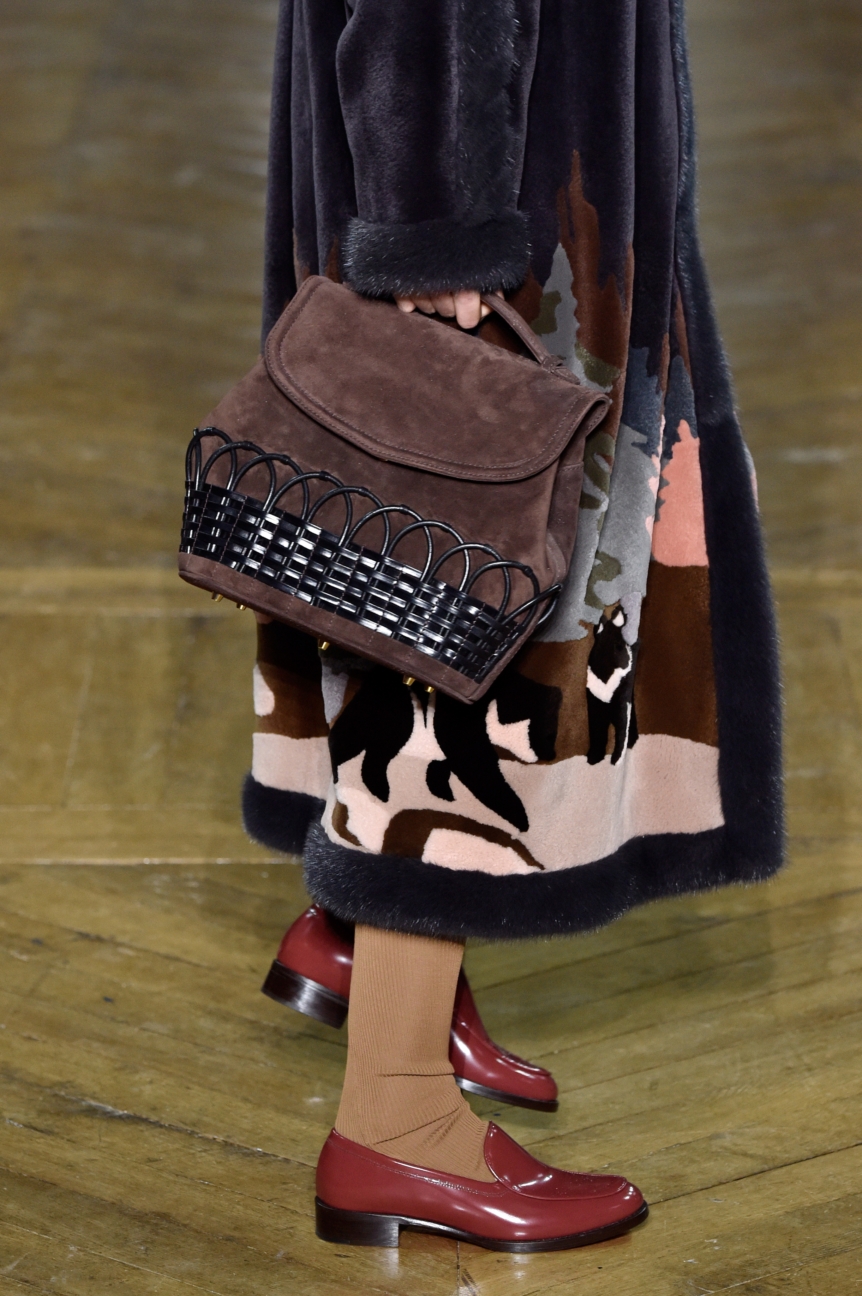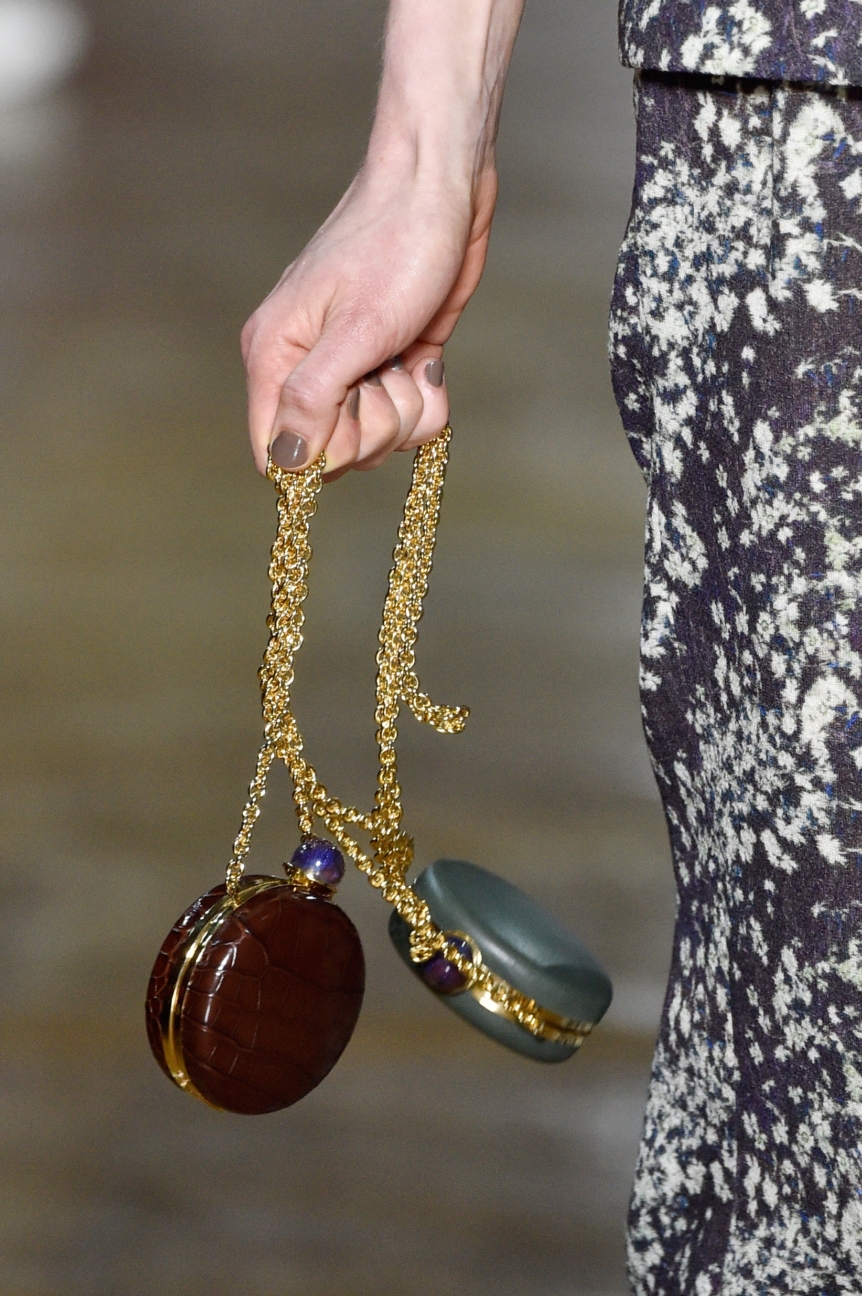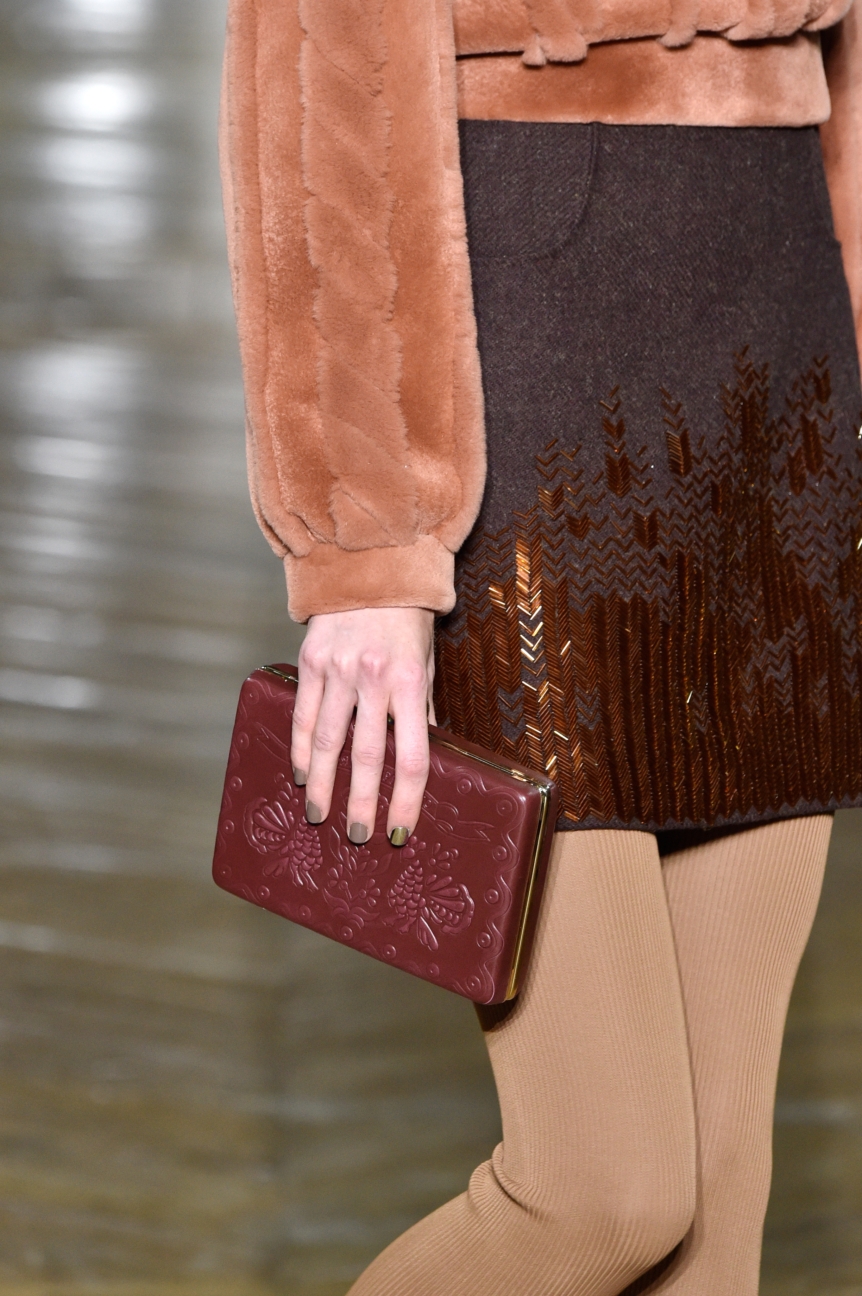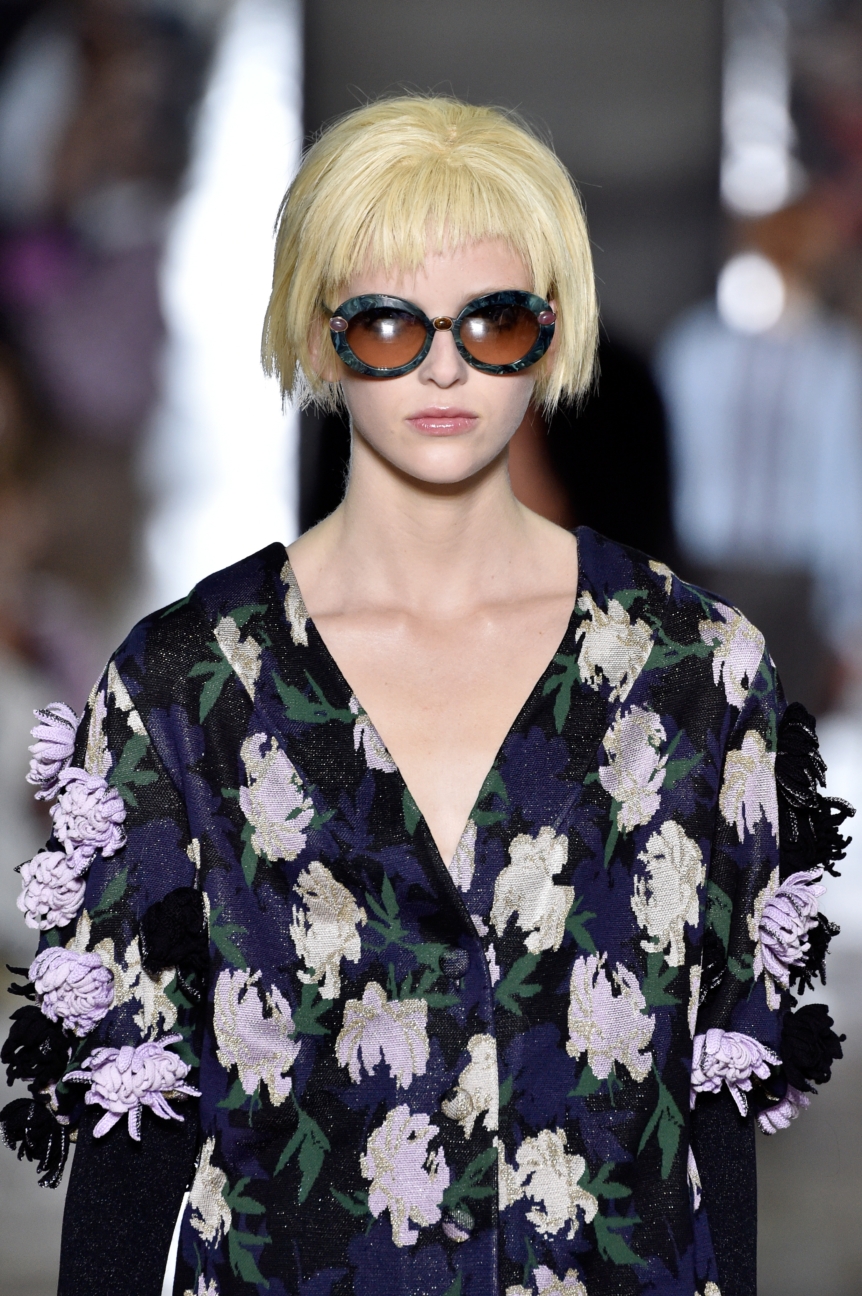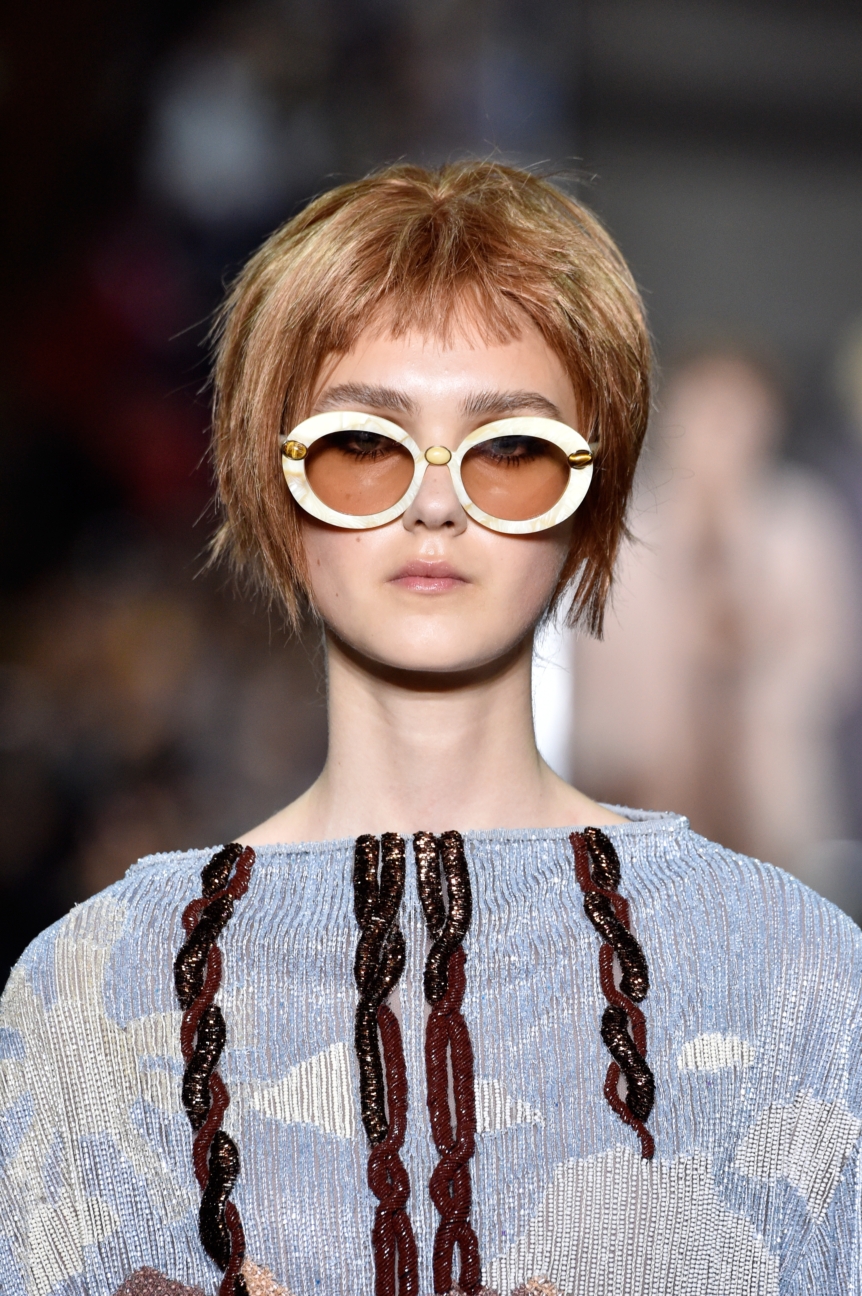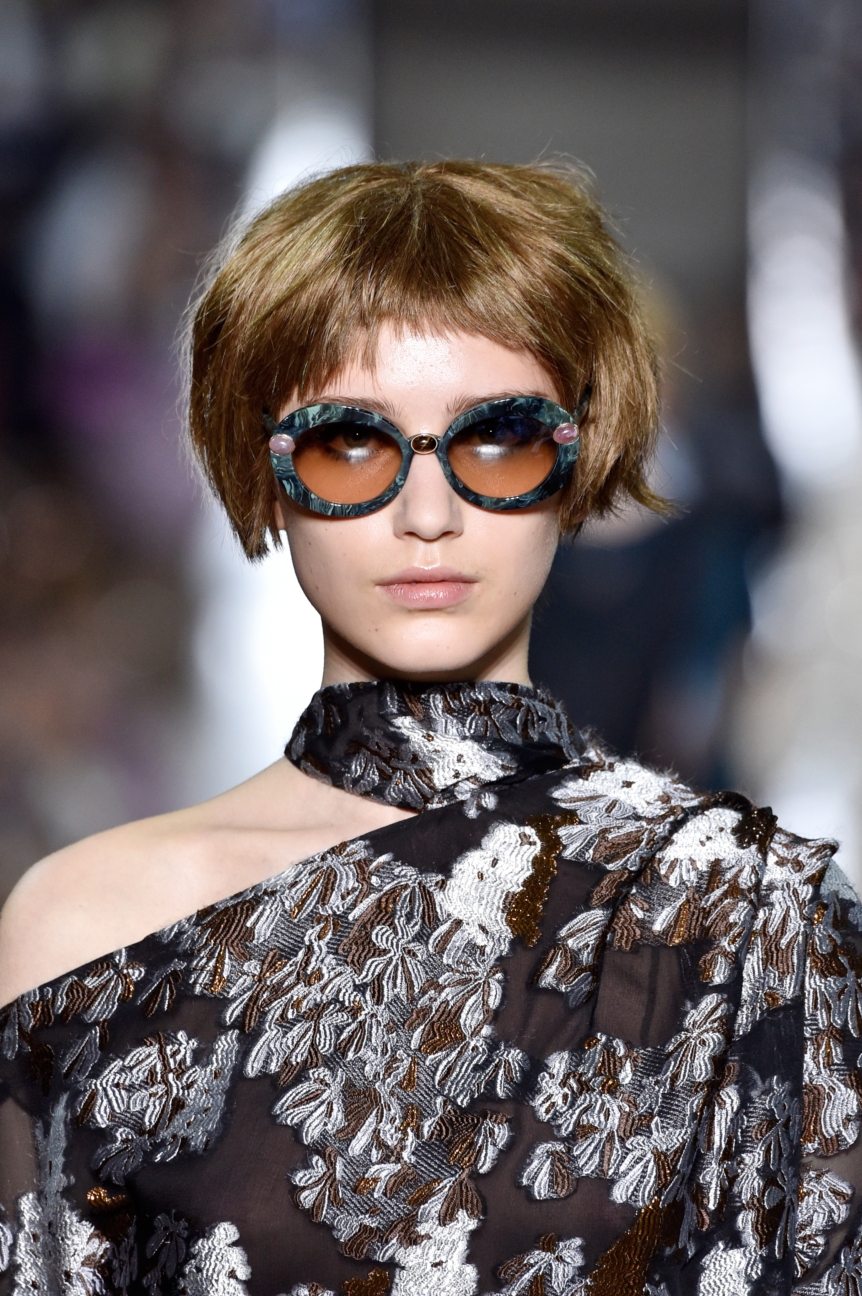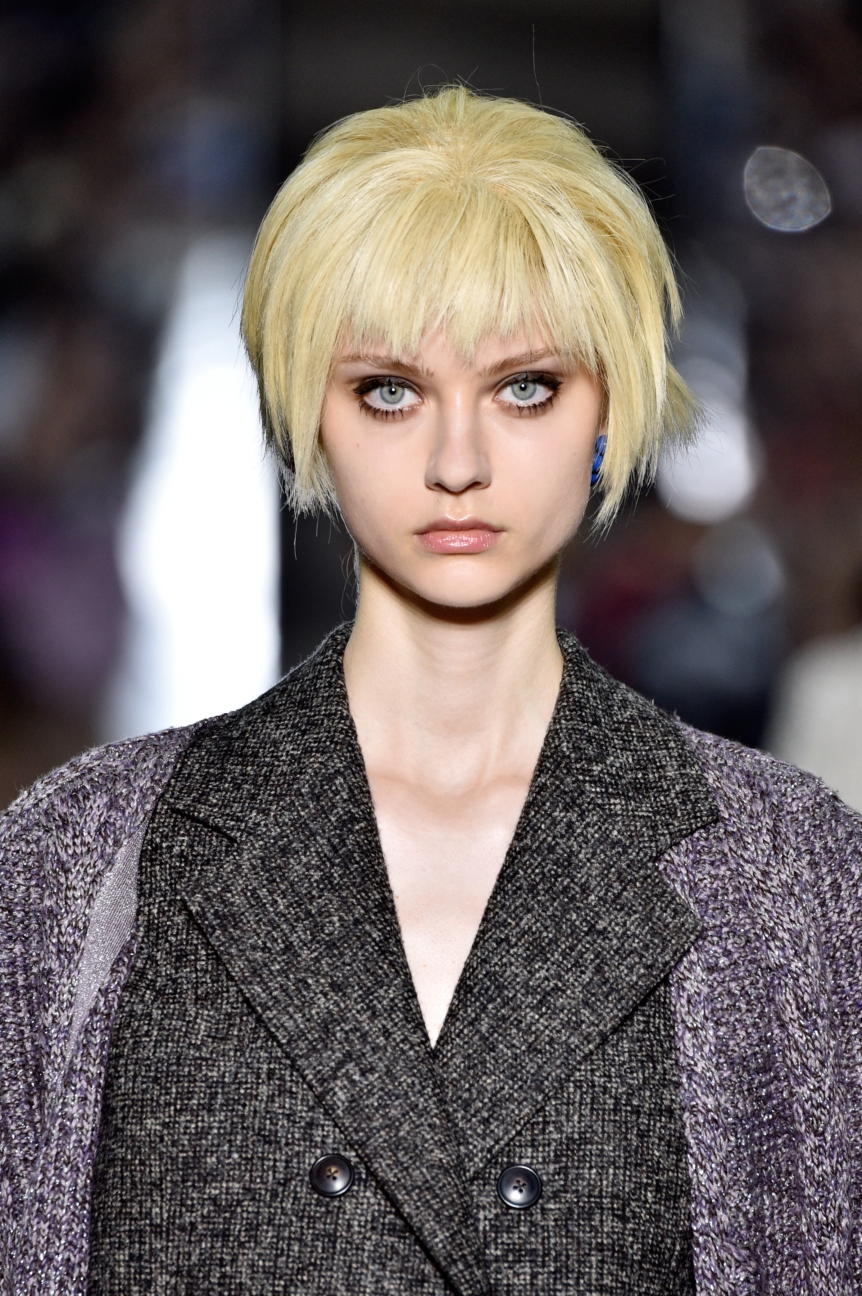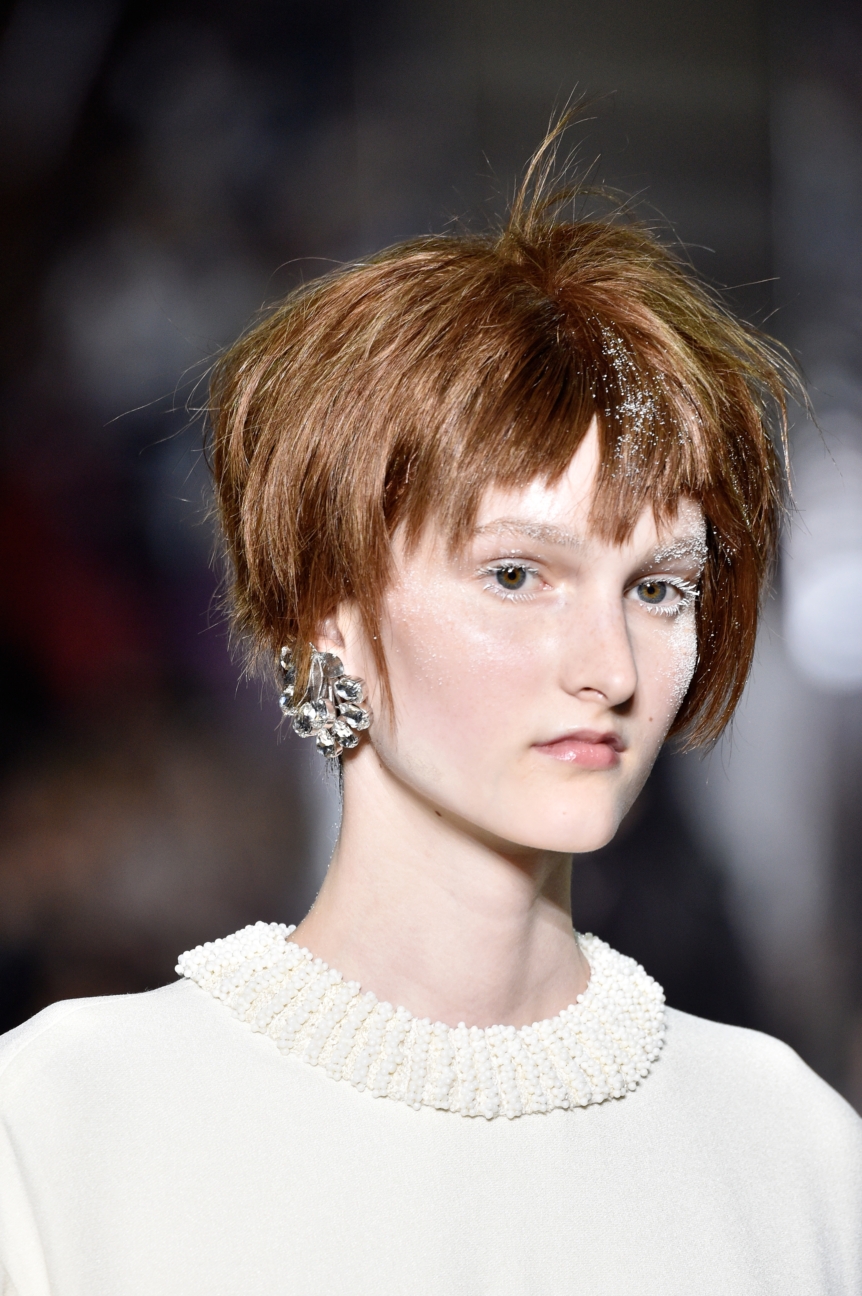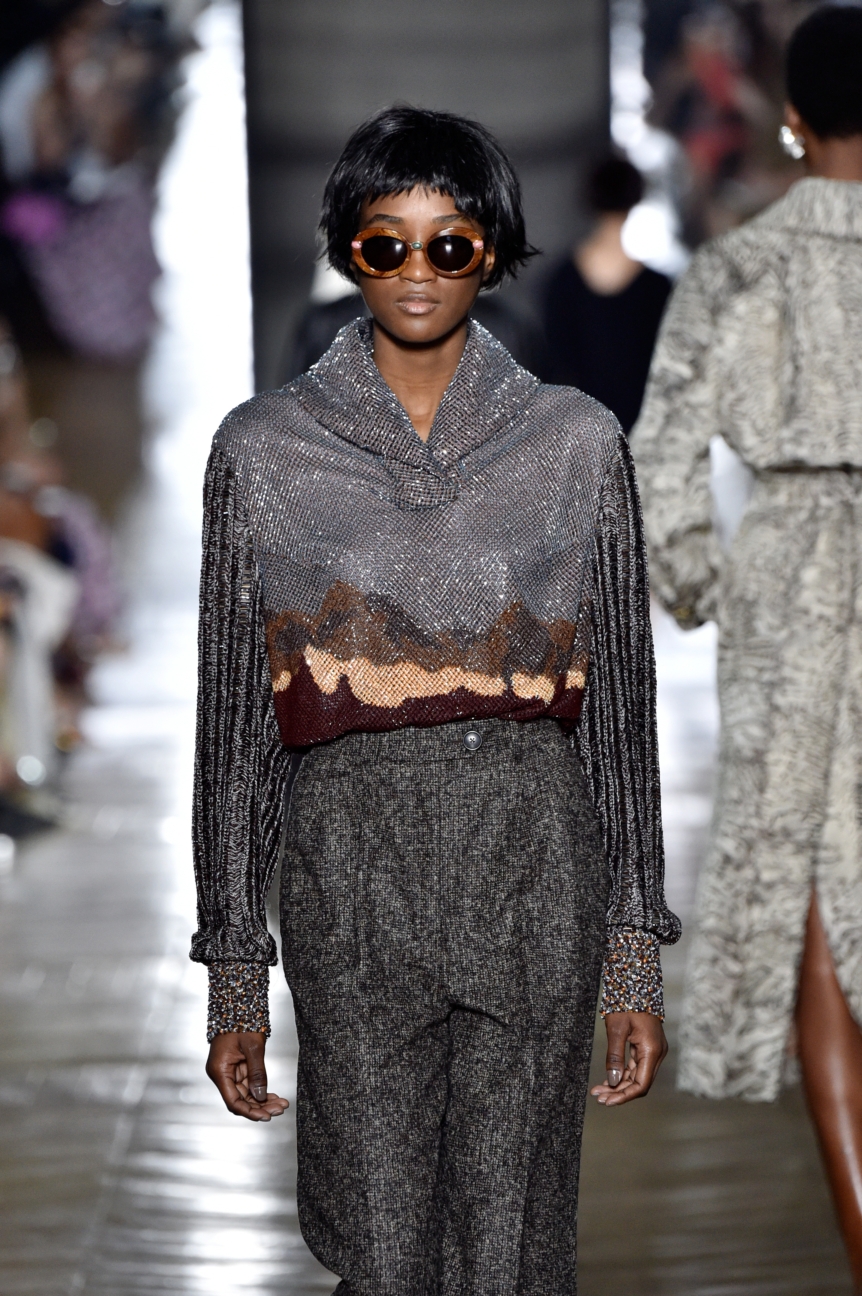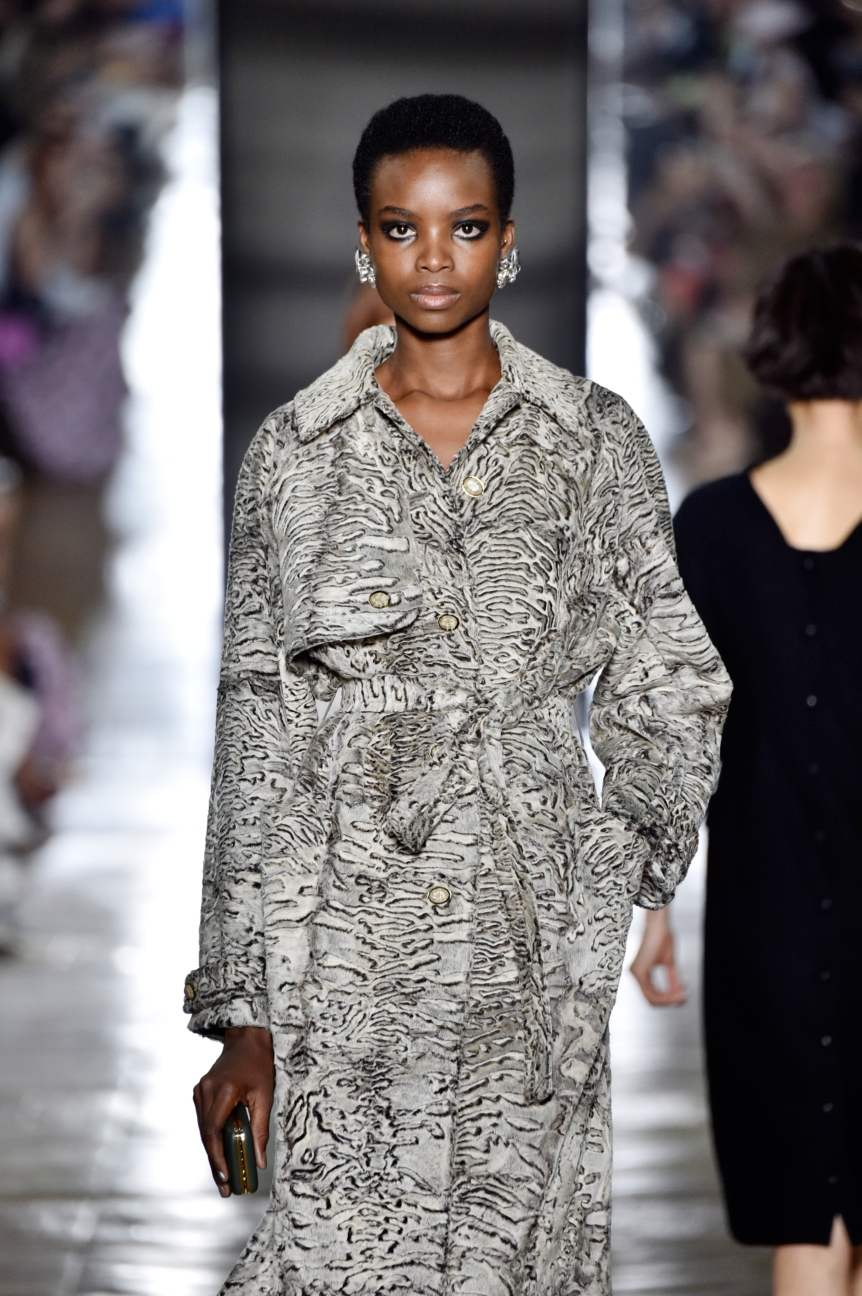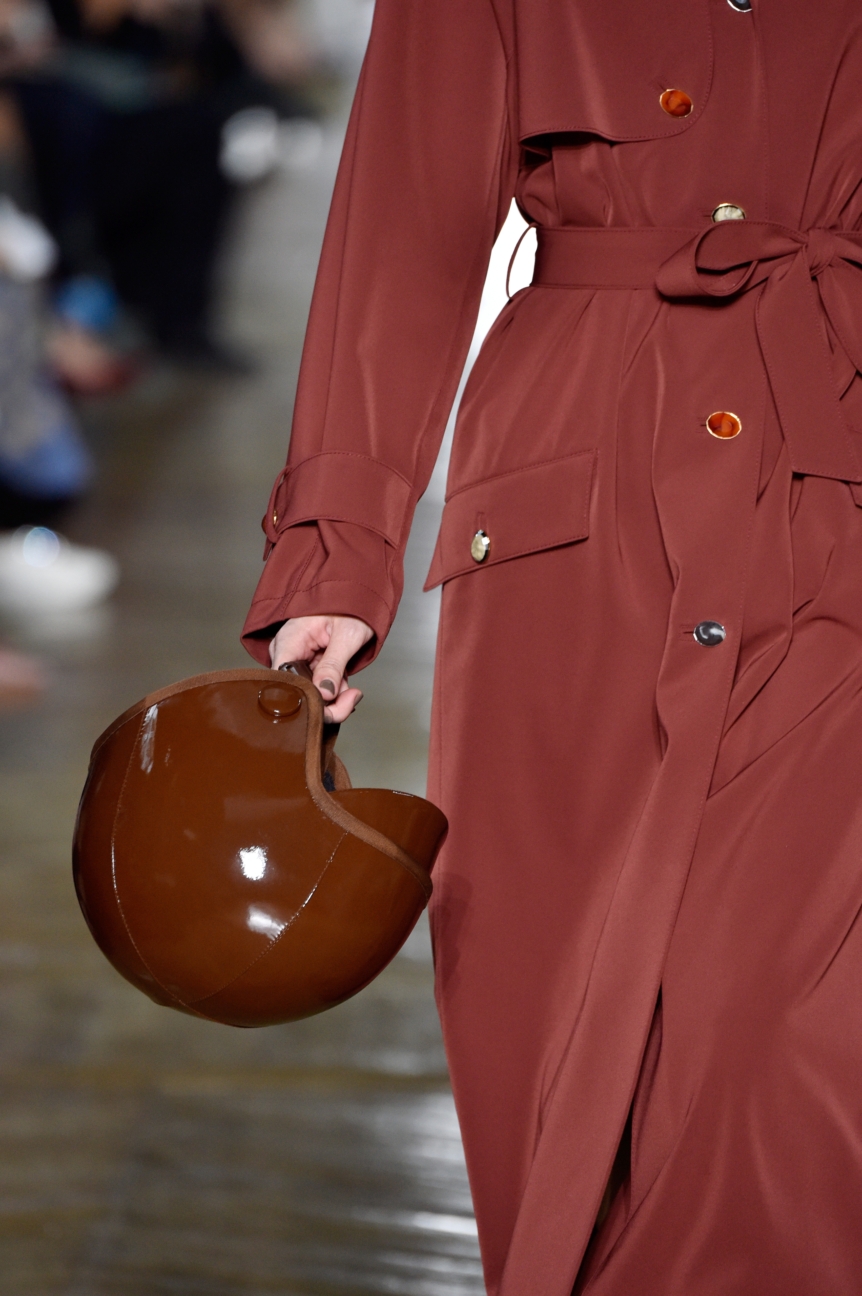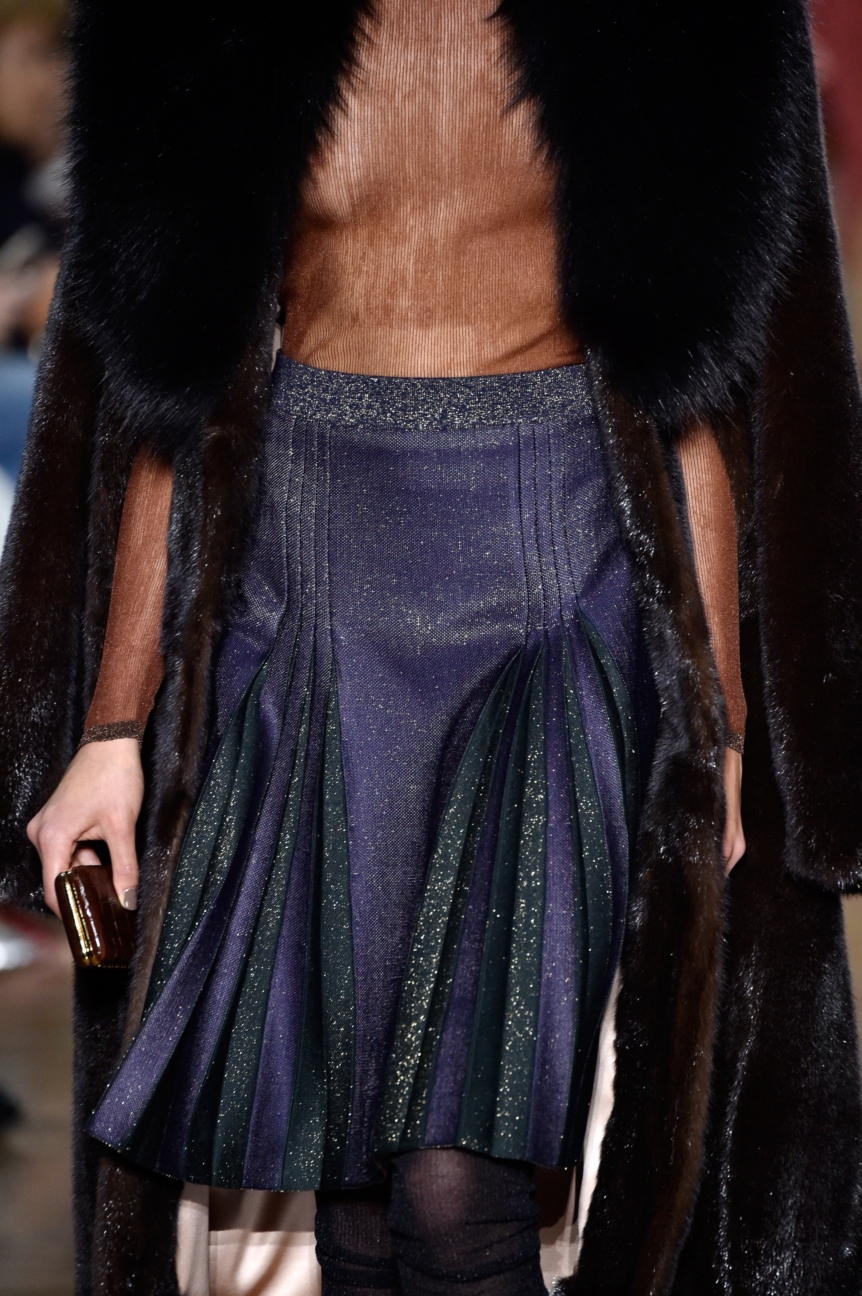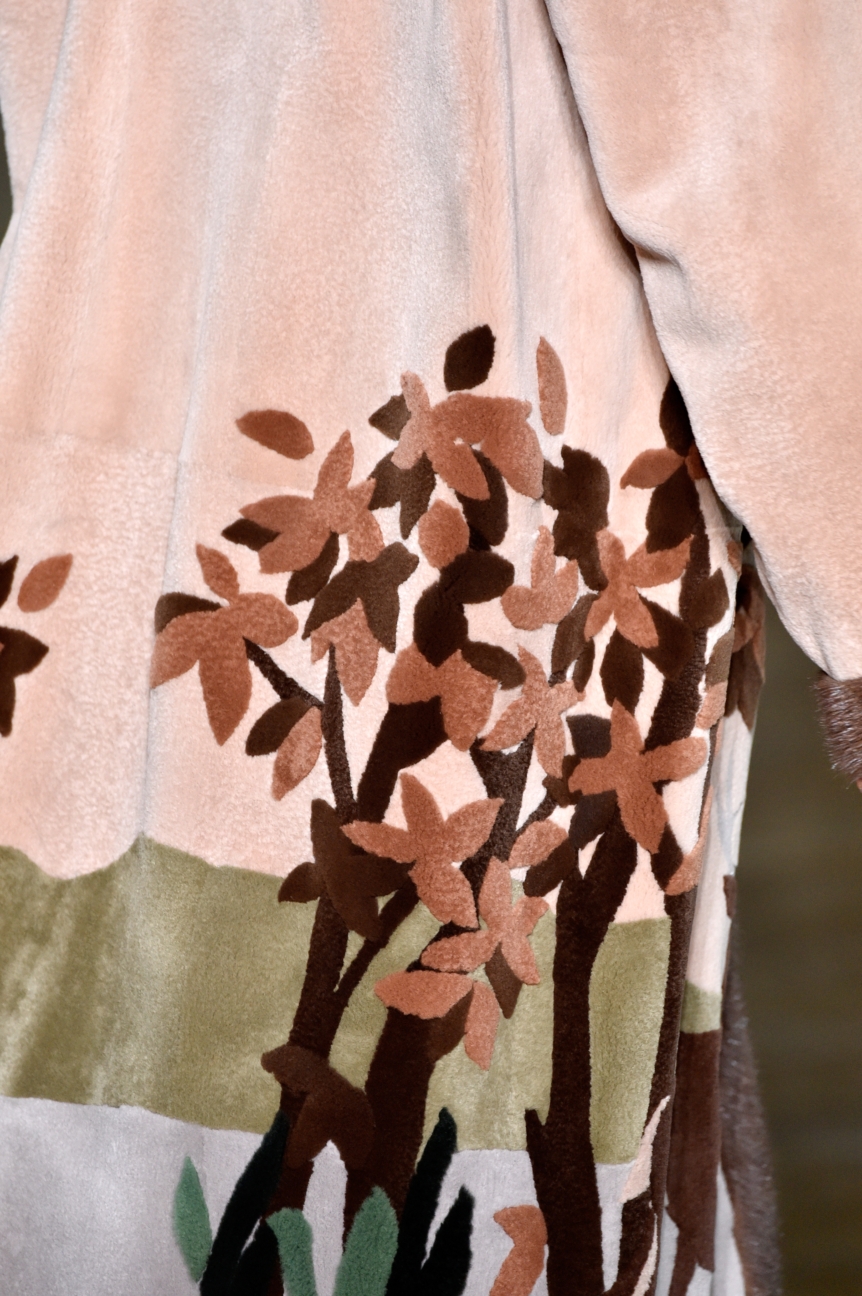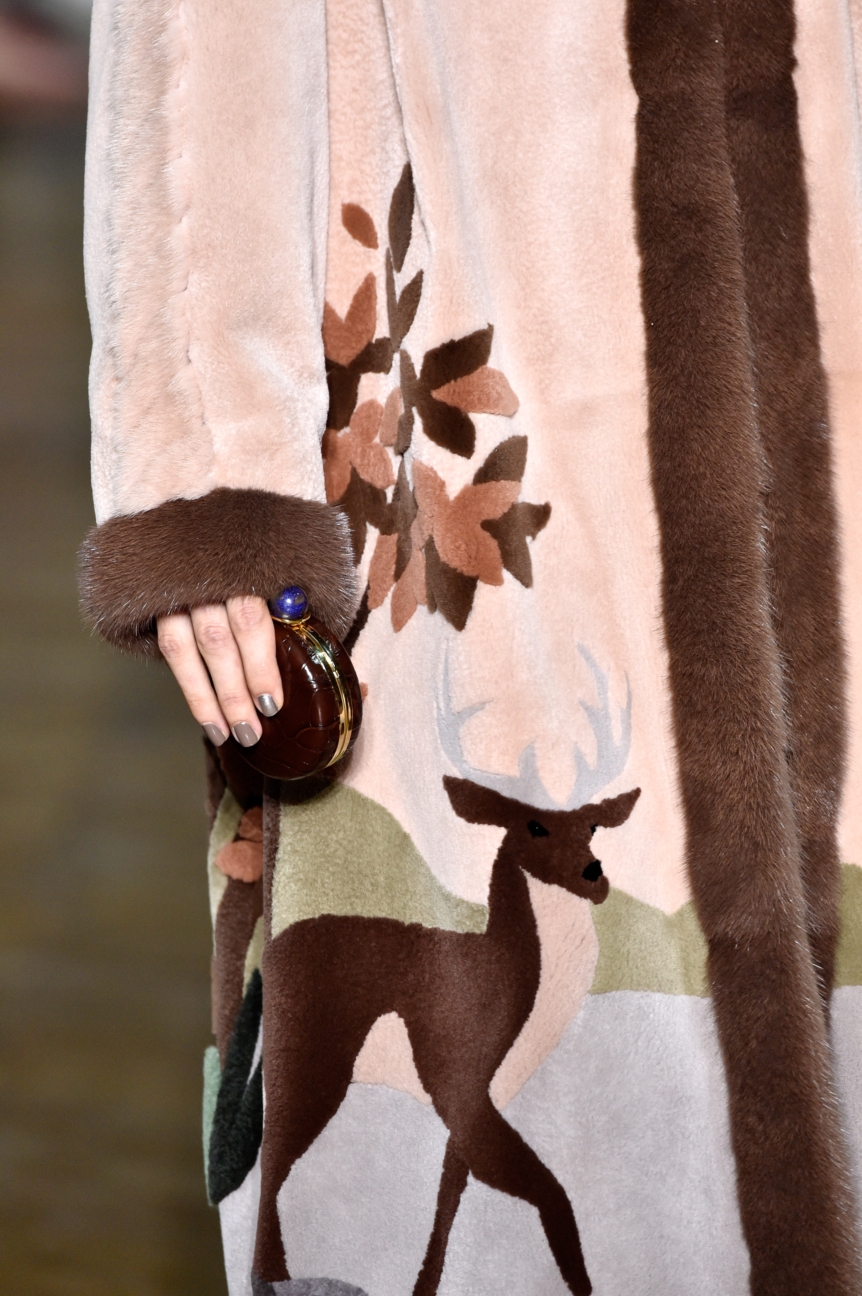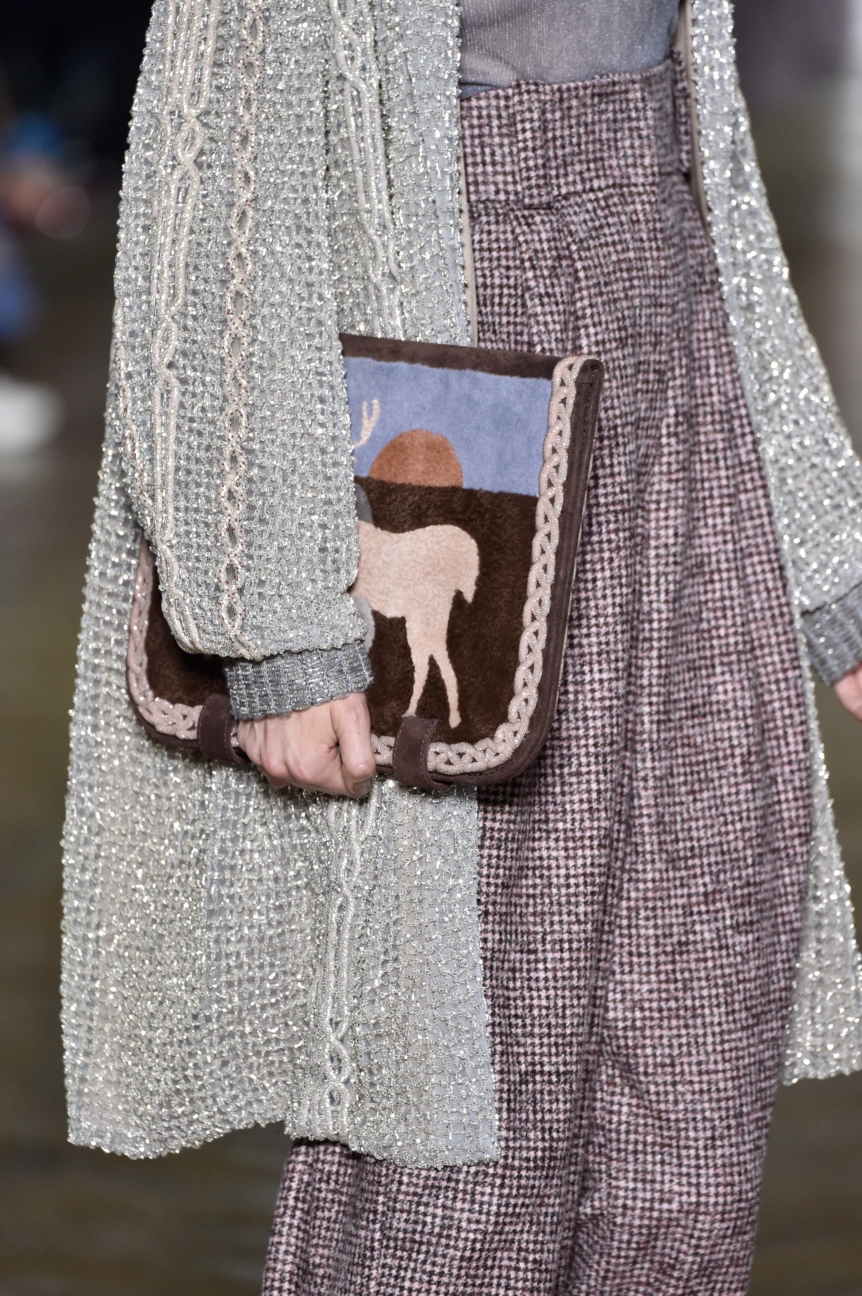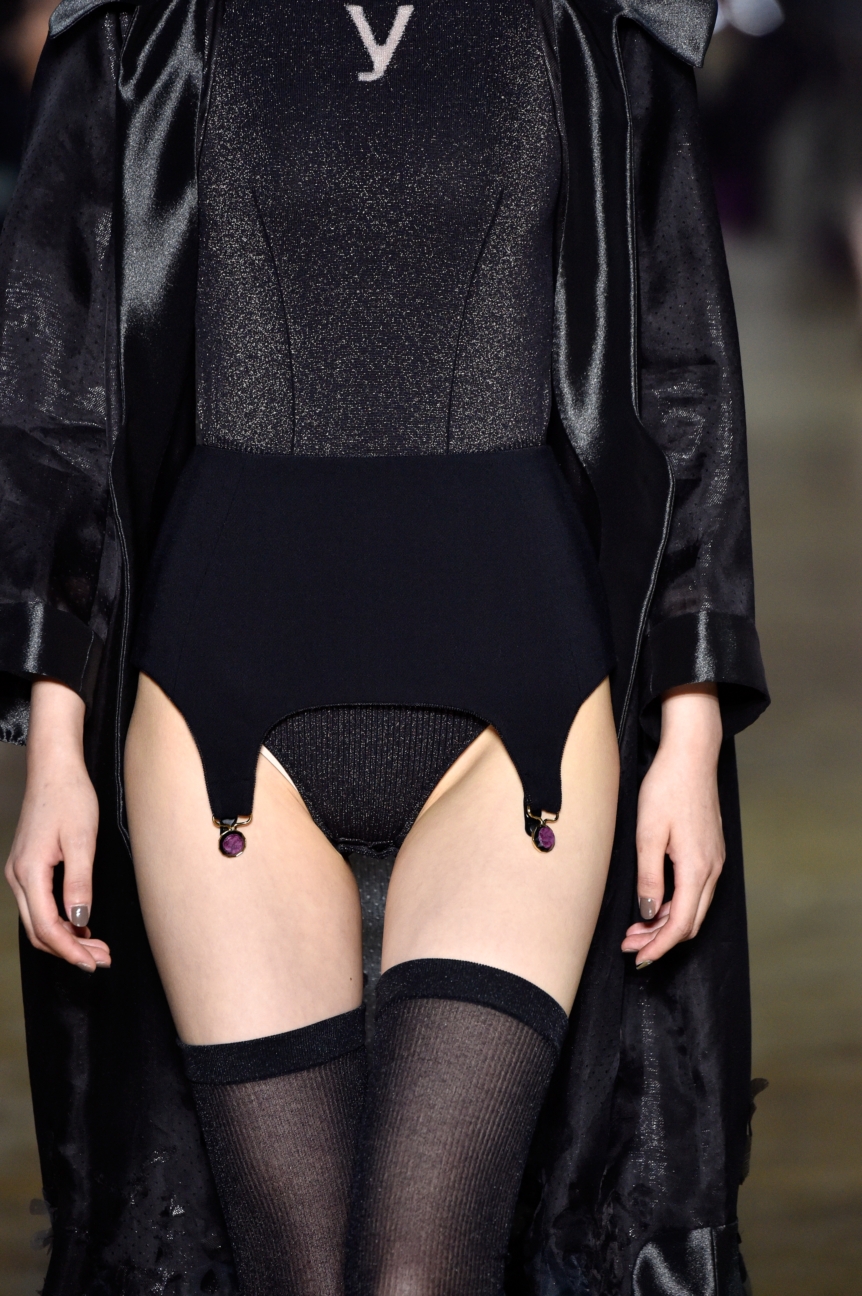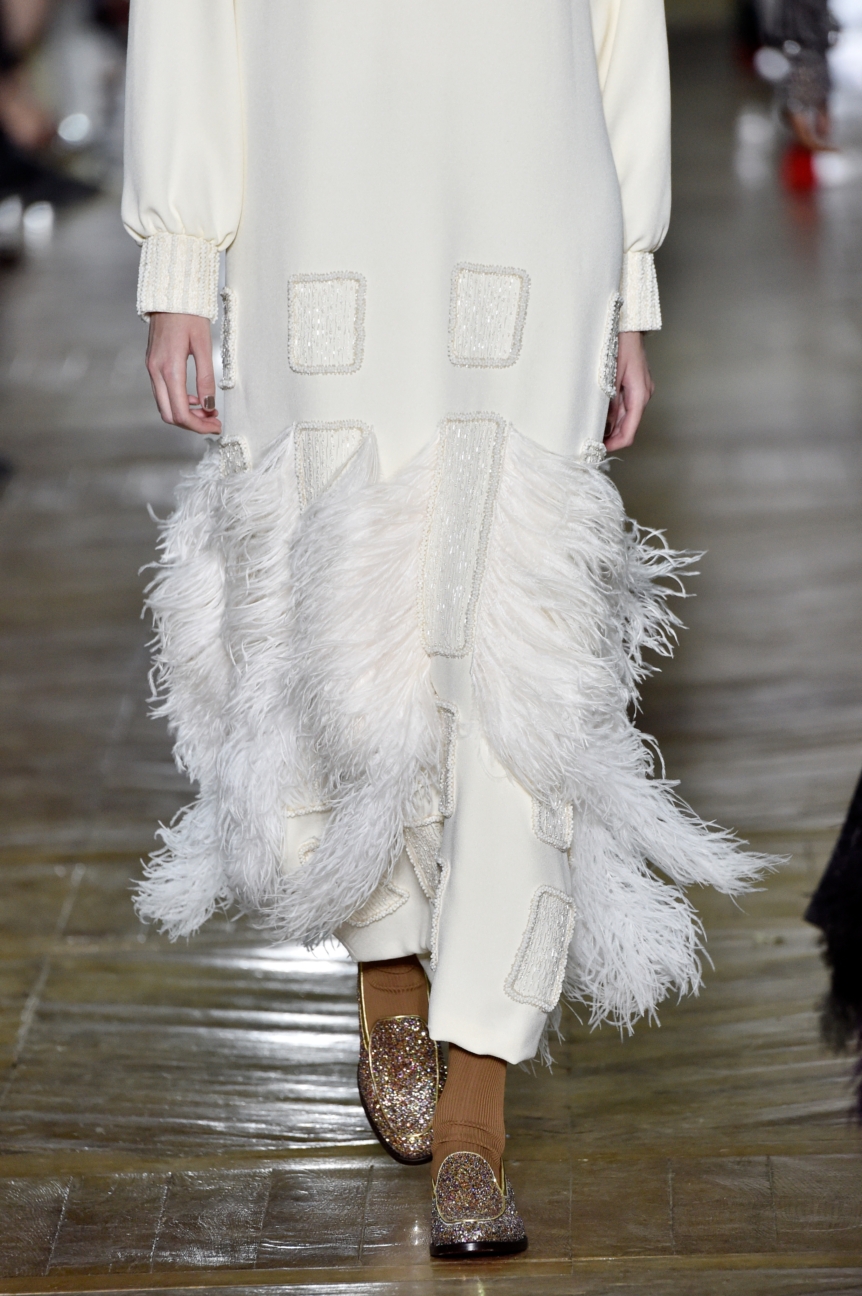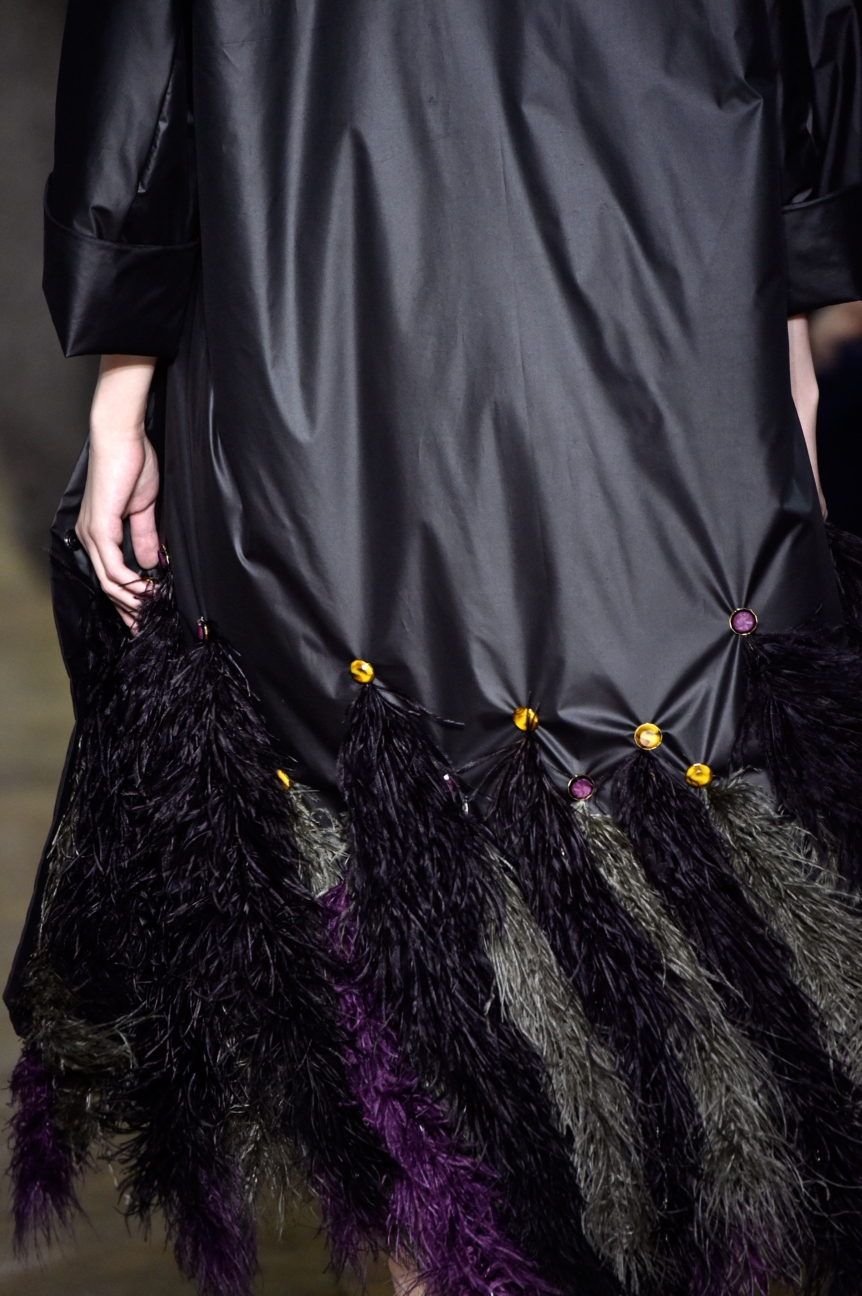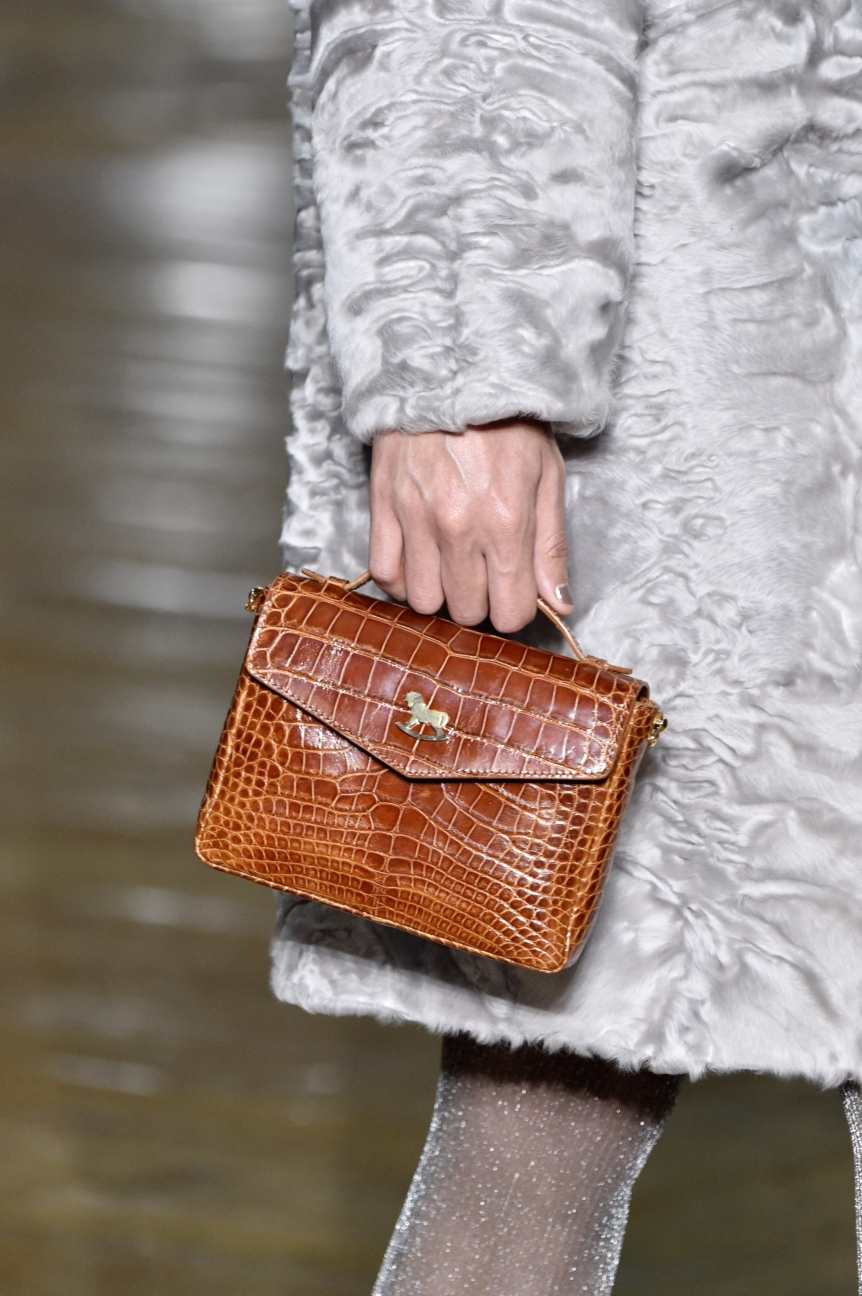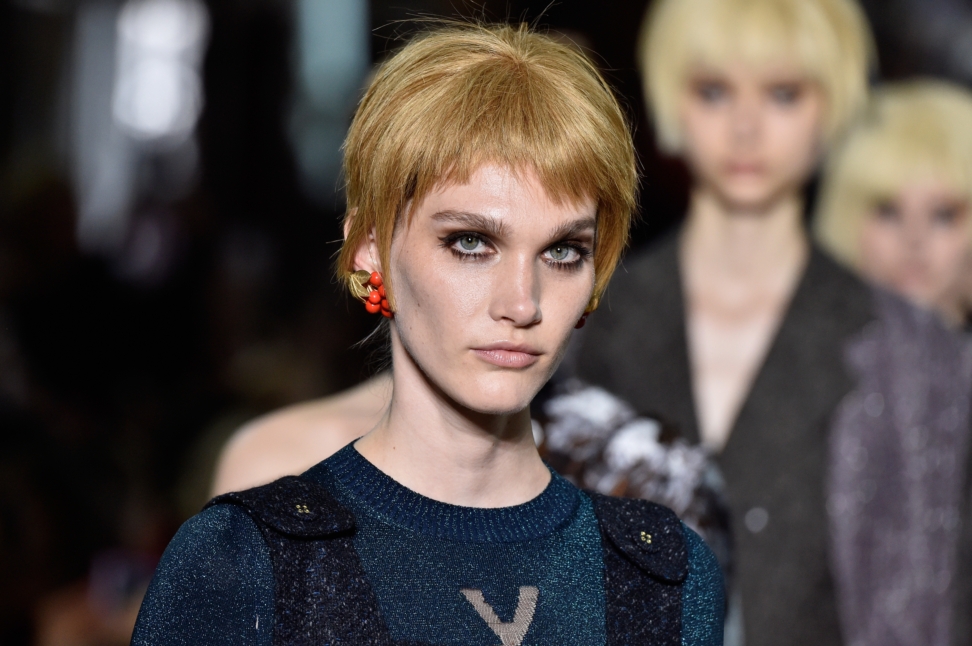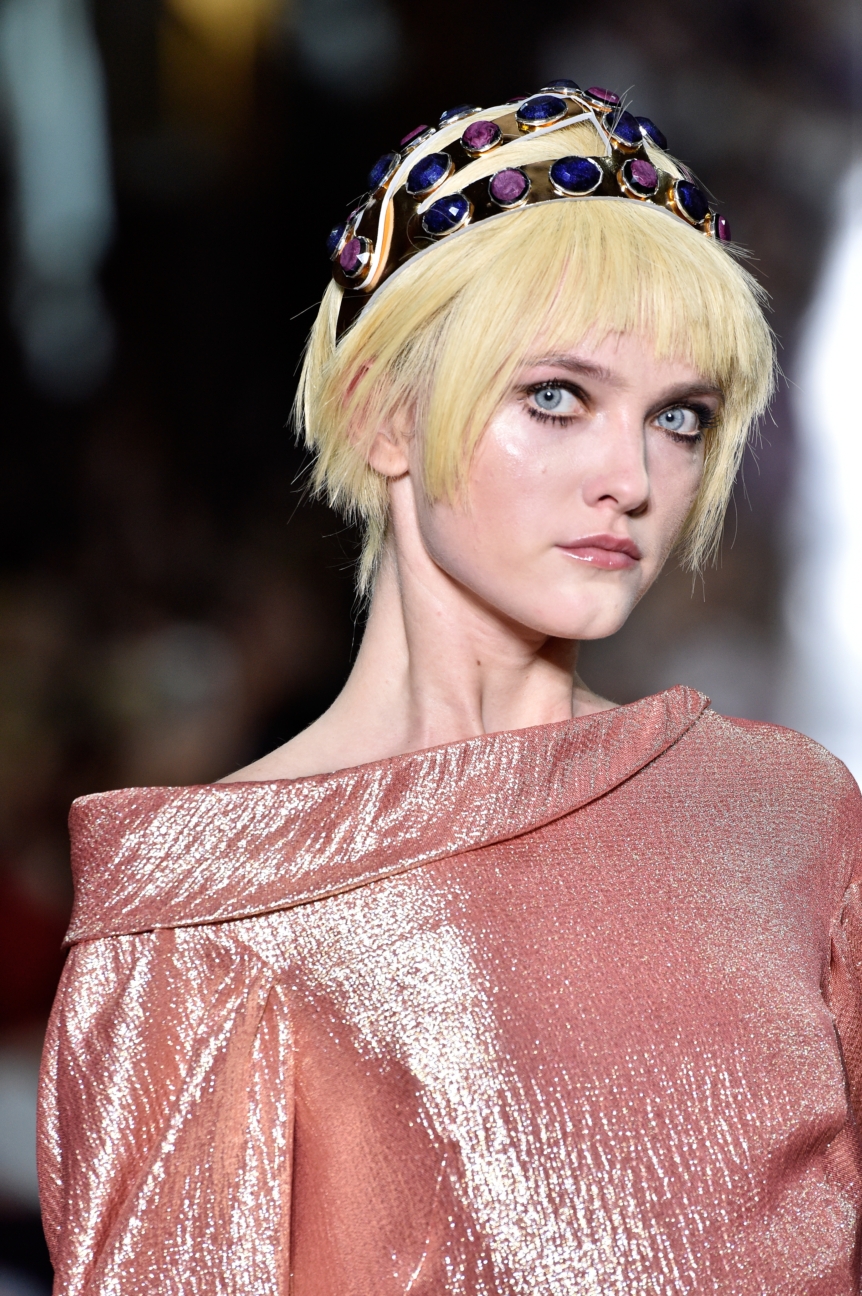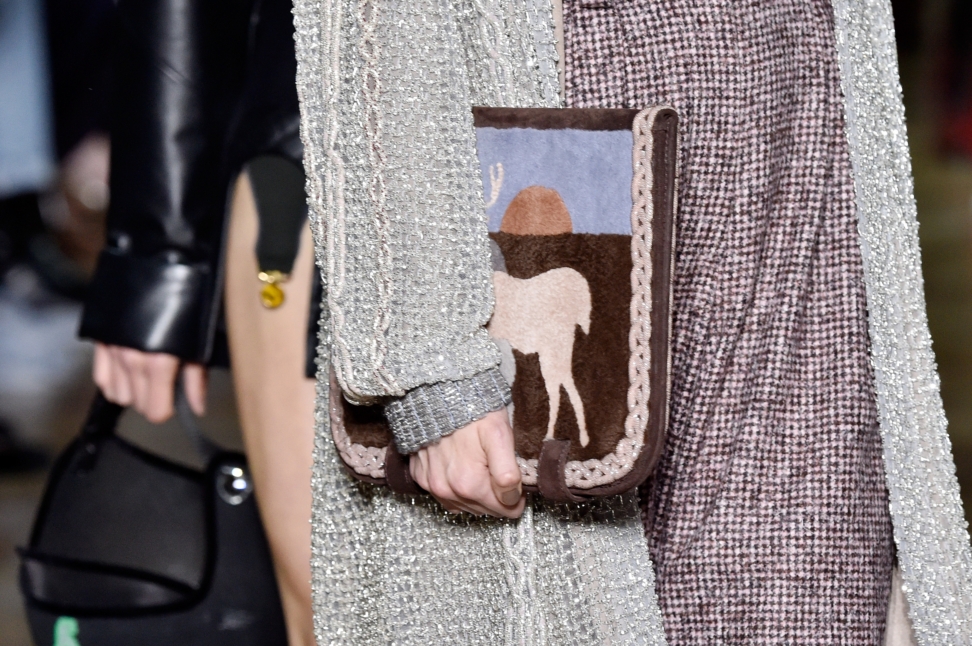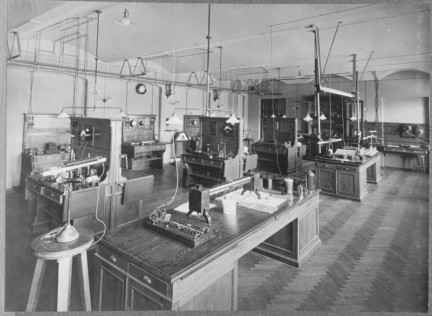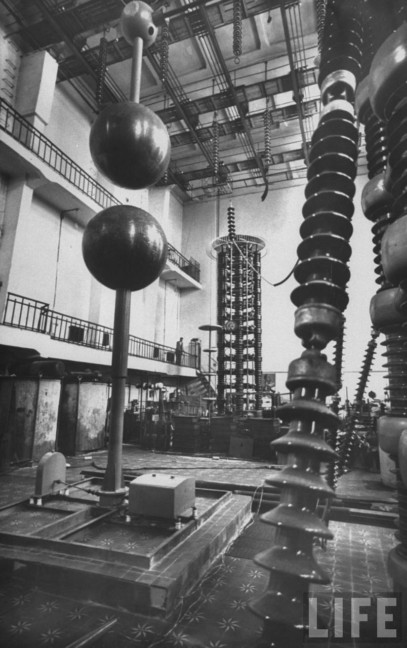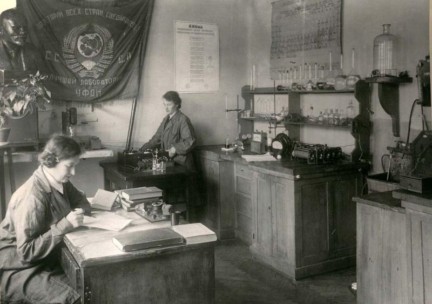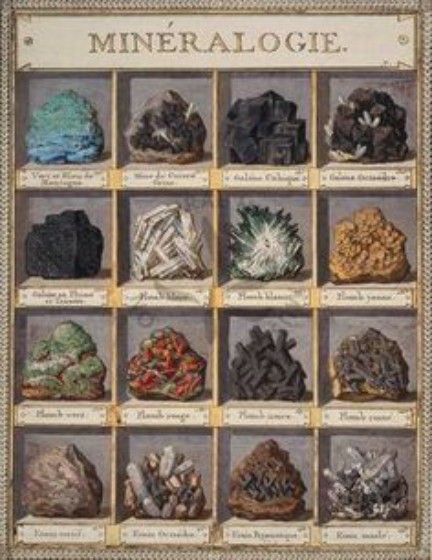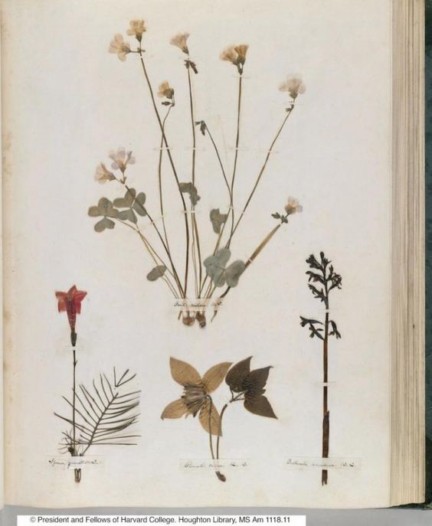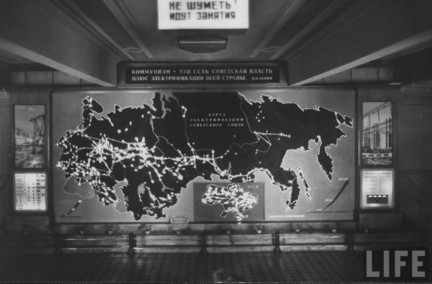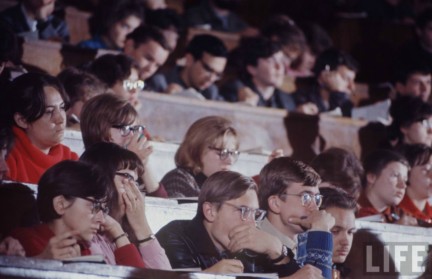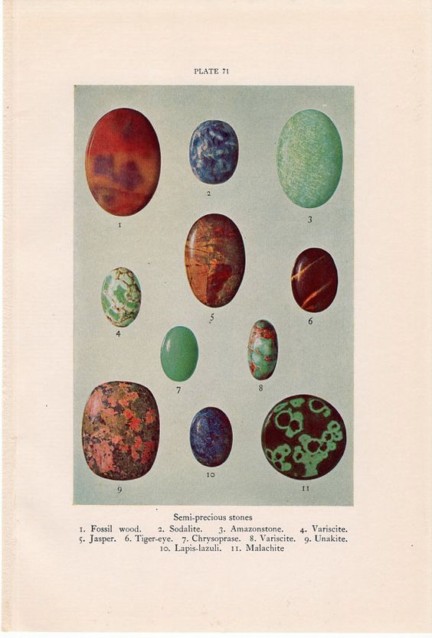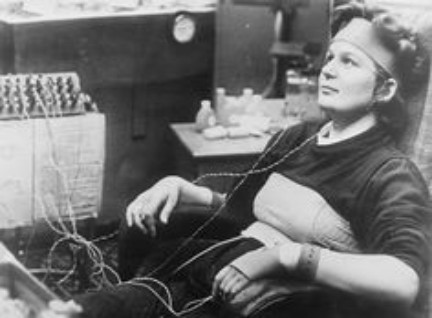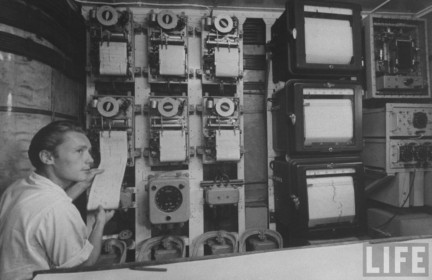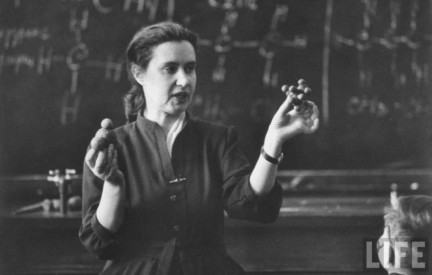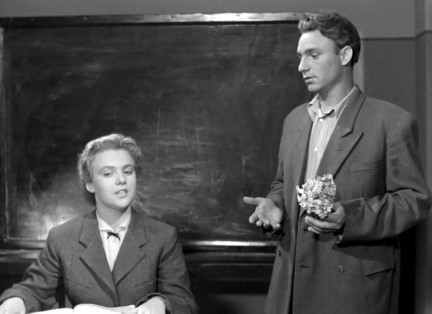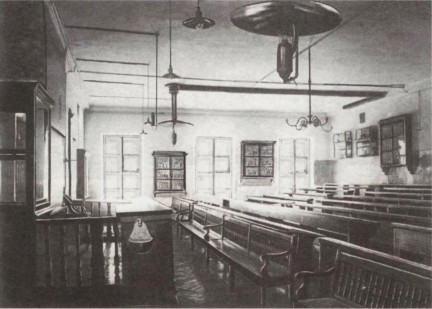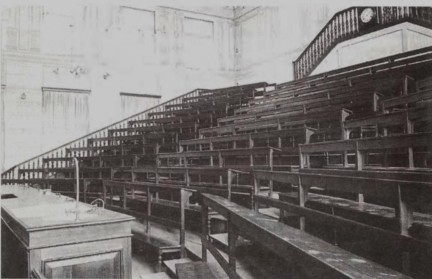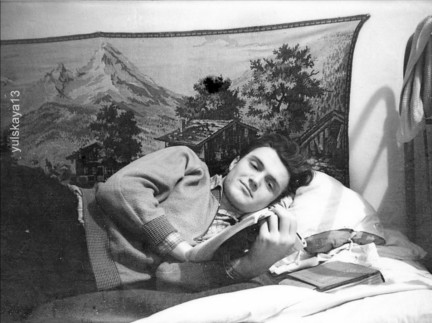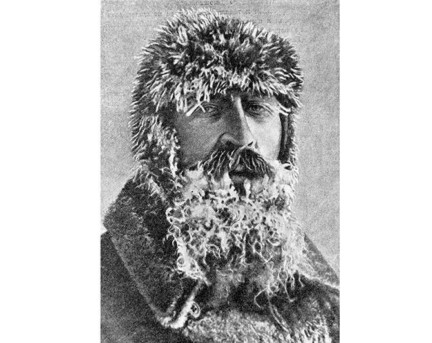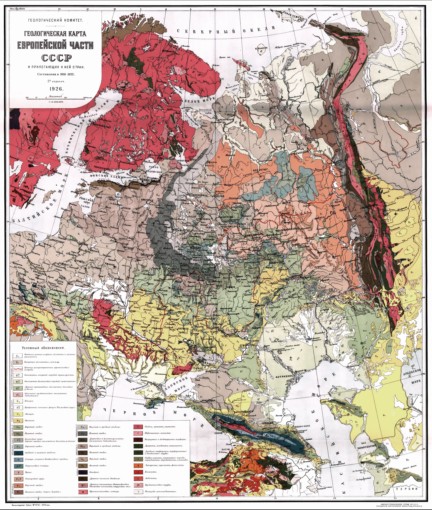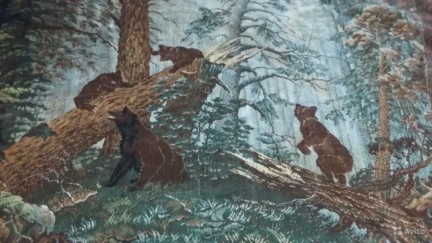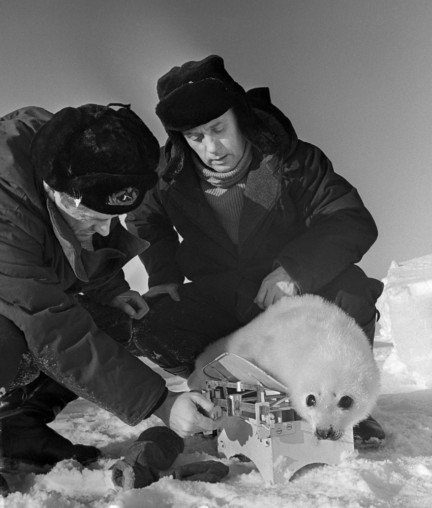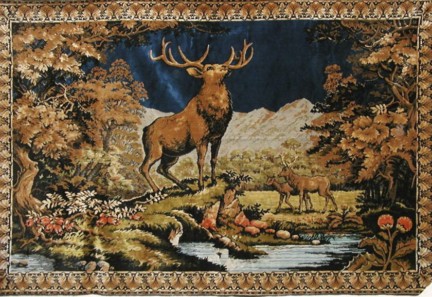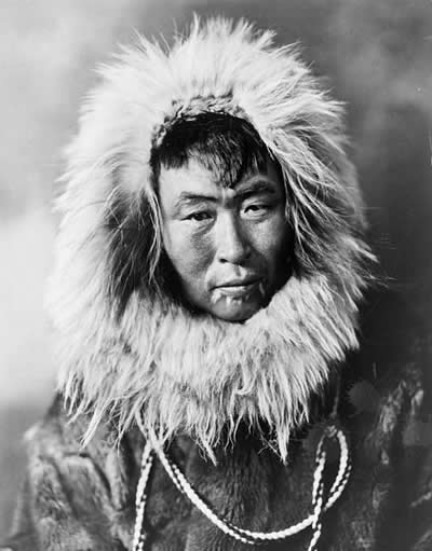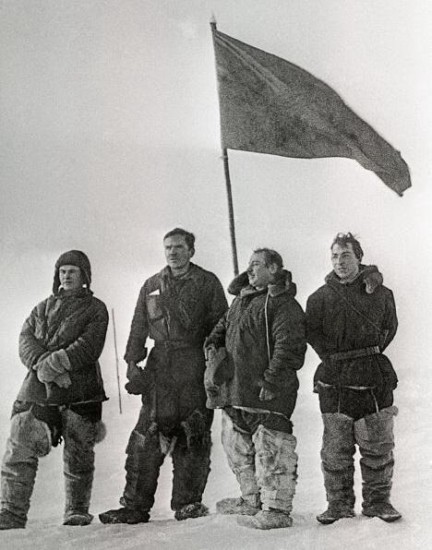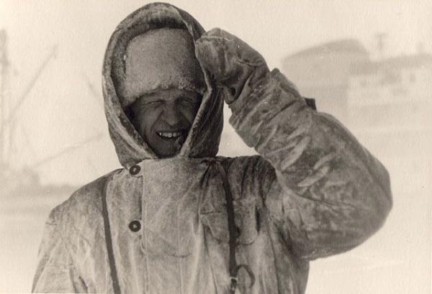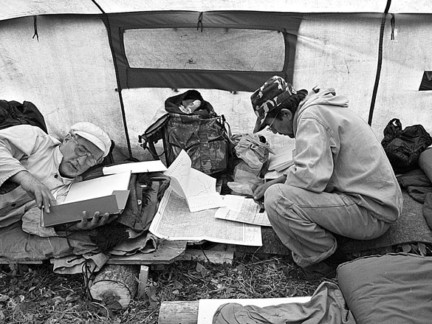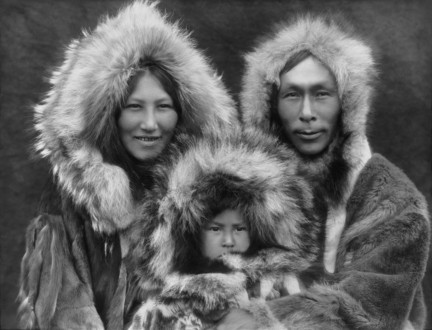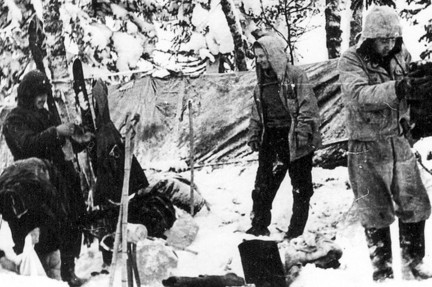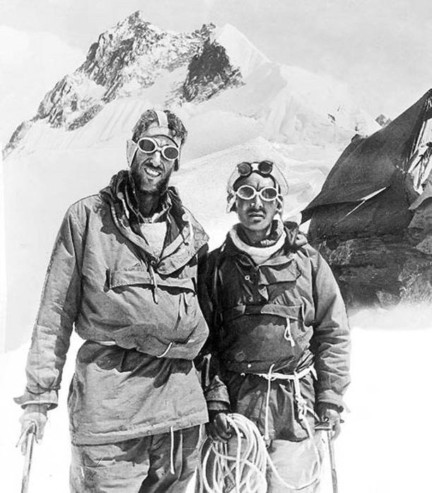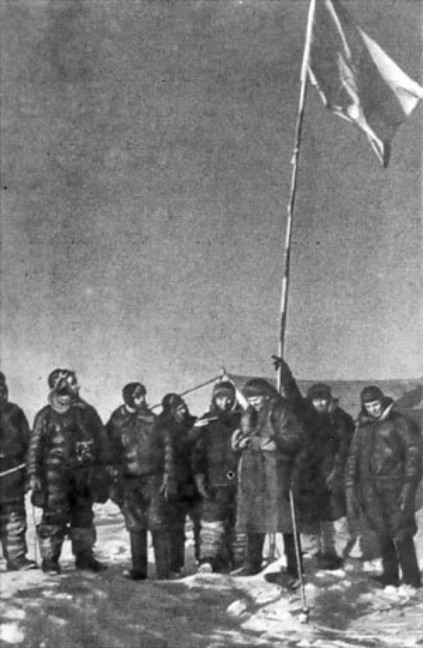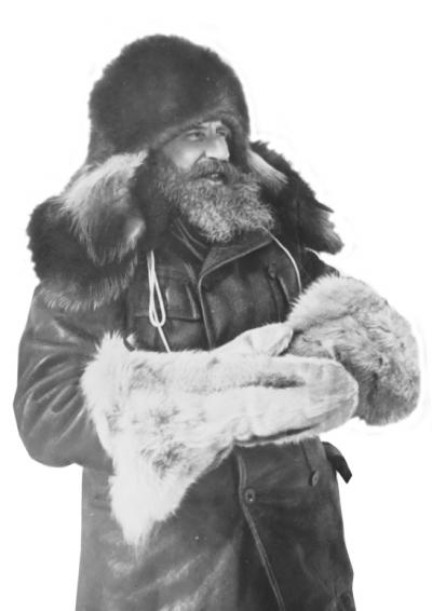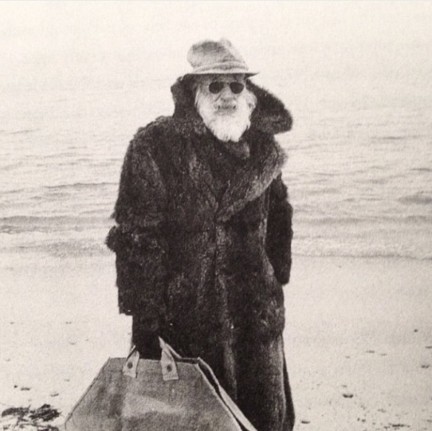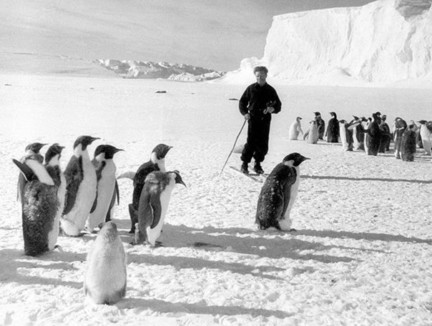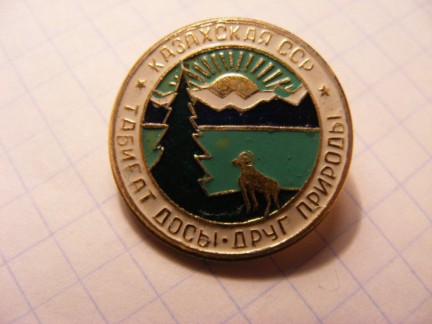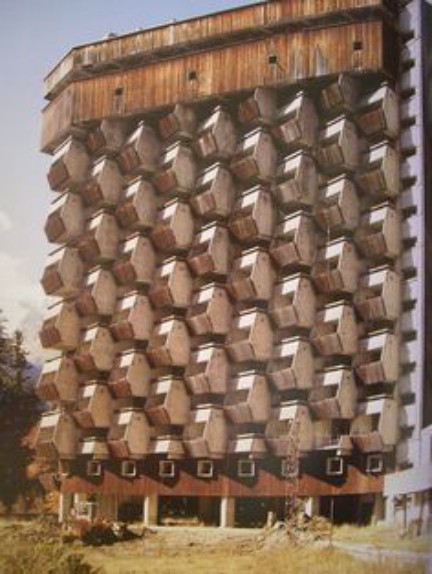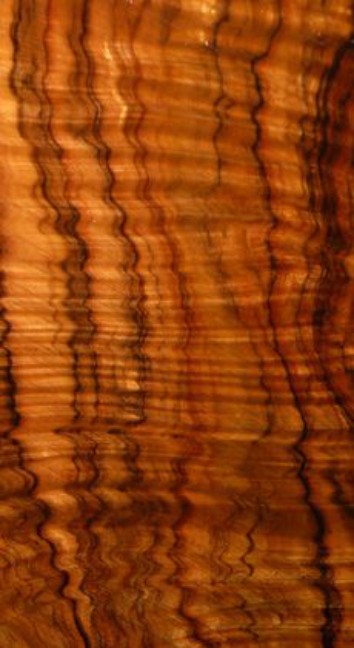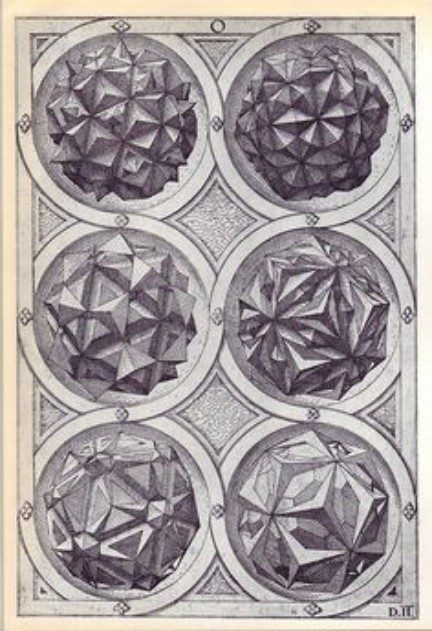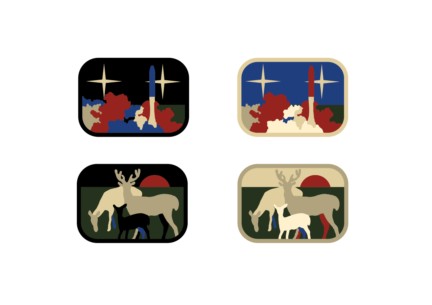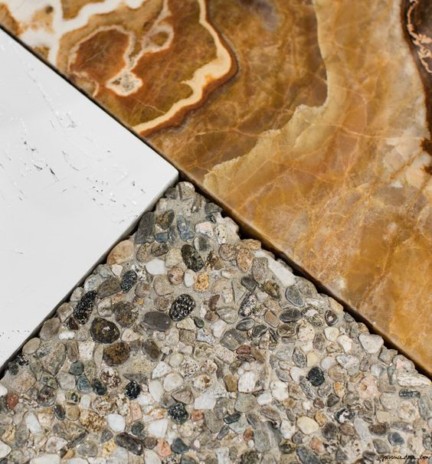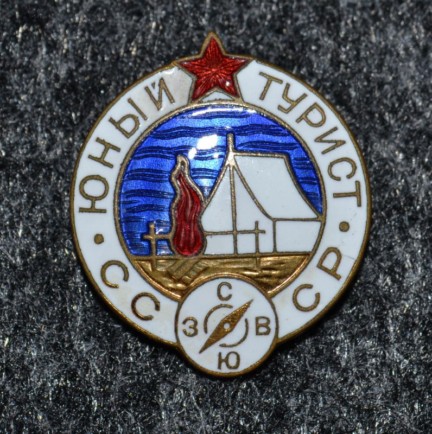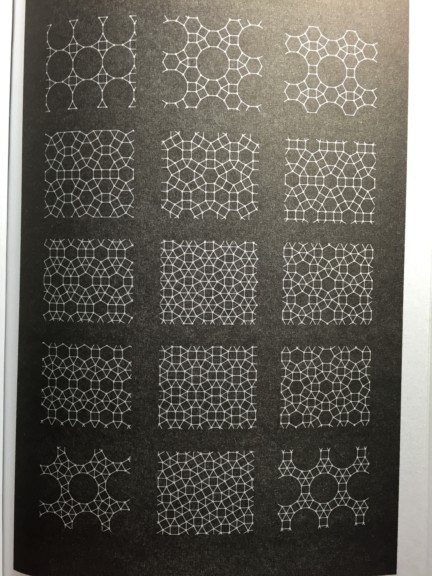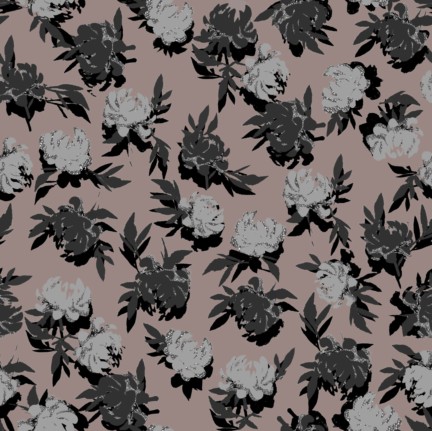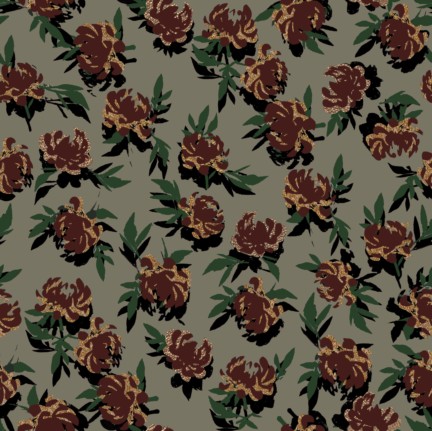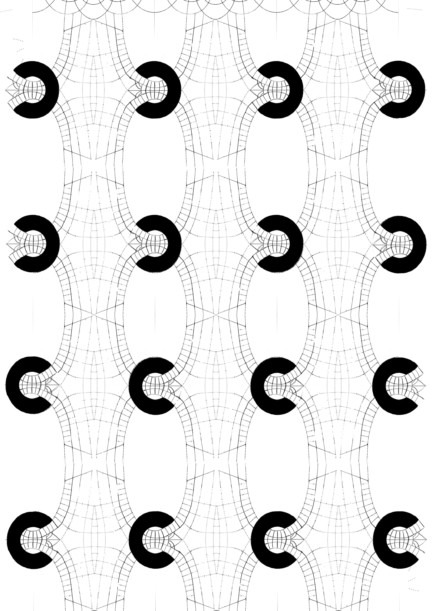ULYANA SERGEENKO AW 16 BACKSTAGE WITH YANA DAVYDOVA
ULYANA SERGEENKO – RUNWAY – AW 16
ULYANA SERGEENKO – RUNWAY – AW 16
ULYANA SERGEENKO MOODBOARD FOR HAUTE COUTURE AW 16/17 COLLECTION
ULYANA SERGEENKO AW 16 COLLECTION – PRESS RELEASE
The Ulyana Sergeenko Fall-Winter 2016/2017 Couture collection honours the youth of one of the most productive Soviet generations. They belonged to a generation of the Soviet emotional and cultural rise of the 1950′s and ’60′s. They embraced a new wave of Soviet development – the Khruschev’s Thaw. The Thaw which started with an expose of Stalin’s cult of personality, was promising the individual freedom and a better standard of living. A new era of Soviet ideology had begun. The new generation began to dream about a bright future: every young man wanted to study, to begin a career, which would benefit both the country as a whole and himself; the youth actively participated in social life – young people participated in athletic parades, and often went to participate in collective agricultural events. The new collection of Ulyana Sergeenko is dedicated to this period of hope about a bright future, dreams and youth.
ULYANA SERGEENKO – DETAIL – AW 16
’60′s in the USSR: “Sixtiers” – was how the youth generation of the 1960′s was referred to in the USSR. The announcement of the Thaw identified a new direction for political reforms and reassured people’s hopes and dreams about a bright future. The period was remembered as “socialism with a human face”: people began to believe that it was possible to combine communism and individualism, common good and private good. The 1960′s were a unique time period when people believed in this unity as never before.
An ideal Soviet citizen was smart, fun, and hard working. In reality, a party member and a peasant could not be the perfect Soviet citizen, only intelligentsia, scientists, engineers, and artists could be. The ideal person of the 1960s worked in a lab, played guitar, was a frequenter of “Taganka Theatre” and “Sovremennik” theater in Moscow, went skiing, and read Voznesensky’s and Evtushenko’s poems in the kitchen at night.
This period brought urbanisation and industrialisation. People were motivated to explore. They began to hike and go on expeditions. Everyone went backpacking regardless of his or her profession or age. Everyone in the Country went hiking – you could see someone with a backpack wearing snickers on every train and on every road.
Science & Technology: Science was especially important during the 1960′s. The legendary “Go!” which was signalled by the first man to go to space, was the symbol of human thought and possibility. Soviet space success became an inspiration for further scientific discoveries. Out of 19 Russian Nobel laureates, 10 received their nominations during 1956-65: two of them were writers, and the rest were scientists.
There are two looks by which Ulyana Sergeenko reflects her inspirations from science and the university life of the 1960′s in this collection. Many pieces have teacher-like brief cases, and glasses with thick wooden-looking plastic frames. The floral motifs which became prints of the collection were inspired by the Soviet biology and geography textbooks where there were always many sketches of plants.
Soviet sports: Sports were one of the main aspect of Soviet people’s lives. Physical education was important at home, at schools, and in playgrounds. Every Soviet house had an exercise machine “Gracyya”, a couple of weights, and skis stored on the balcony. Playgrounds were always equipped for exercising, and soccer fields were used as ice hockey rinks during winters, where youth played hockey and ice-skated. Soviet parents participated in gymnastics, students went to sports parades, and pupils had to pass their PE exams. The cult of sports, widespread in the USSR, is reflected in Ulyana Sergeenko’s collection in body suits in blue, red, and green colours, decorated with the letter “U” – the first letter of her team. There are also hat pieces which resemble motorcycle helmets. Exclusively for Ulyana Sergeenko Couture the six hats were created by famous Stephen Jones Millinery bureau in England.
The Arctic expedition, North Pole: The Soviet Union encouraged the exploration of the North Pole. Scientific expeditions became widespread, many were looking for new locations of natural resources, and the rest studied the unknown nature of the region.
The Arctic plants from the science diaries became an inspiration for Ulyana Sergeenko, and one of the main prints in the collection. The theme is also reflected in knitwear, fur accessories, and winter scenery of the Arctic deserts. Coats made out of multi-colored furs were inspired by gobelin stich, which were an essential part of every Soviet home.
The theme of Arctic expedition also is reflected in the make up. The look of an explorer with snow queen eyelashes, ice-covered hair, and cold, red cheeks, was created by famous hairstylist Orlando Pitta and make-up by Val Garland and MAC make up artists.
Textiles: traditional for Ulyana Sergeenko Russian techniques – Yelets and Vologoda lace, golden shiny textile, knitwear, coloured furs, plastic, wood, marble, and precious stones.
Details: The traditional Yelets and Vologda laces become even bolder. The laces were created in geometric forms and shapes. The light-pink dress made out of lace is made out of numerous lace discs, beads and feather.
Colors: faded pink and blue, black, beige, crème, red, gold, elements of blue, white and bright pink.
Accessories
The theme of science is reflected in the accessories of the new collection: the metallic frame of the glasses is followedin the form of a molecule – where the decorative stones appeared as protons, neutrons and electrons.
The plastic frame of the second pair of glasses imitates the structure of wood and marble. The texture is inspired by spacious marble university hallways, and by the quiet scientific libraries with a never-ending amount of wooden shelves. The outfits of stereotypical scientists, teachers, and librarians are expressed through accessories: amongst them – the brief-cases, so popular at that time. The base made out of leather and basket like material supports the shape of this velvet briefcase. The bags are decorated with key-chains in the shape of balls, inside of which are roses and rocking horses. Their shape resembles the shape of a car-stick head, which would bring memories to anyone who used to own Volga and Moskvich cars. Other key-chains are in the shape of mini-bags made out of plastic; its material is wood and marble-like. The mini-bag key-chains have little pockets and mirrors inside. This season Ulyana Sergeenko recreated one more of her childhood memories, which included a handbag, just as the one her beloved grandmother used to have. The leather handbag has a rocking horse – the symbol of the brand – on it. Another nostalgic piece is a Tula gingerbread bag, which followed the shape of a national delight. The shape of this Ulyana Sergeenko clutch is reminiscent of the Tula gingerbread ornament.
Memories add another accessory – the fleece lined tights from childhood, which always used to disrupt children’s active games. The belts on these tights are made out of leather and plastic, decorated with crystals and semi-precious stones.
This season Ulyana Sergeenko partners for the third time with Christian Louboutin, the shoe designer. Exclusively for the collection of the season the French design bureau created shoes, which continued the nostalgic motif and the theme of the collection – lacquer loafers remind us of those shoes, which our mums used to wear, a comfortable and practical design on a small wide heel, and there is a version for special occasions decorated with sparkles. The special occasion edition also features a high heel available in both lacquer and velvet.




